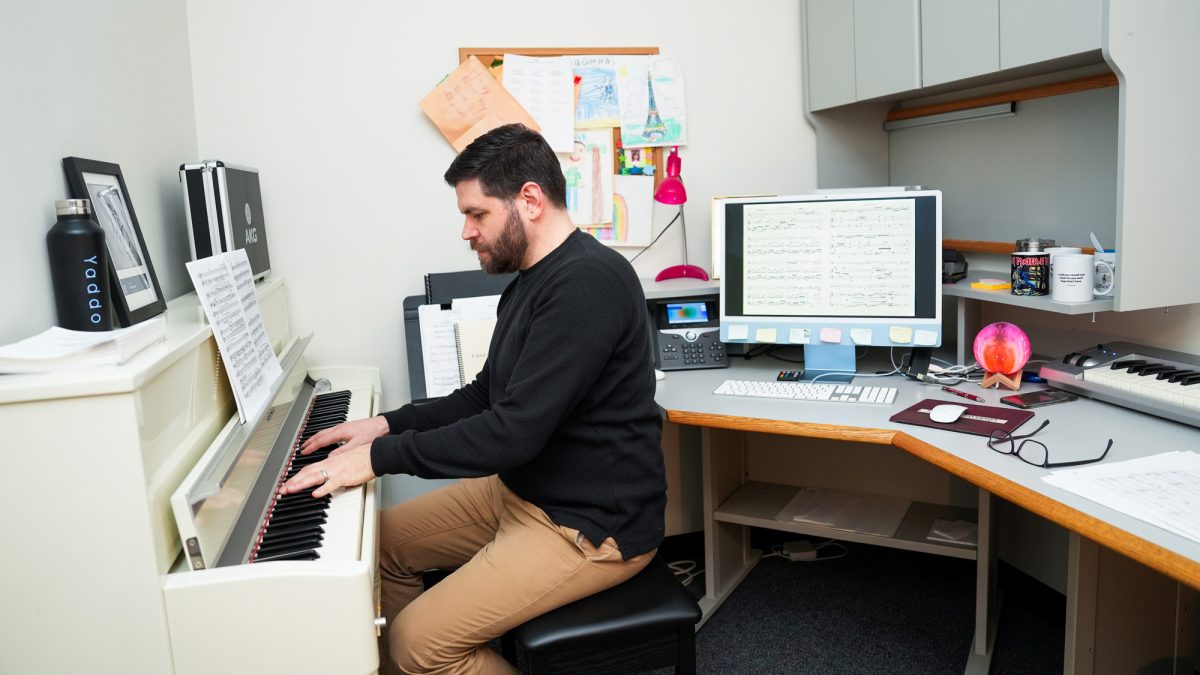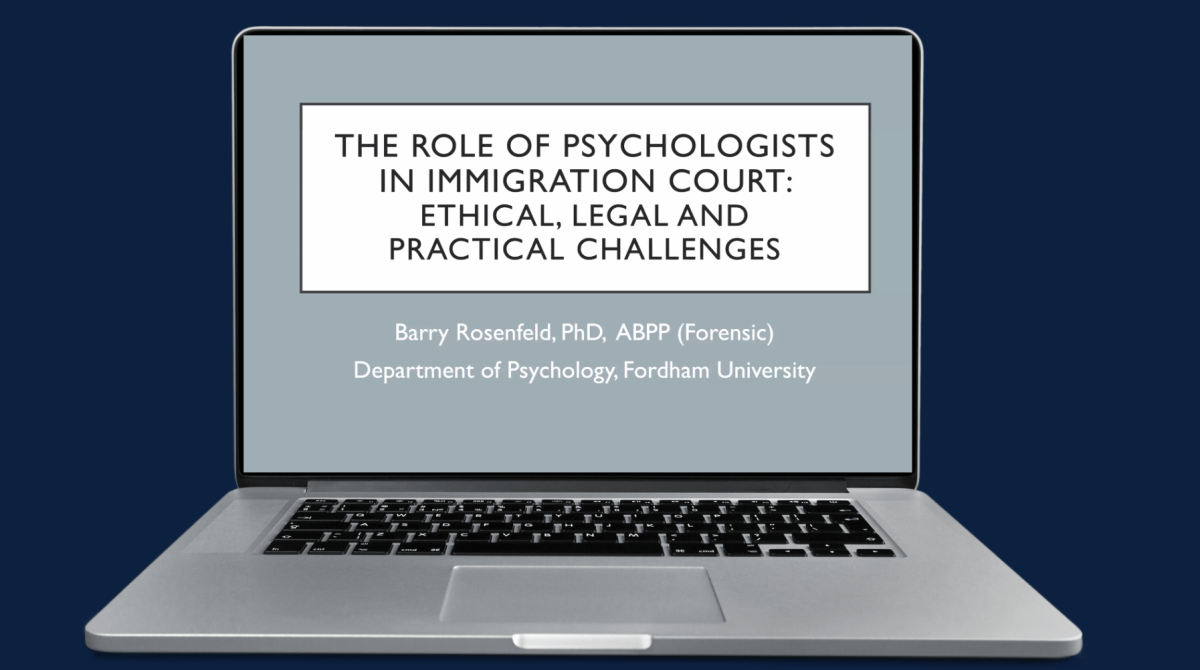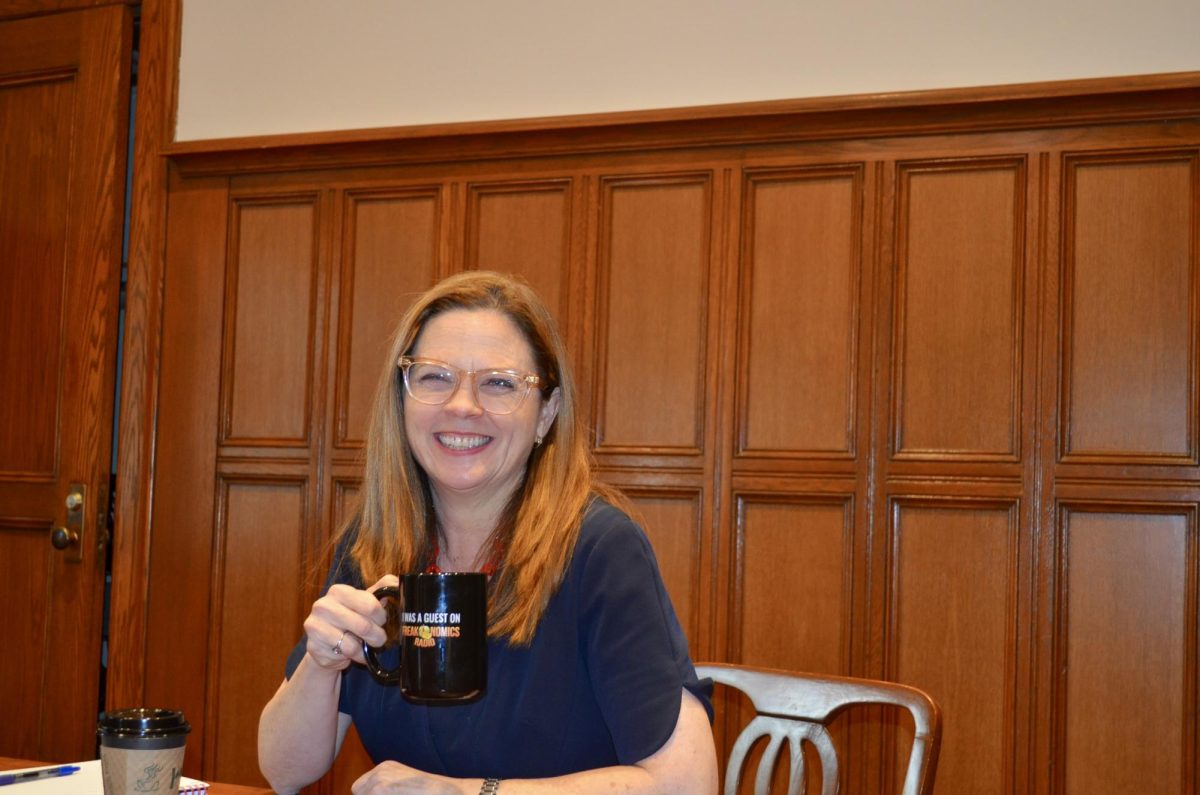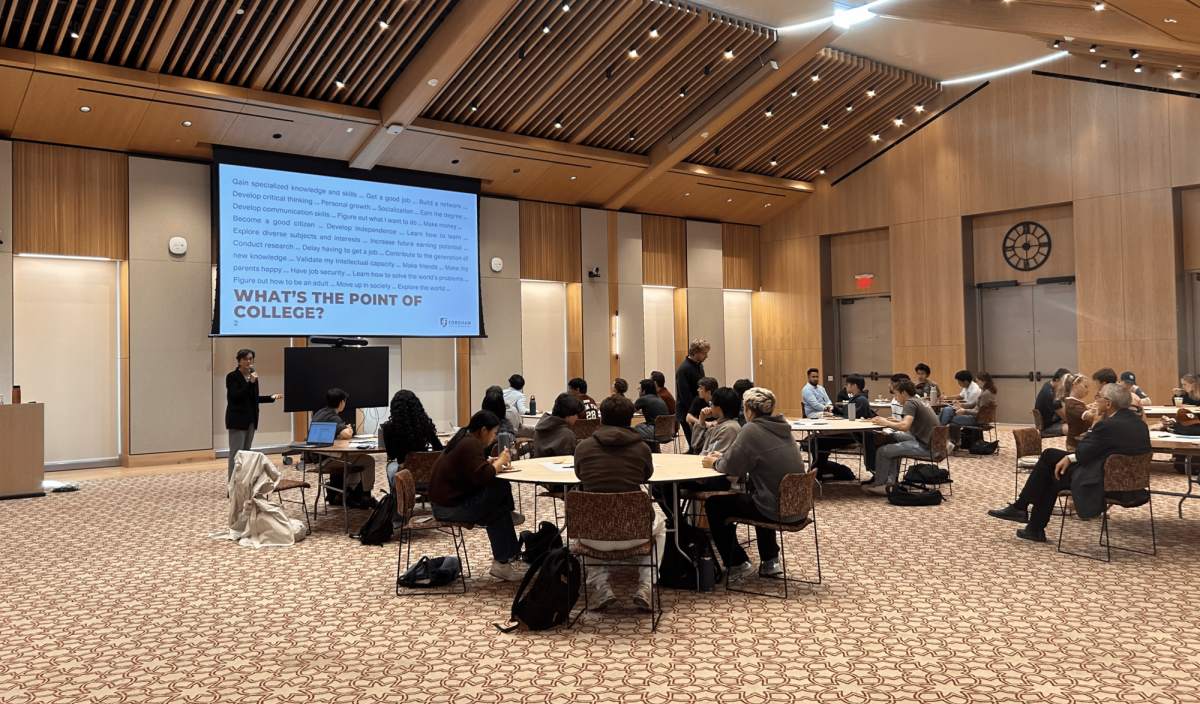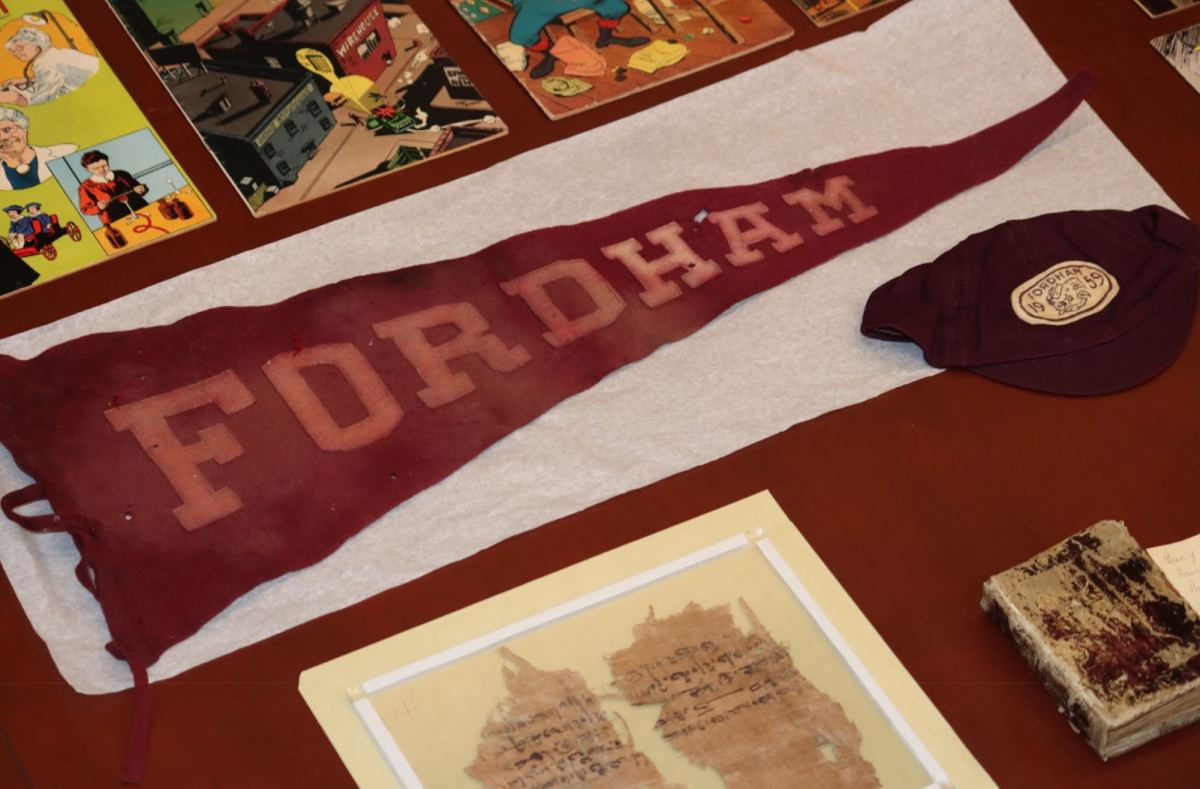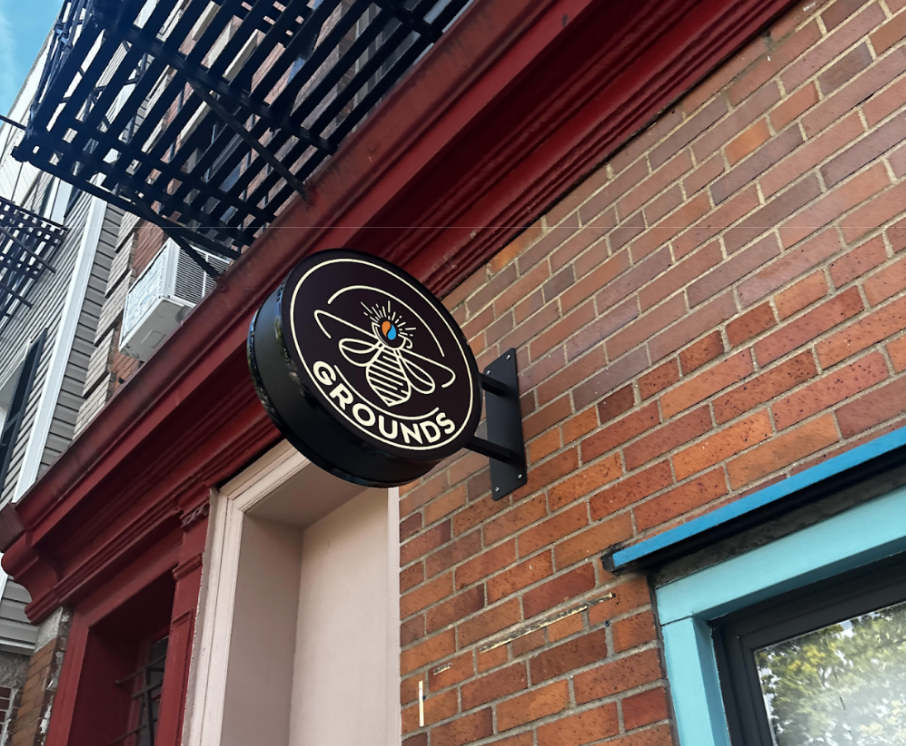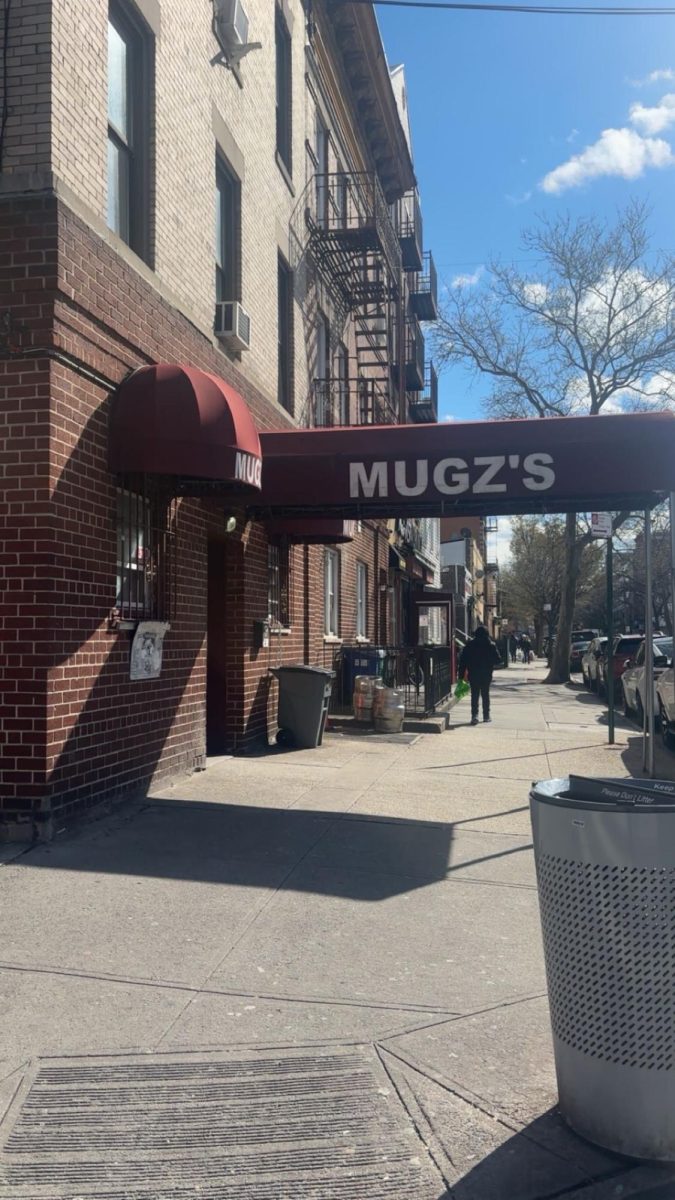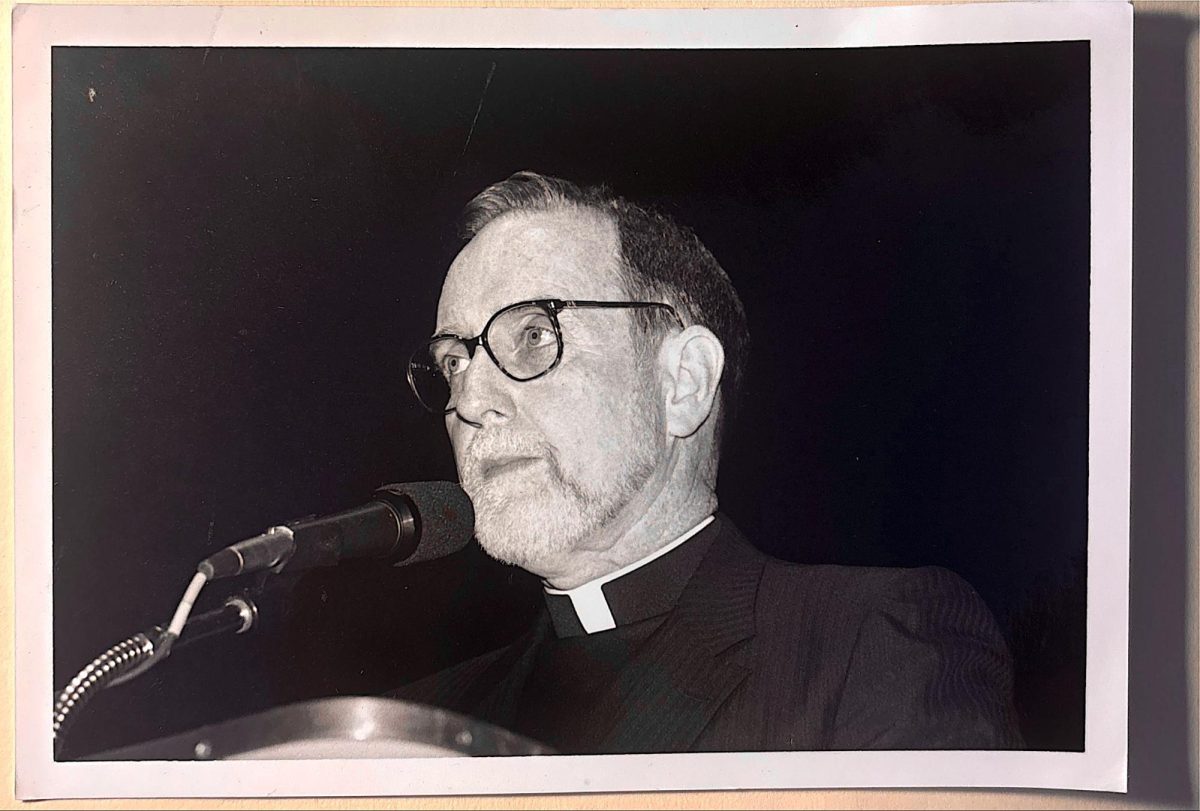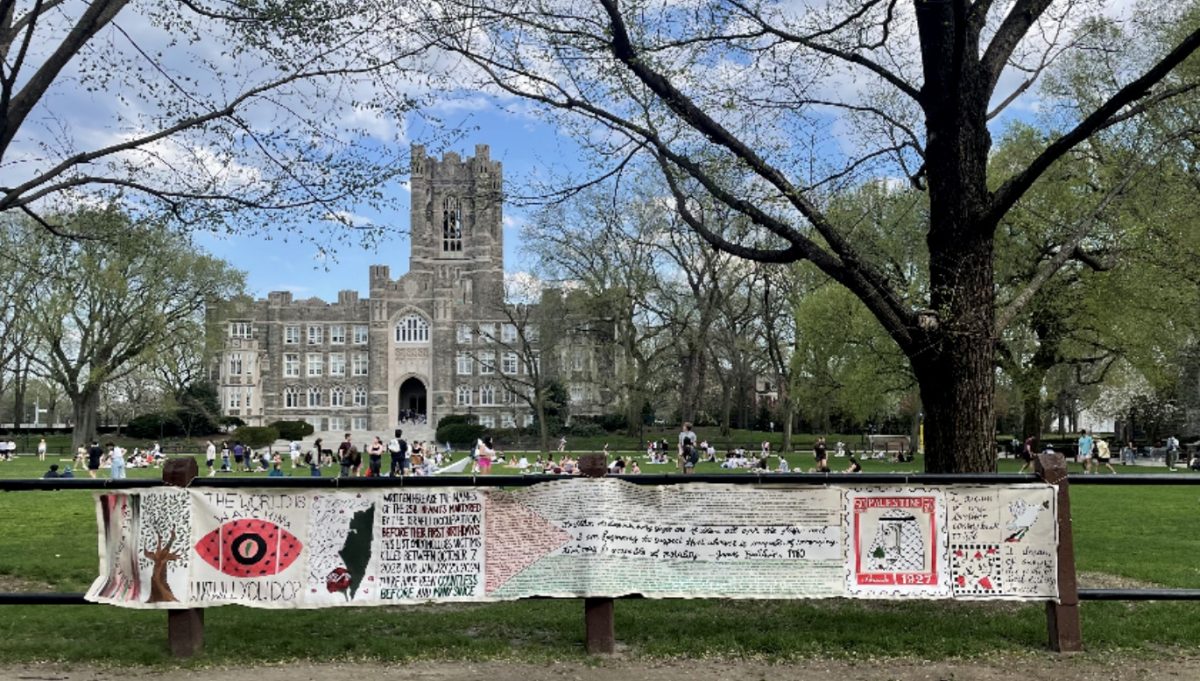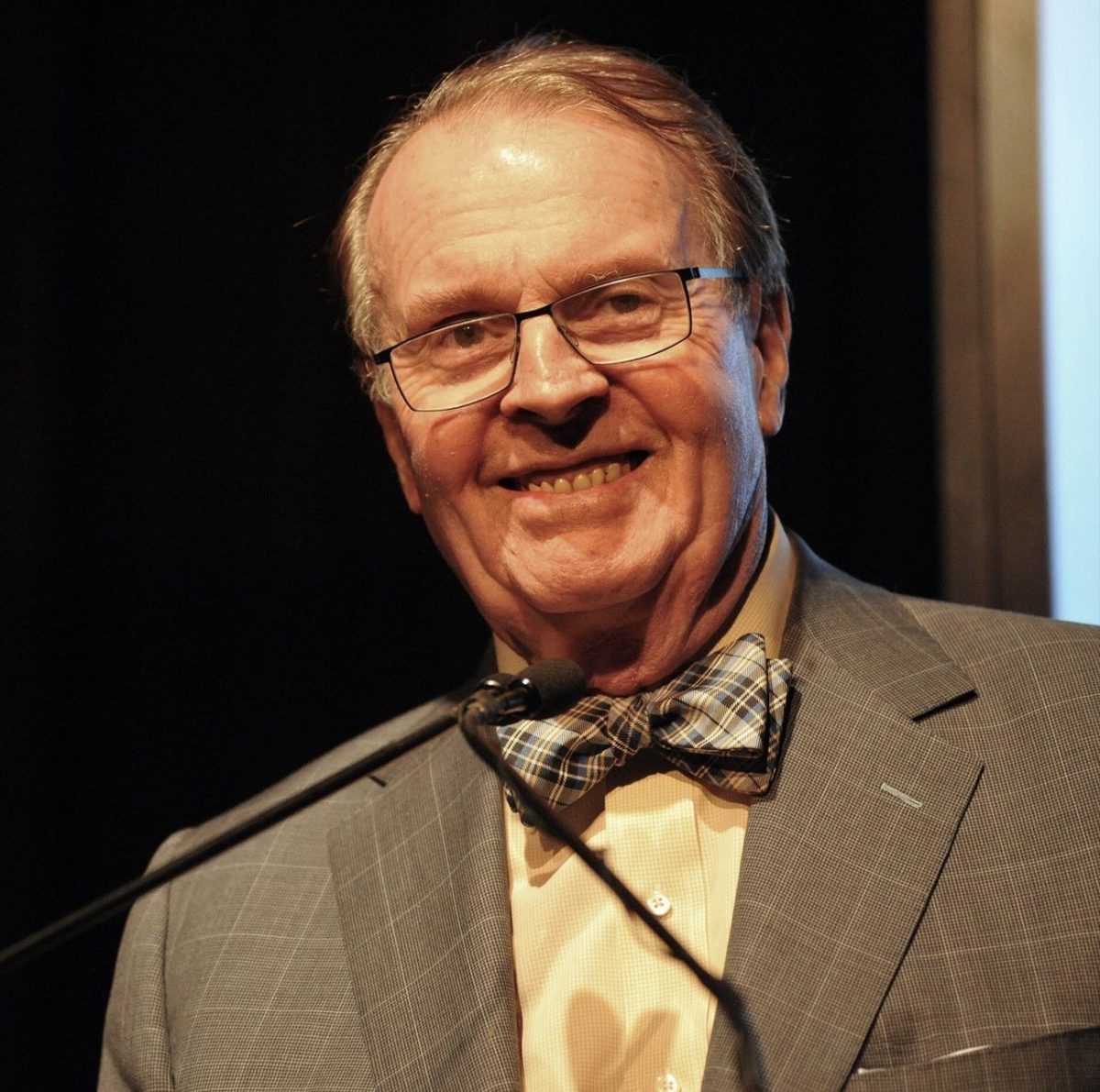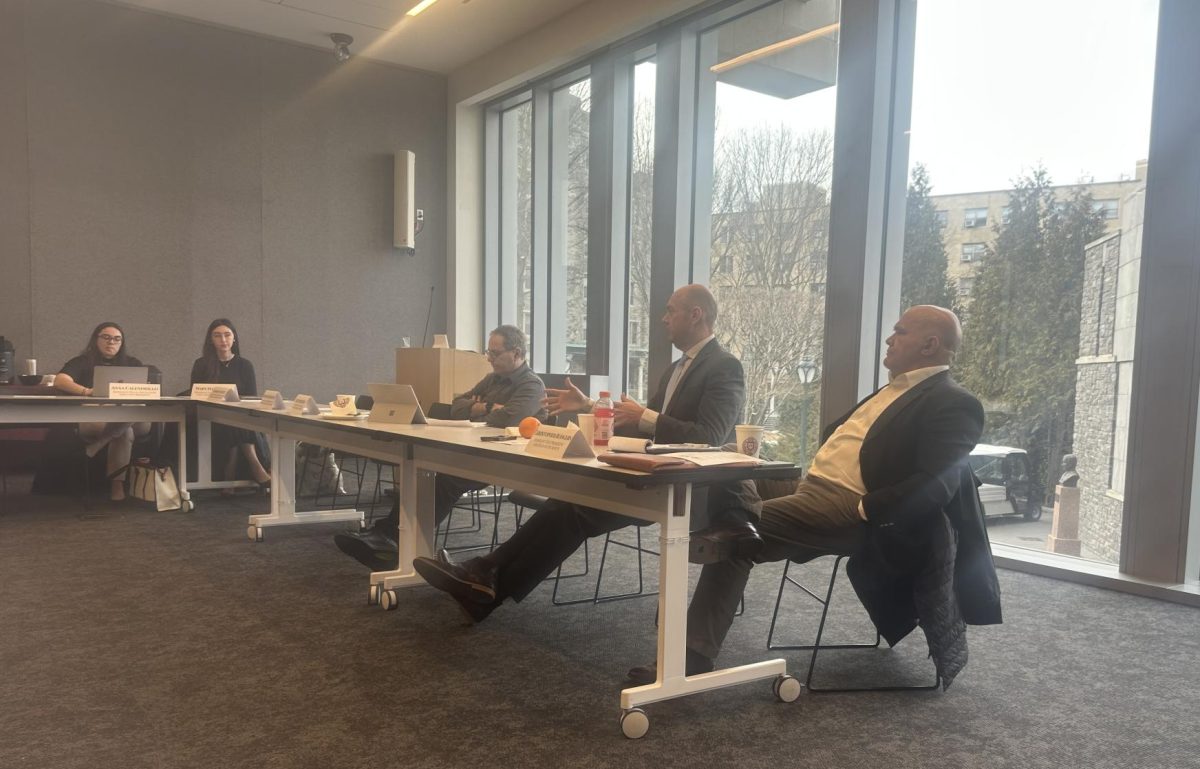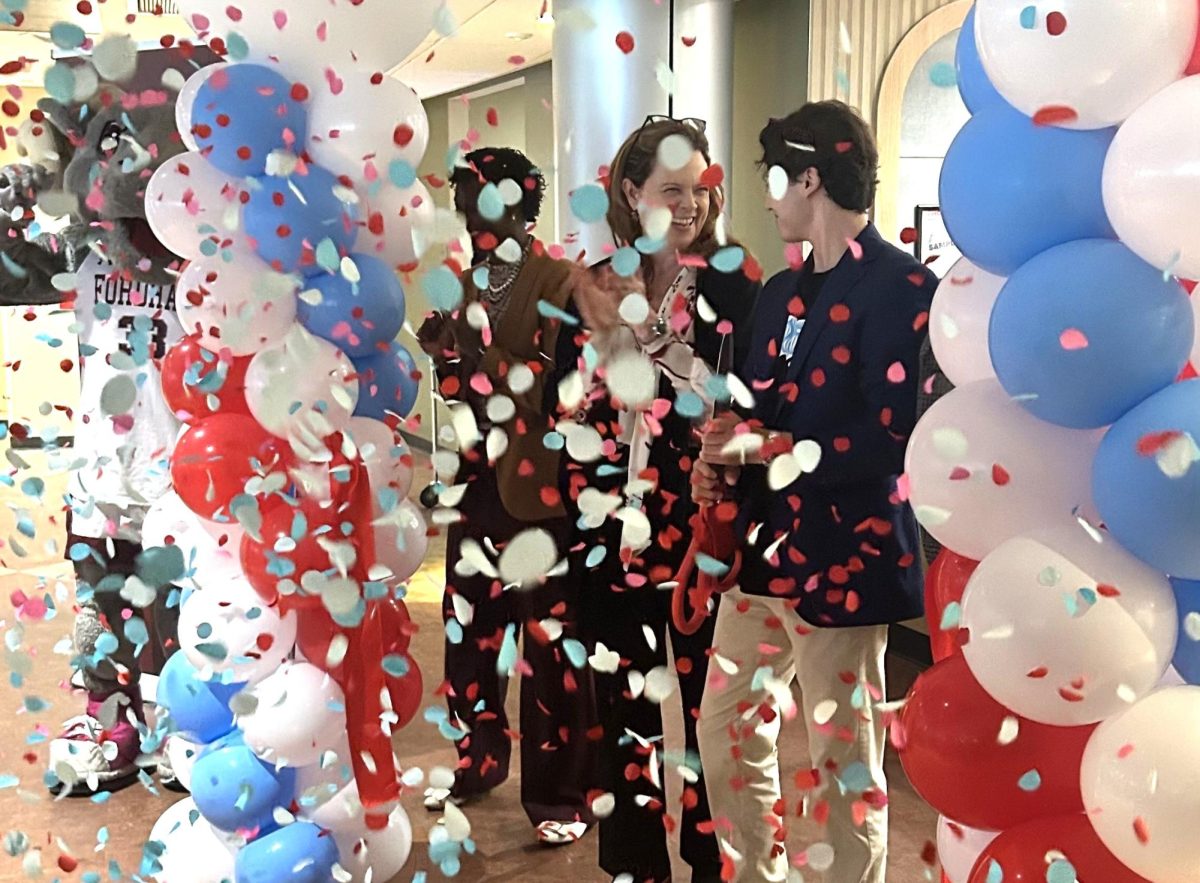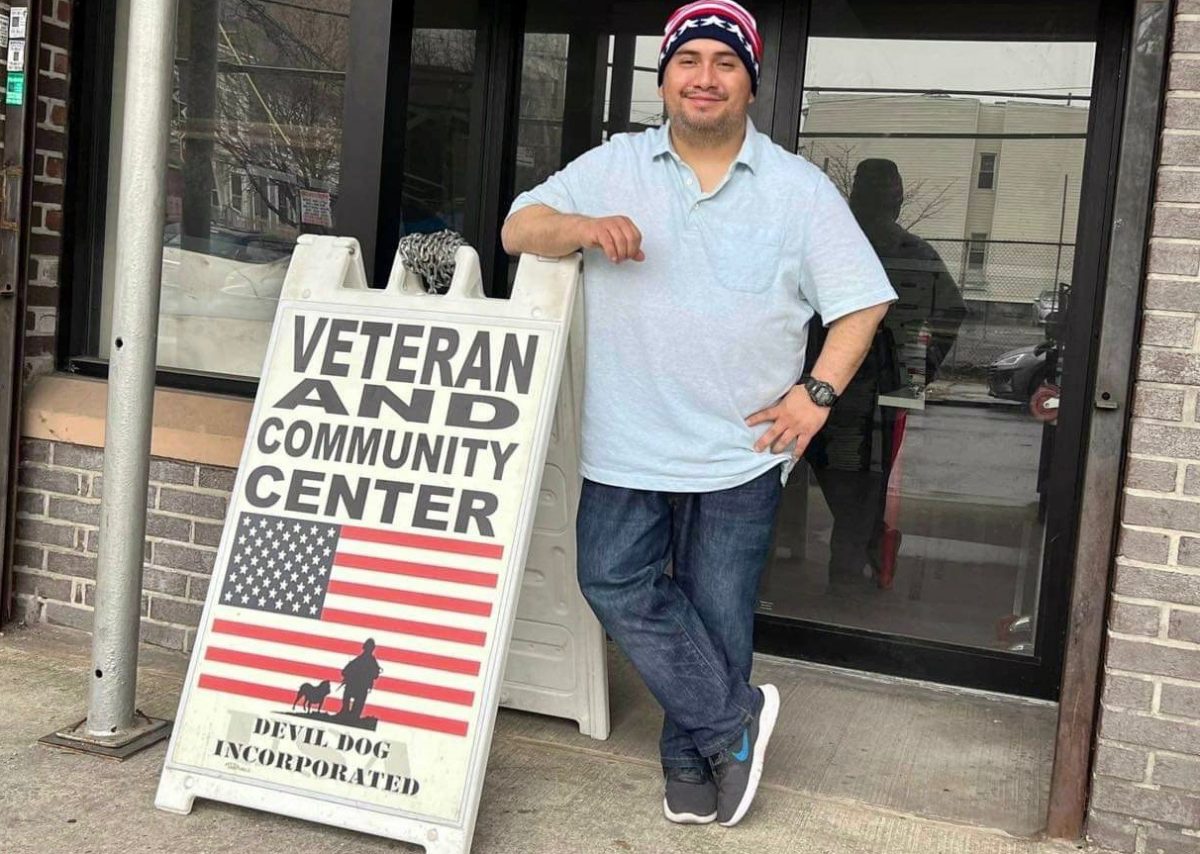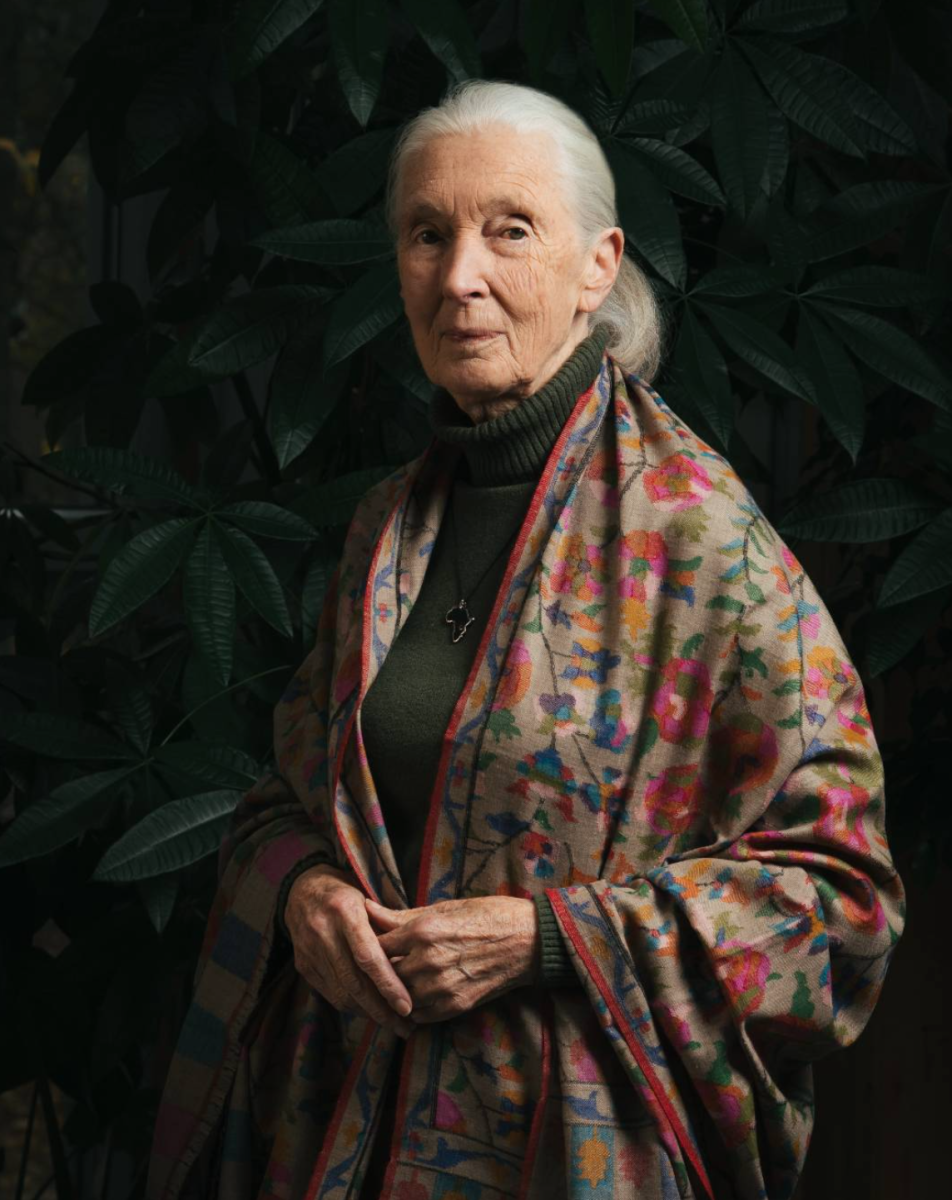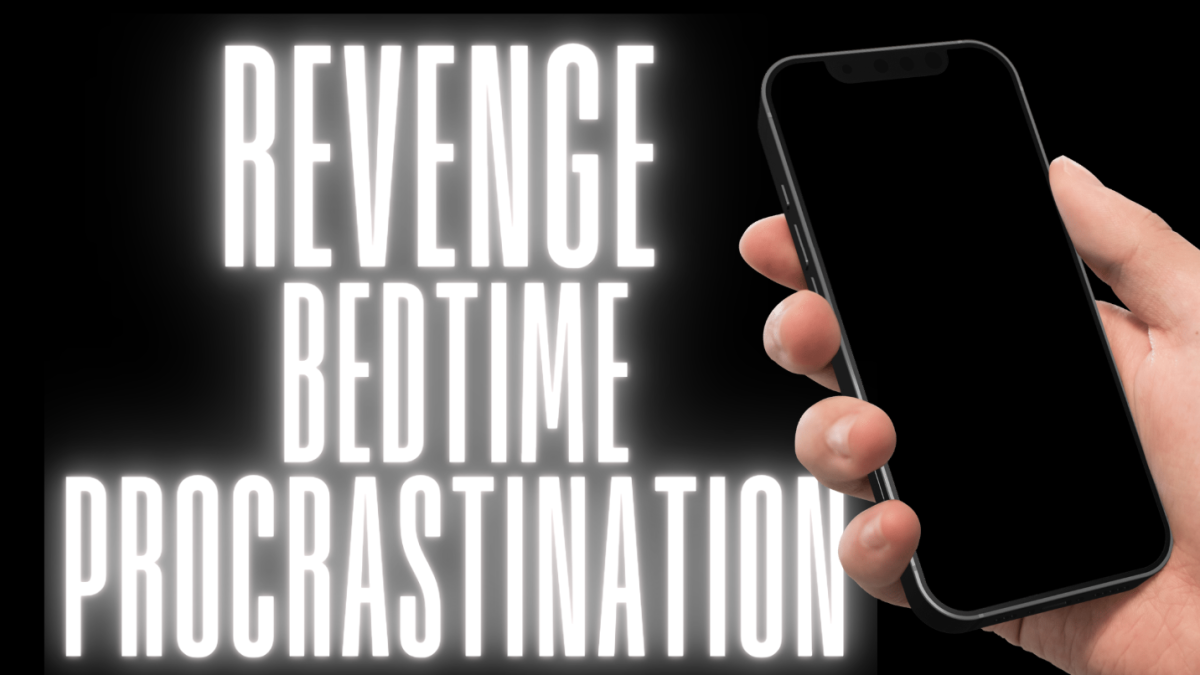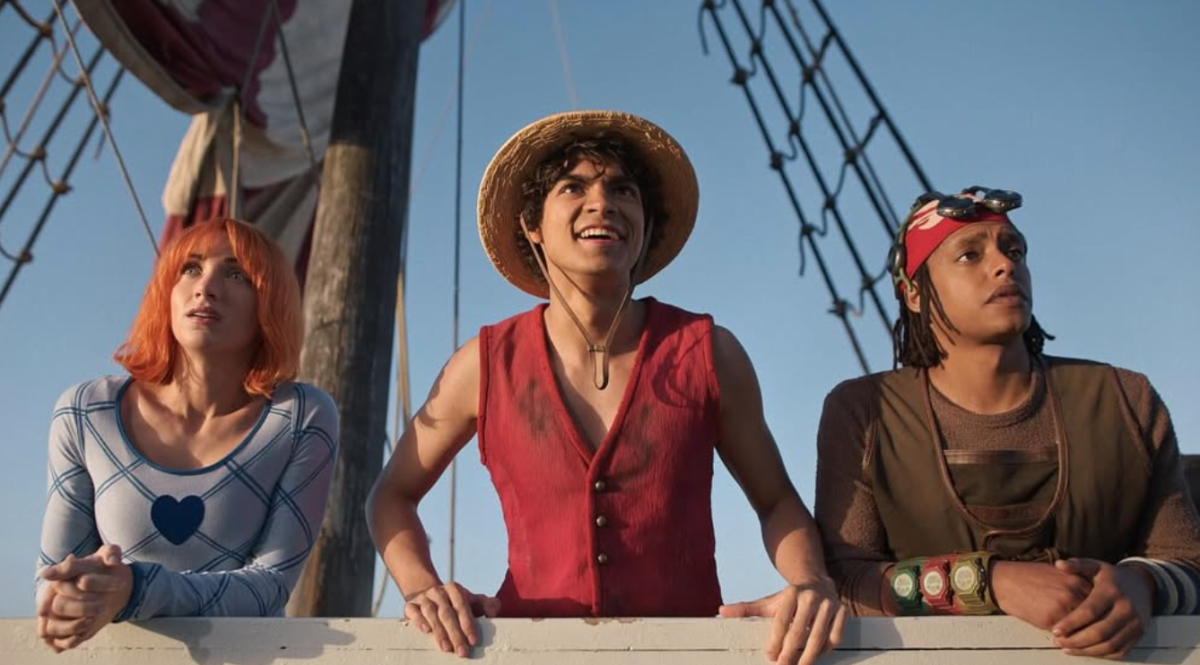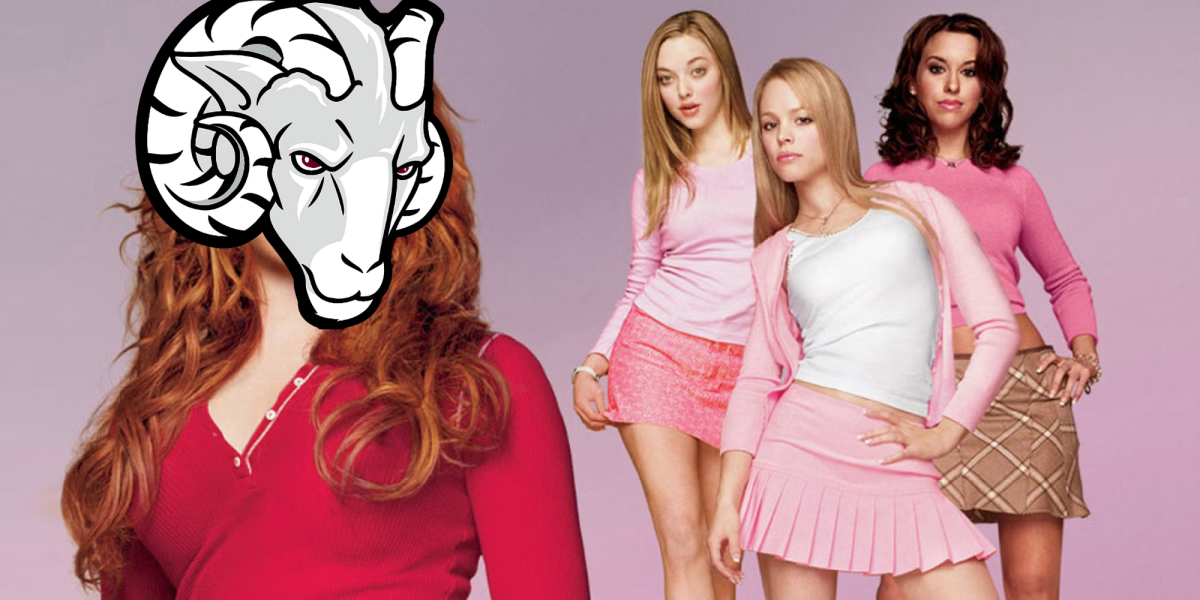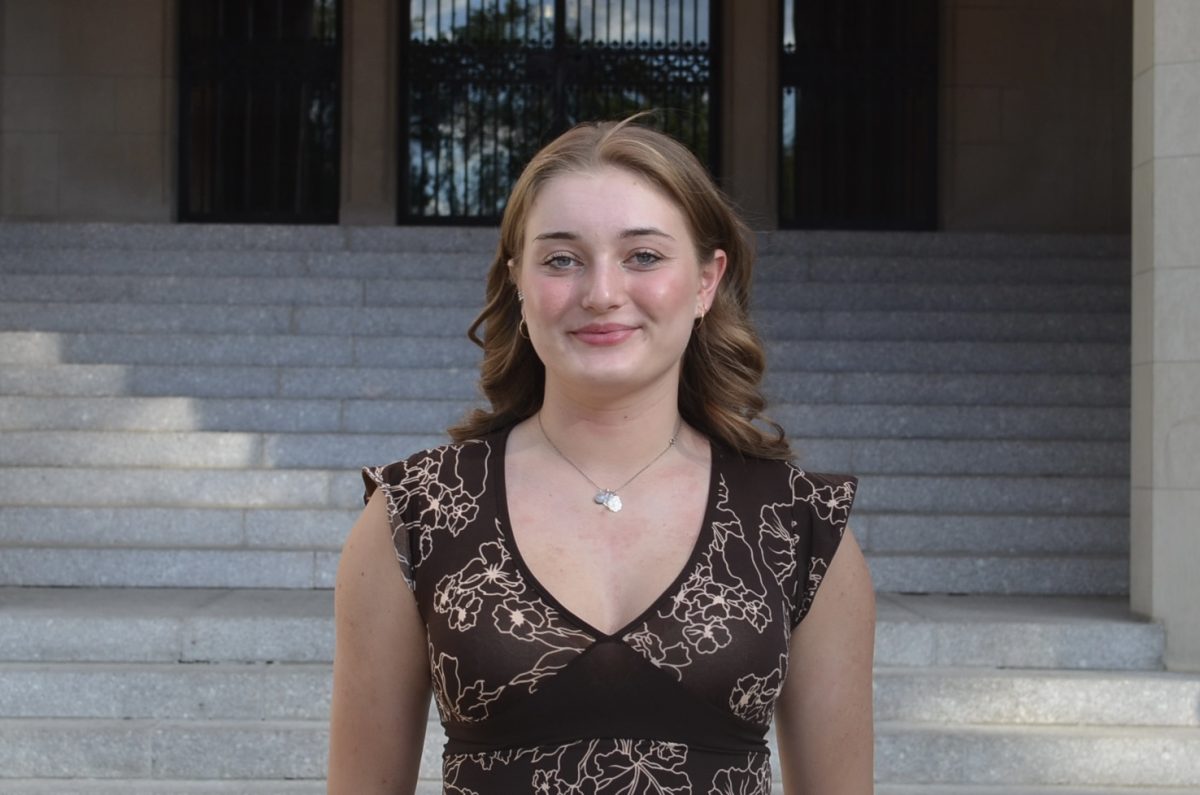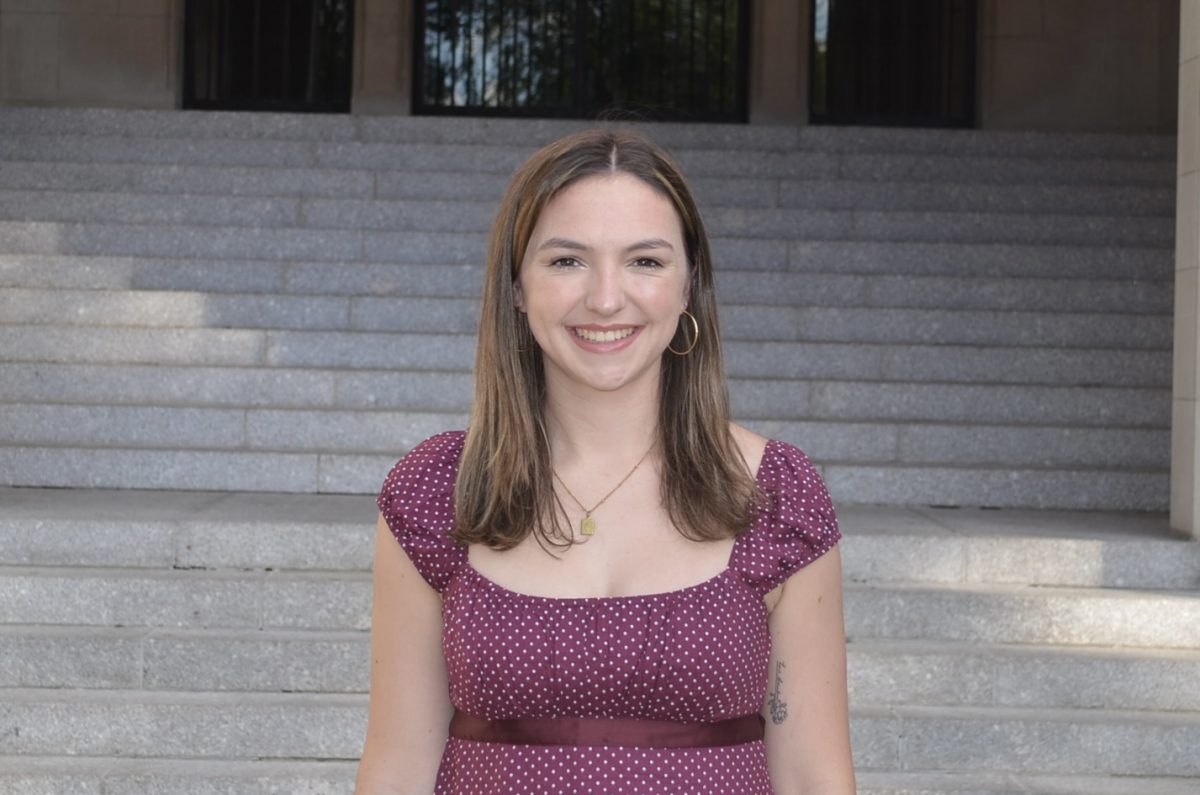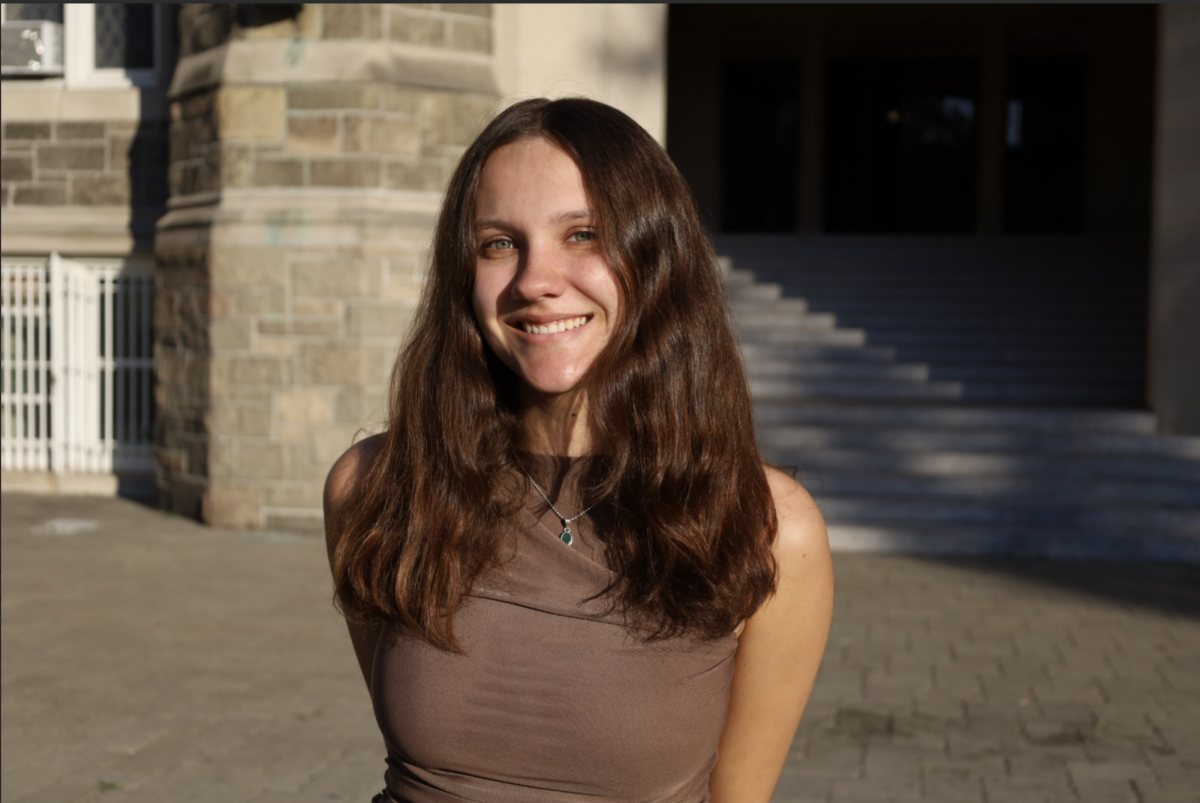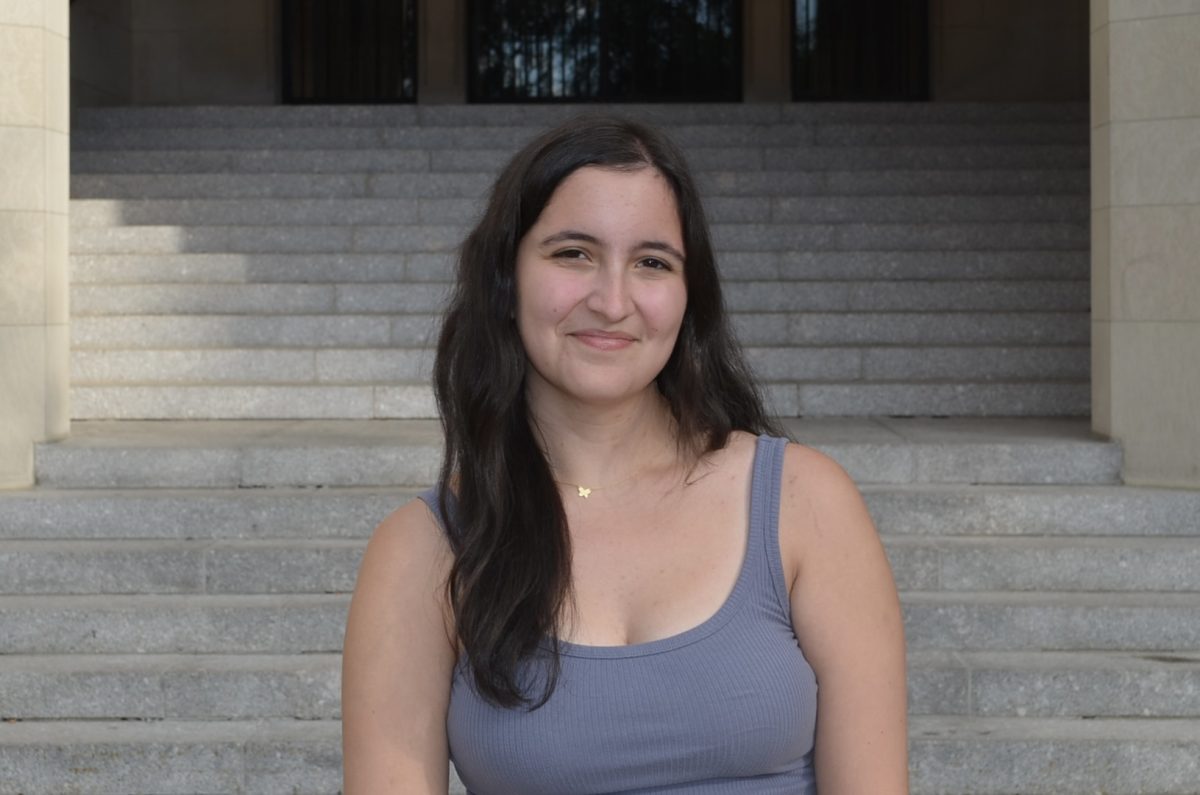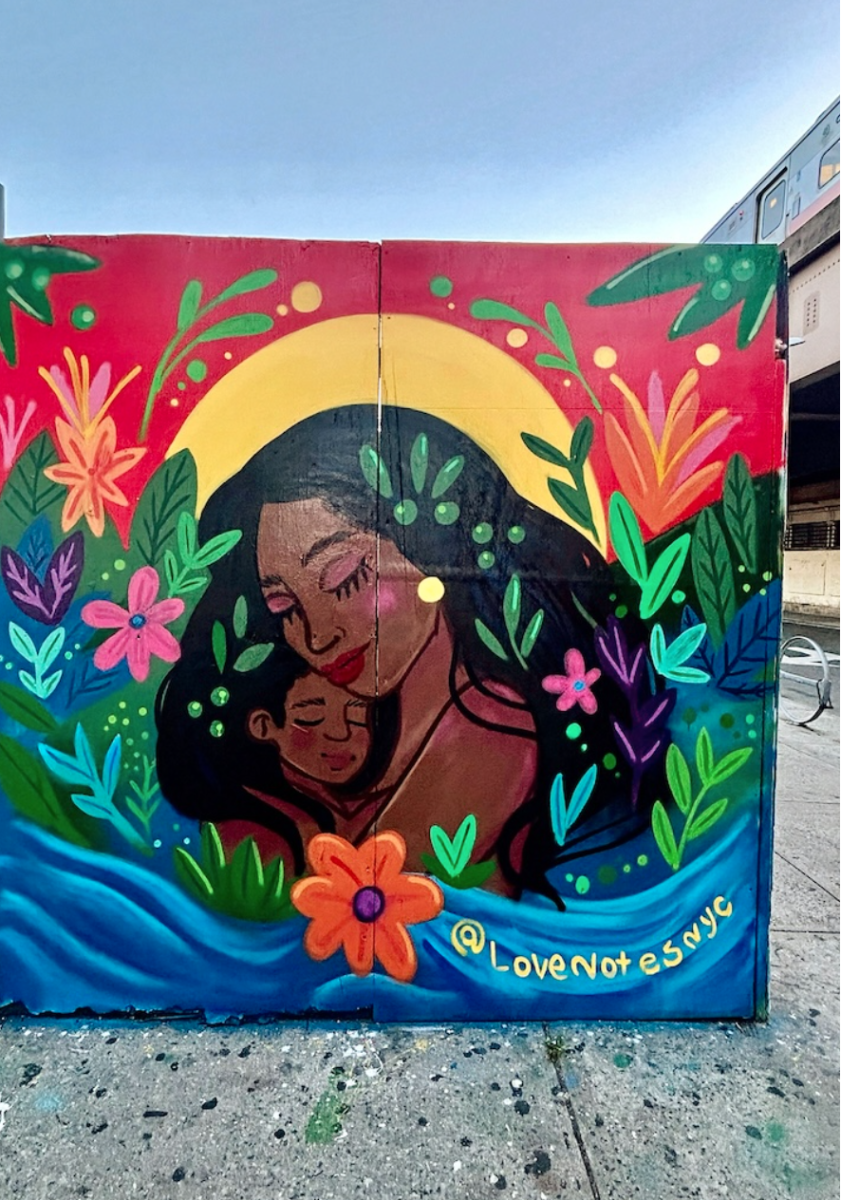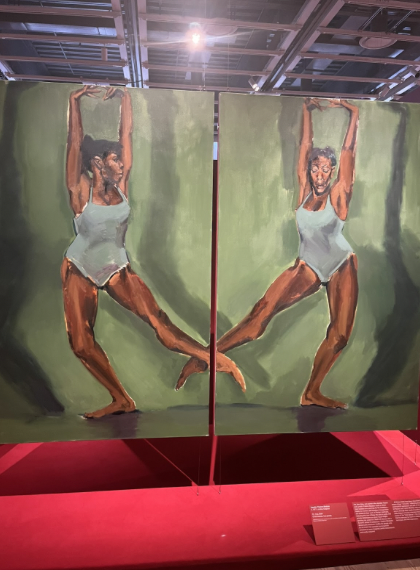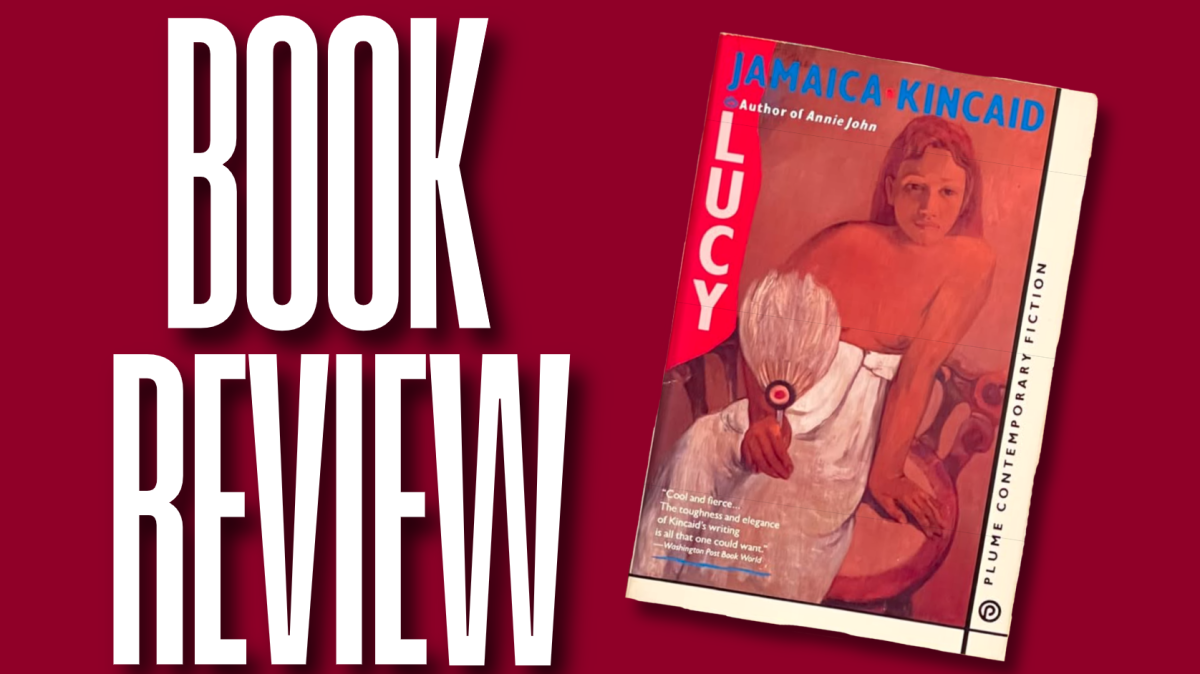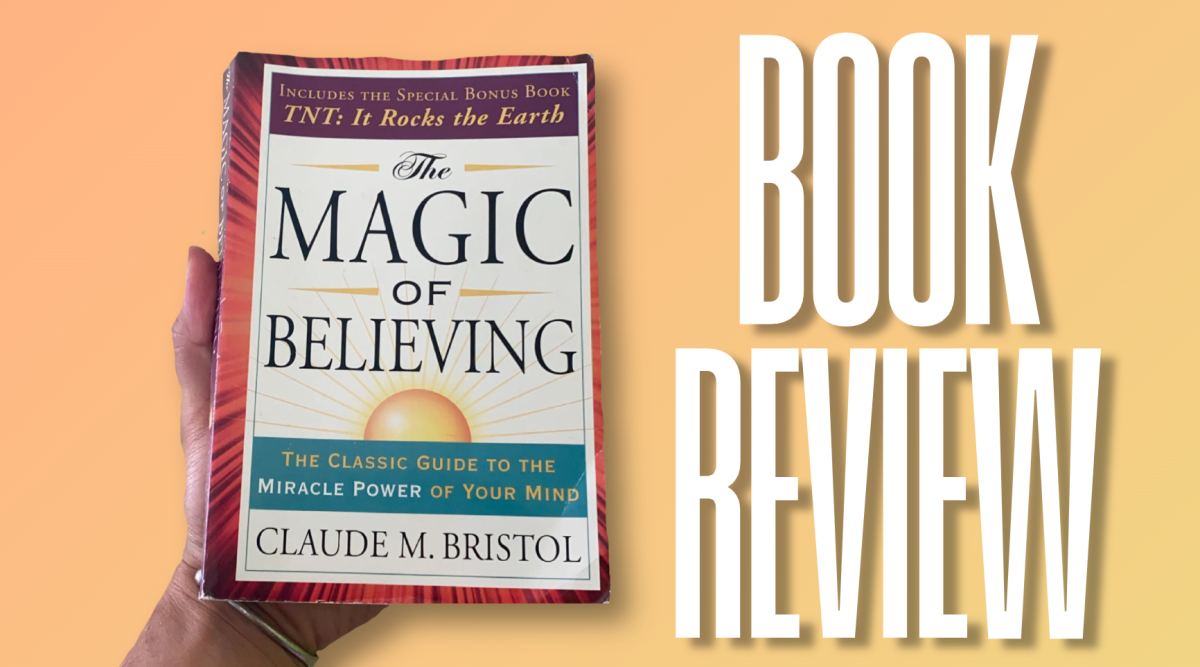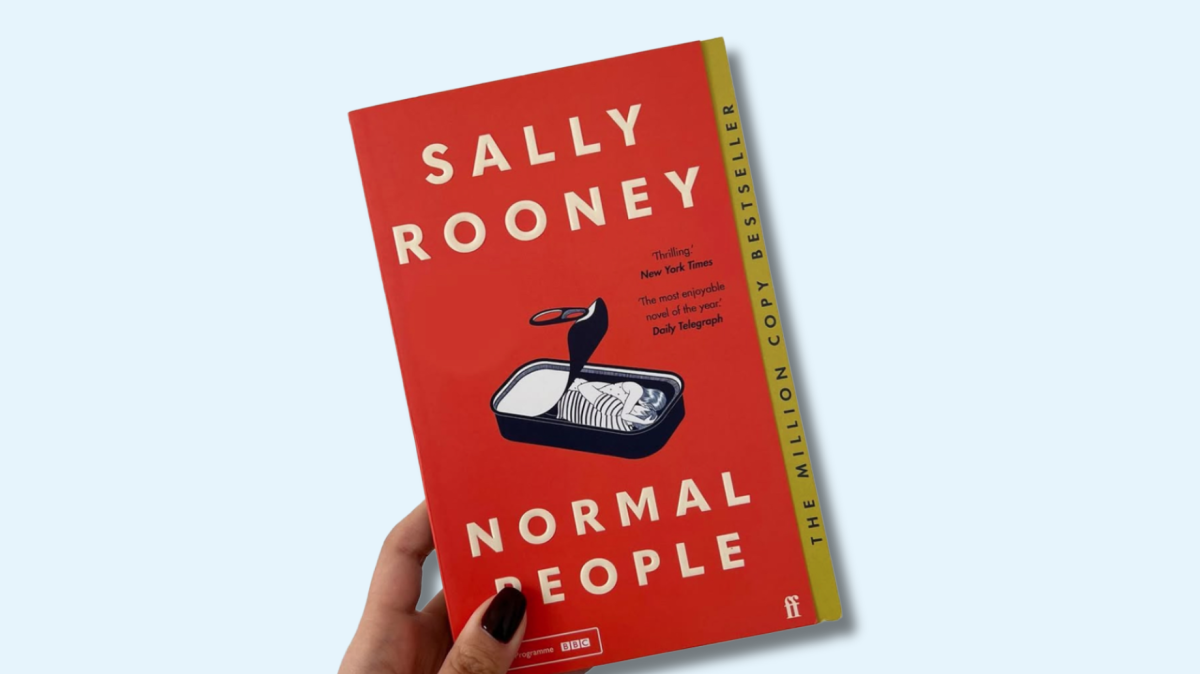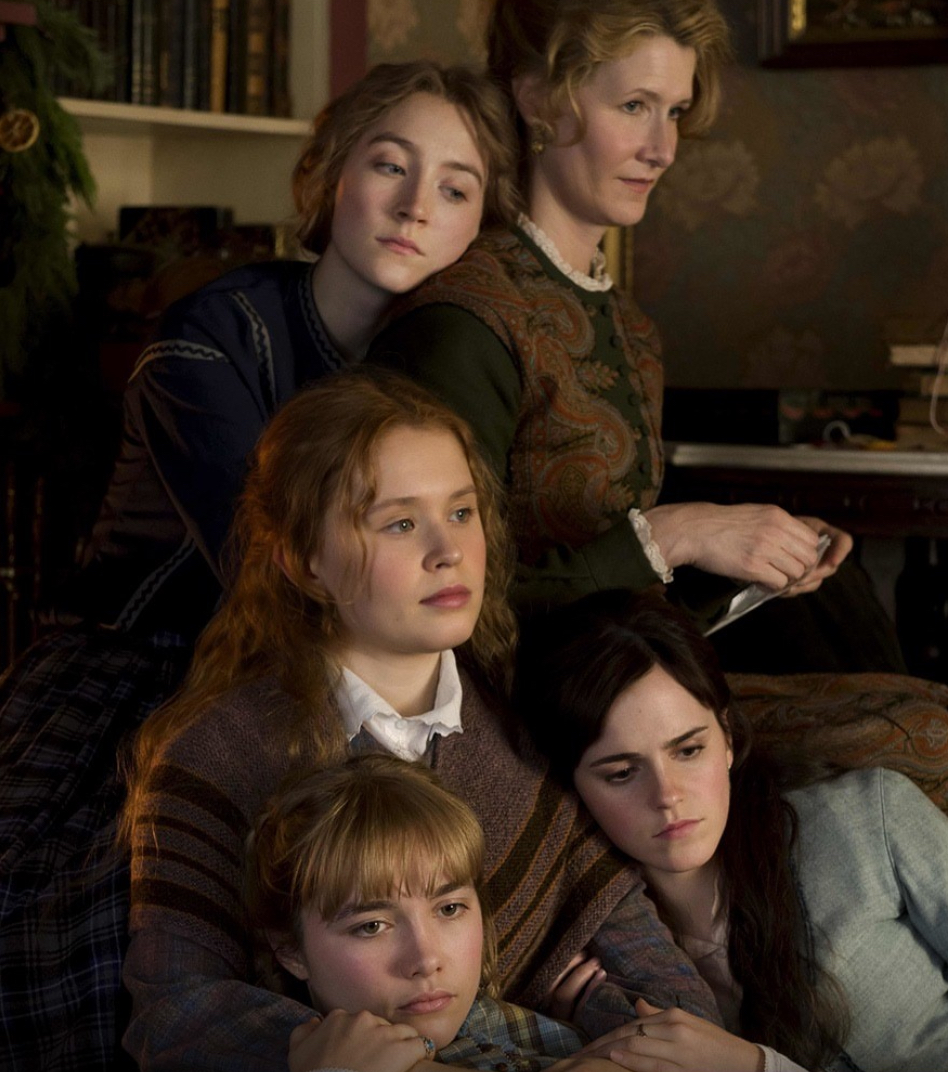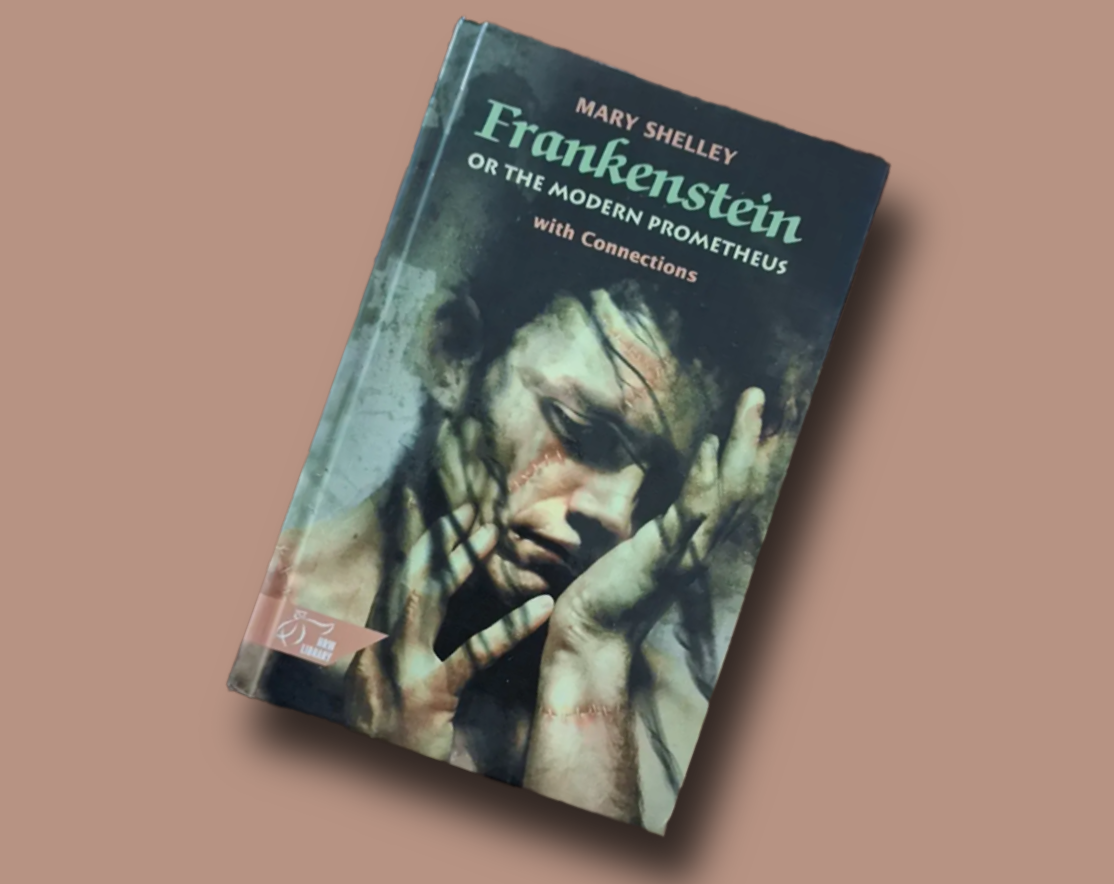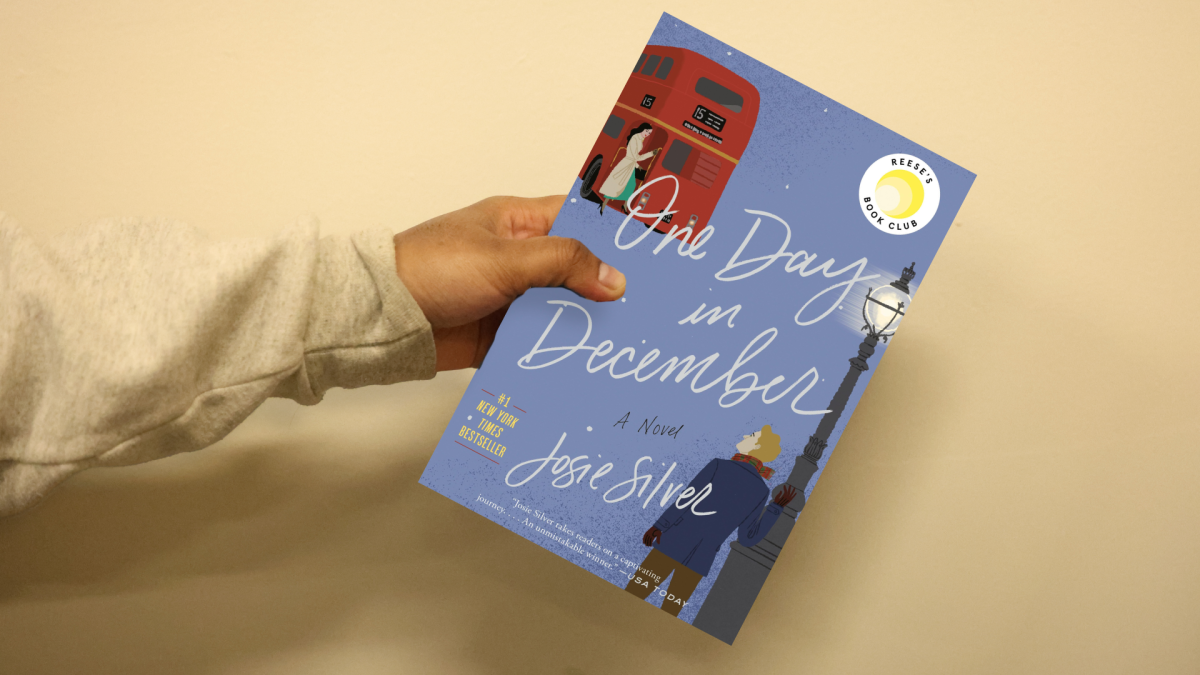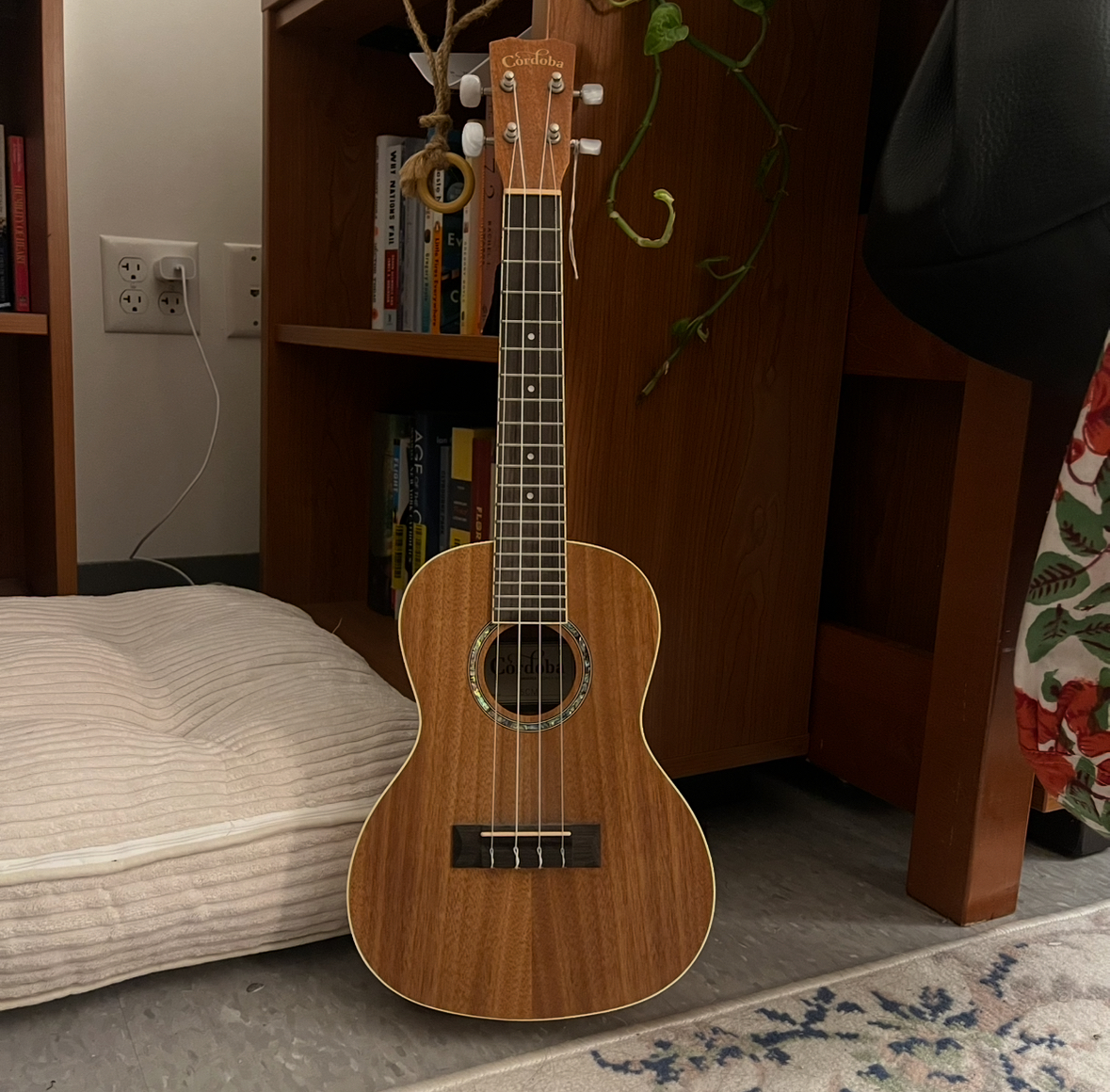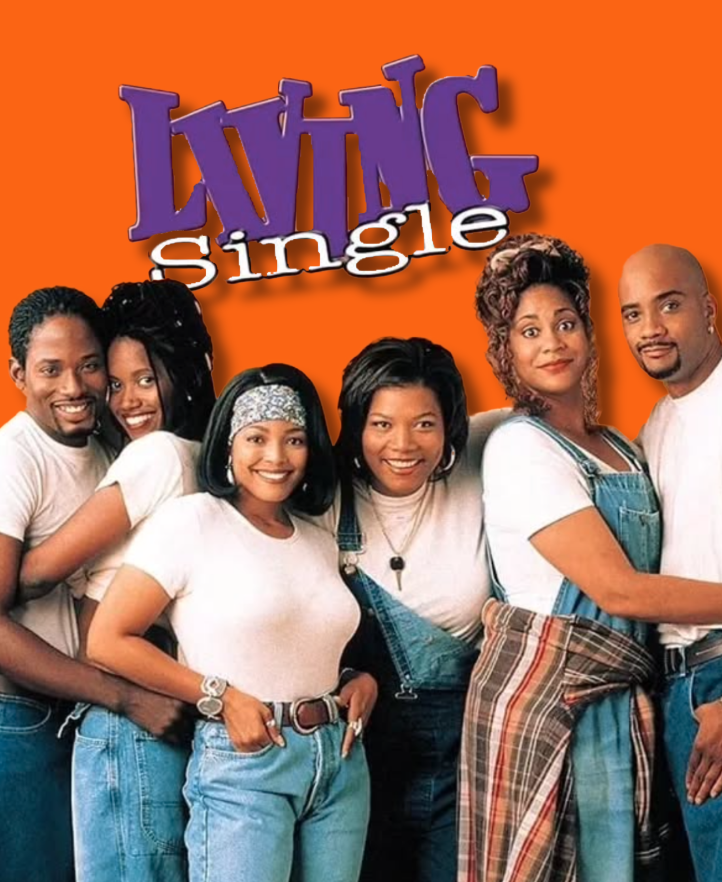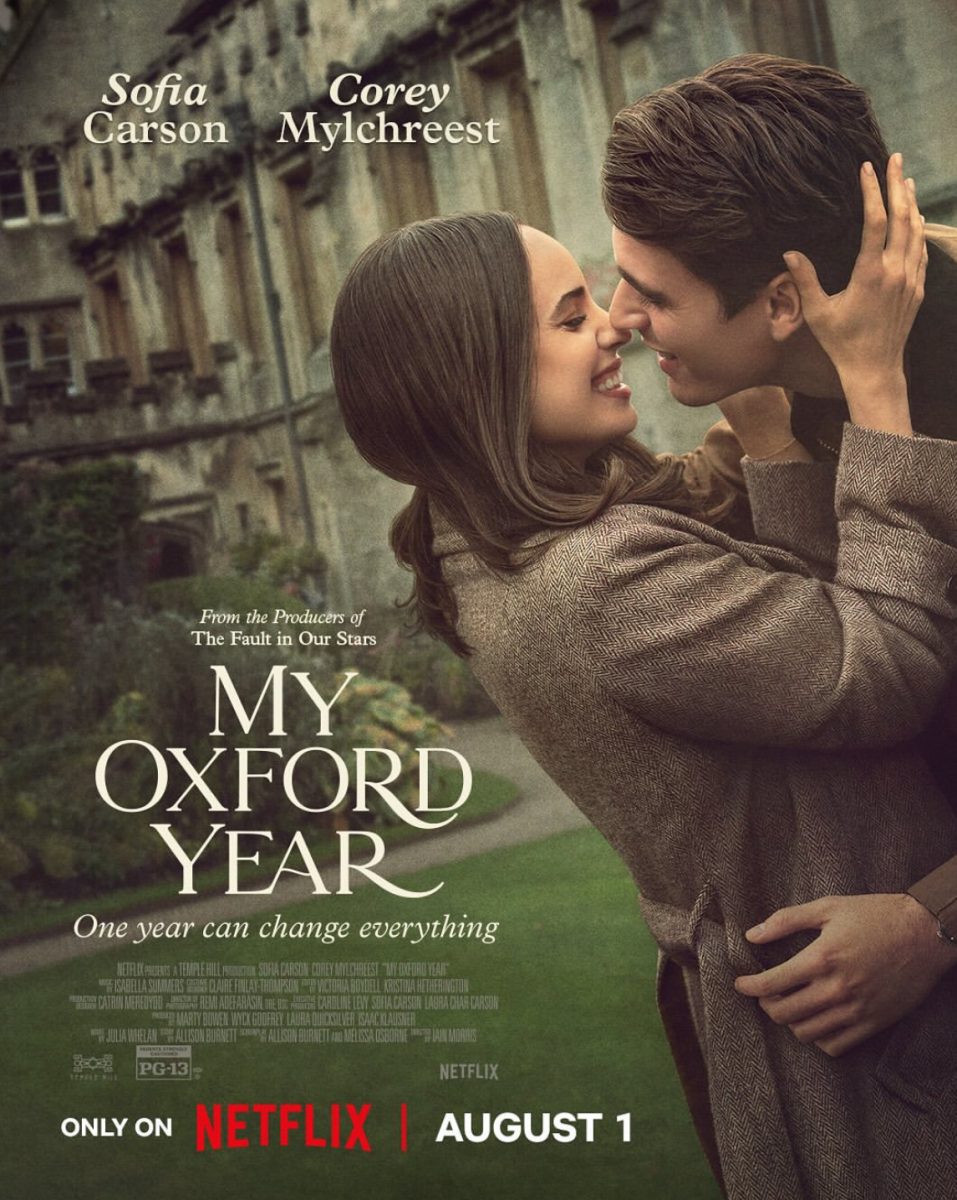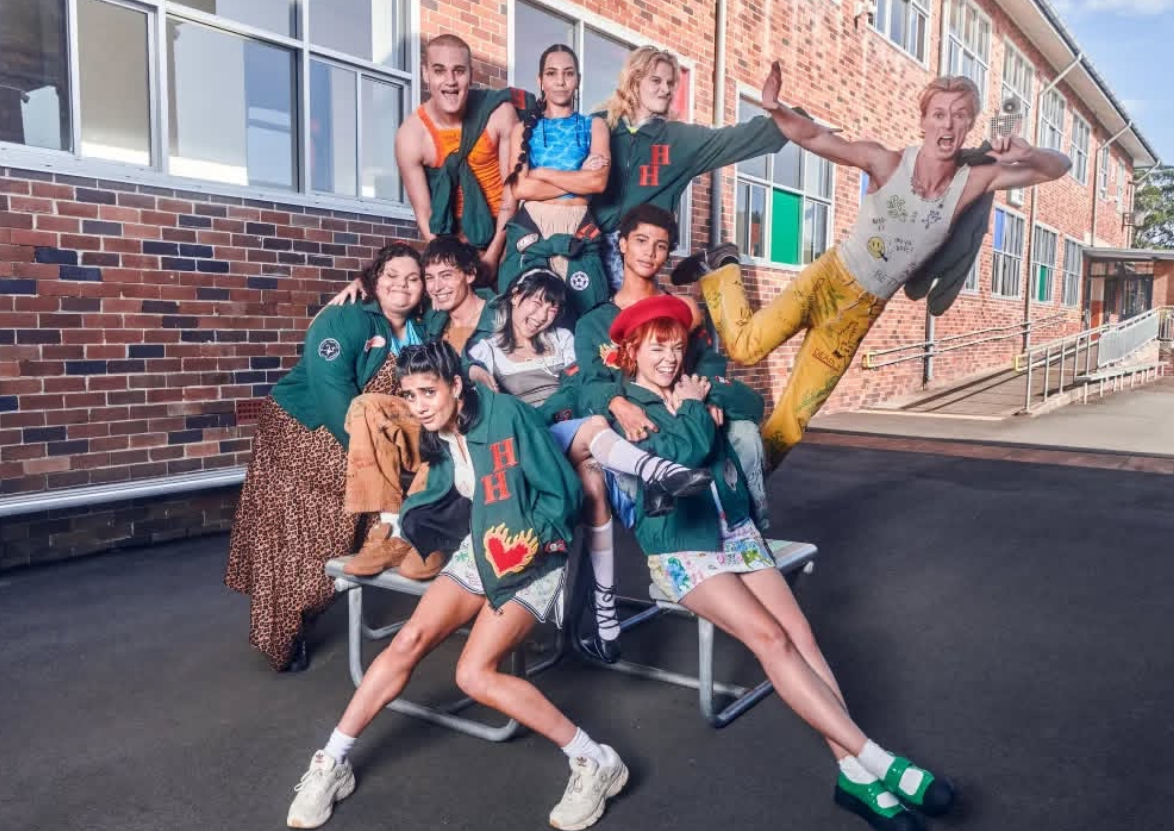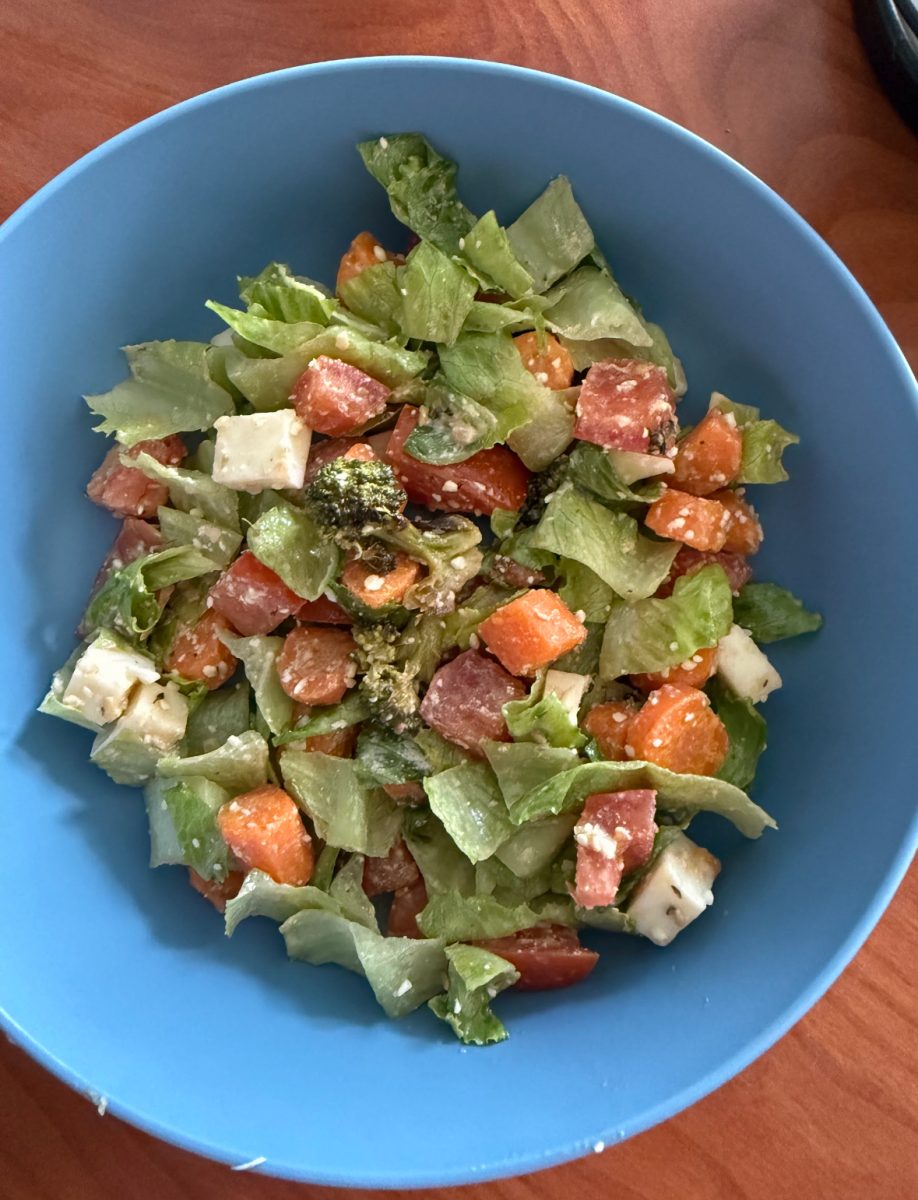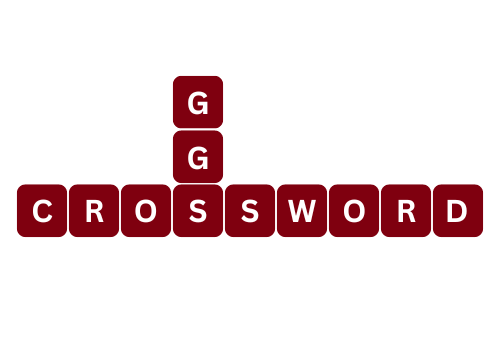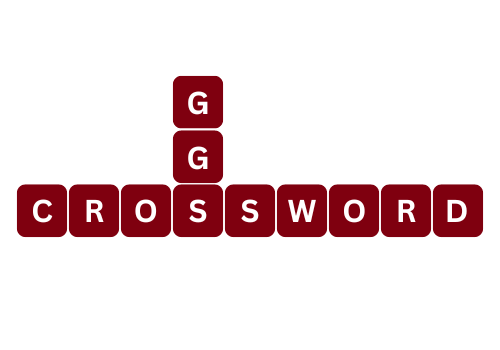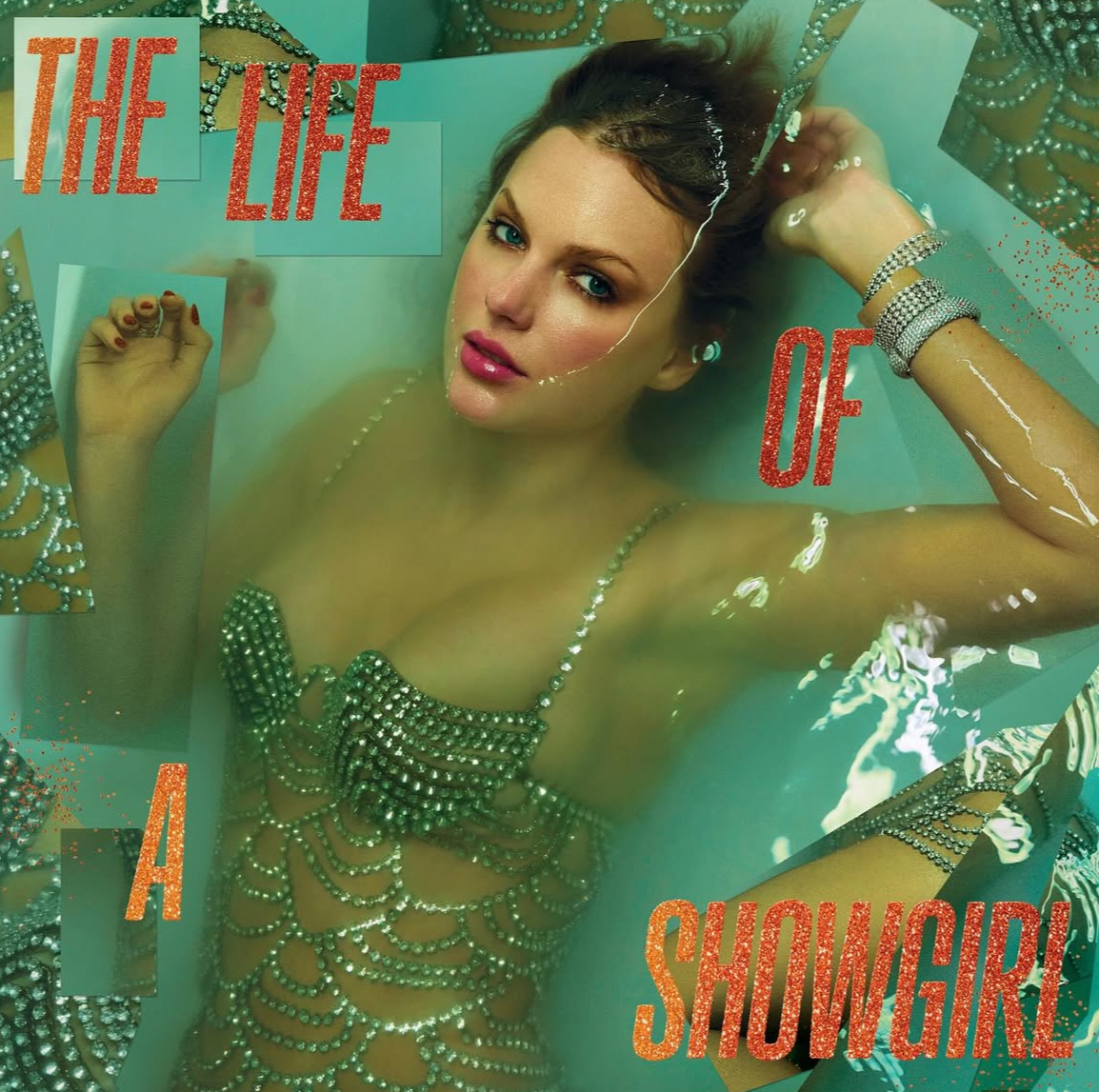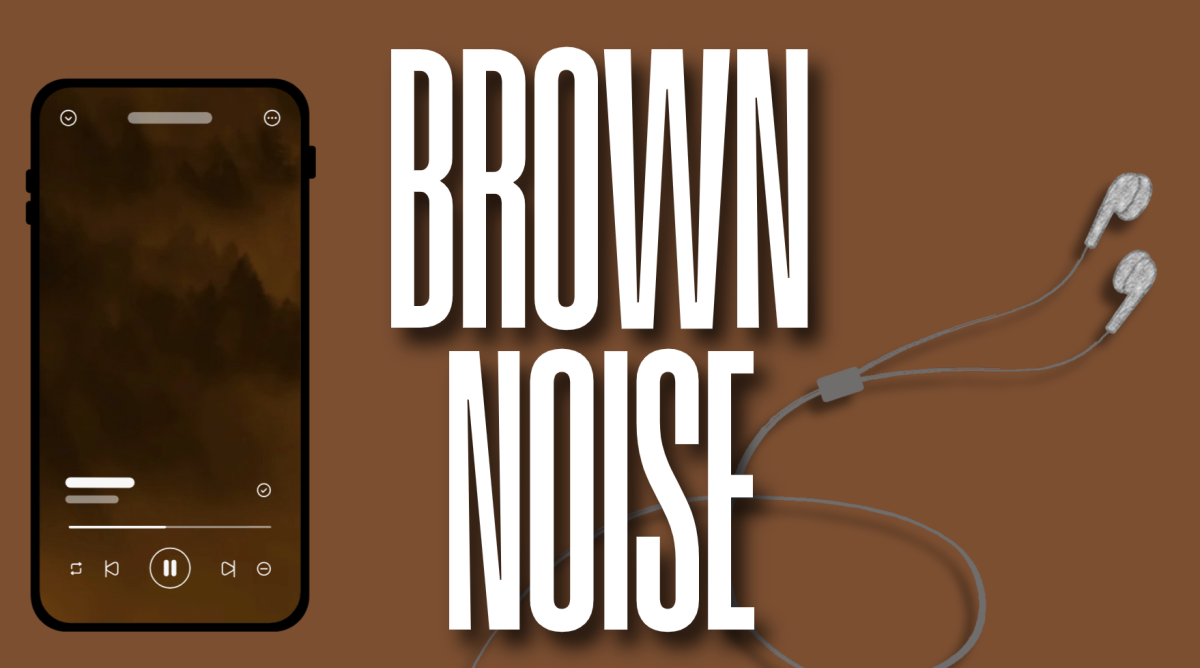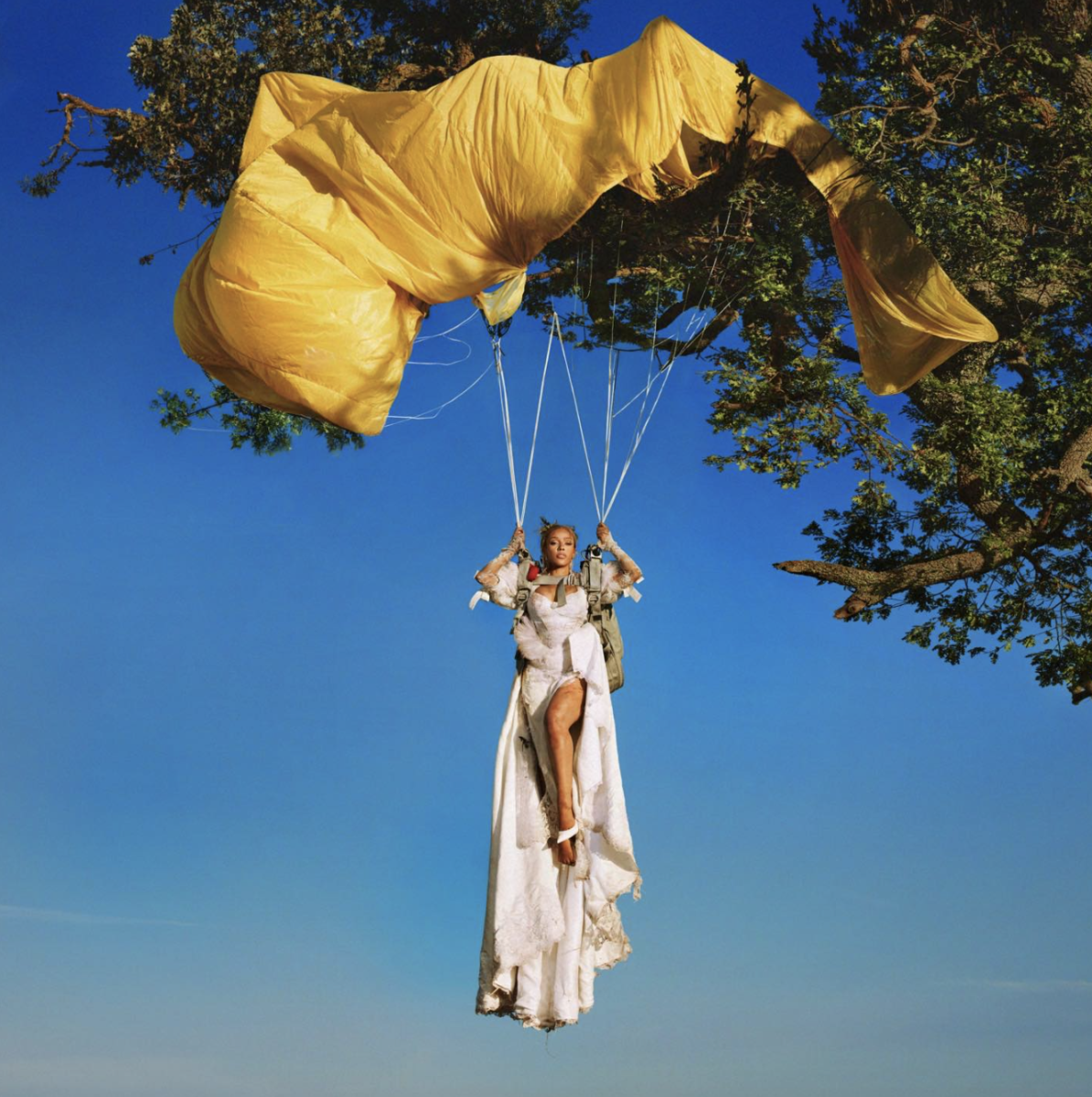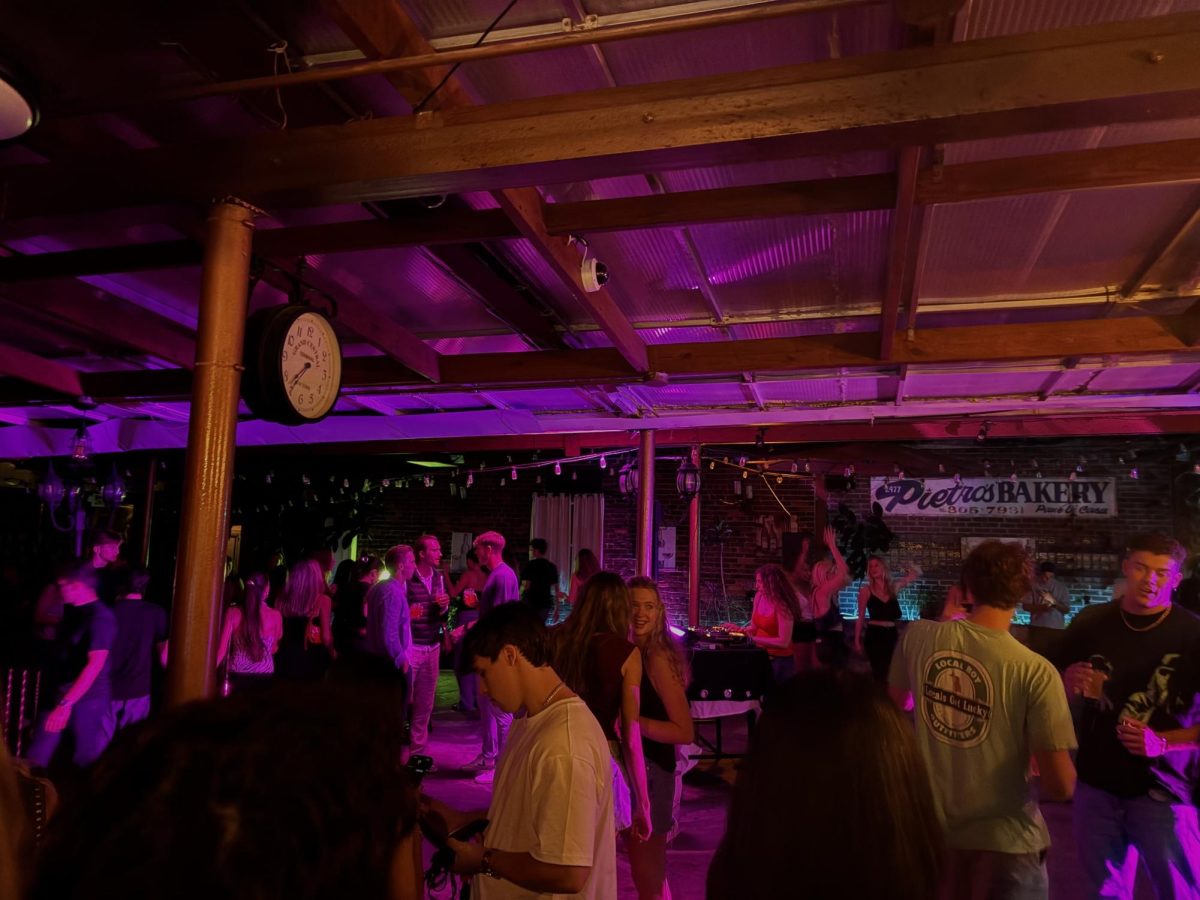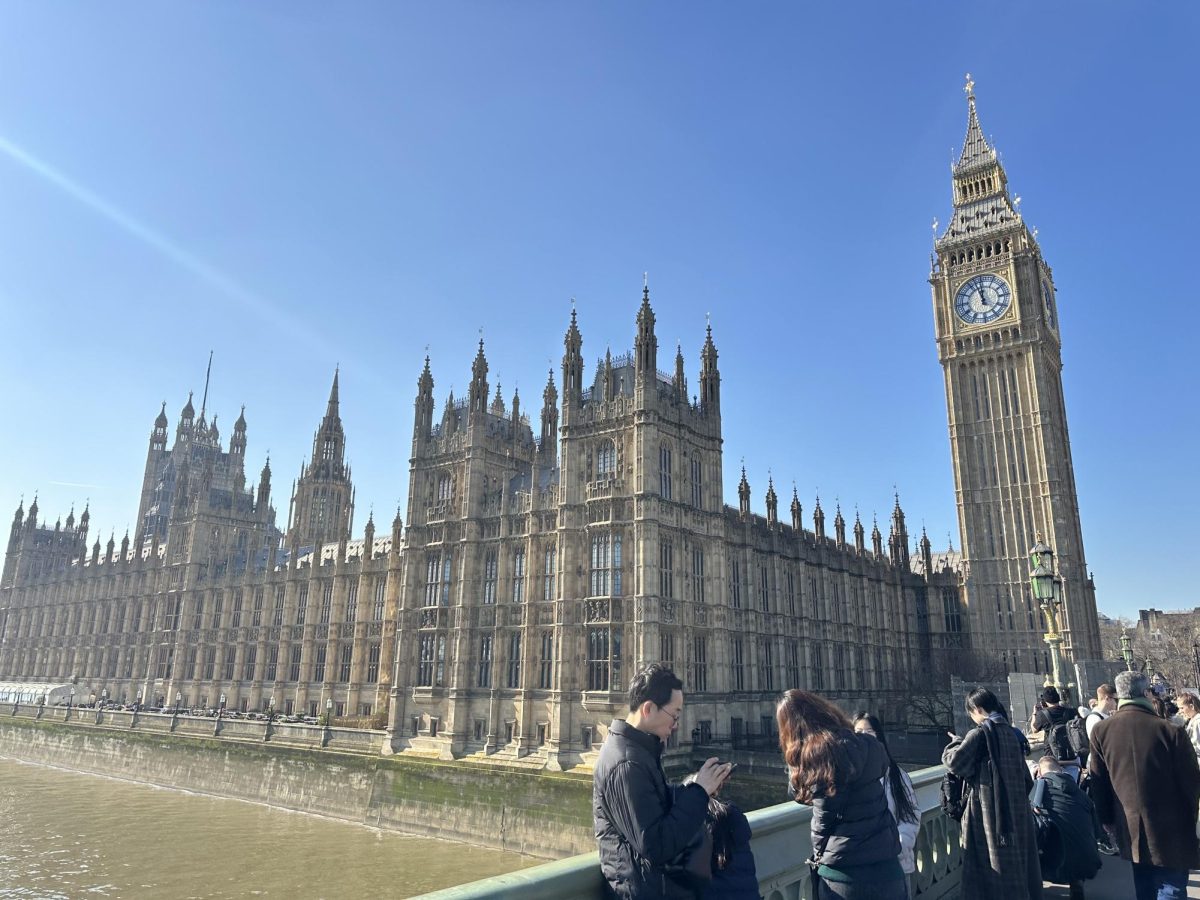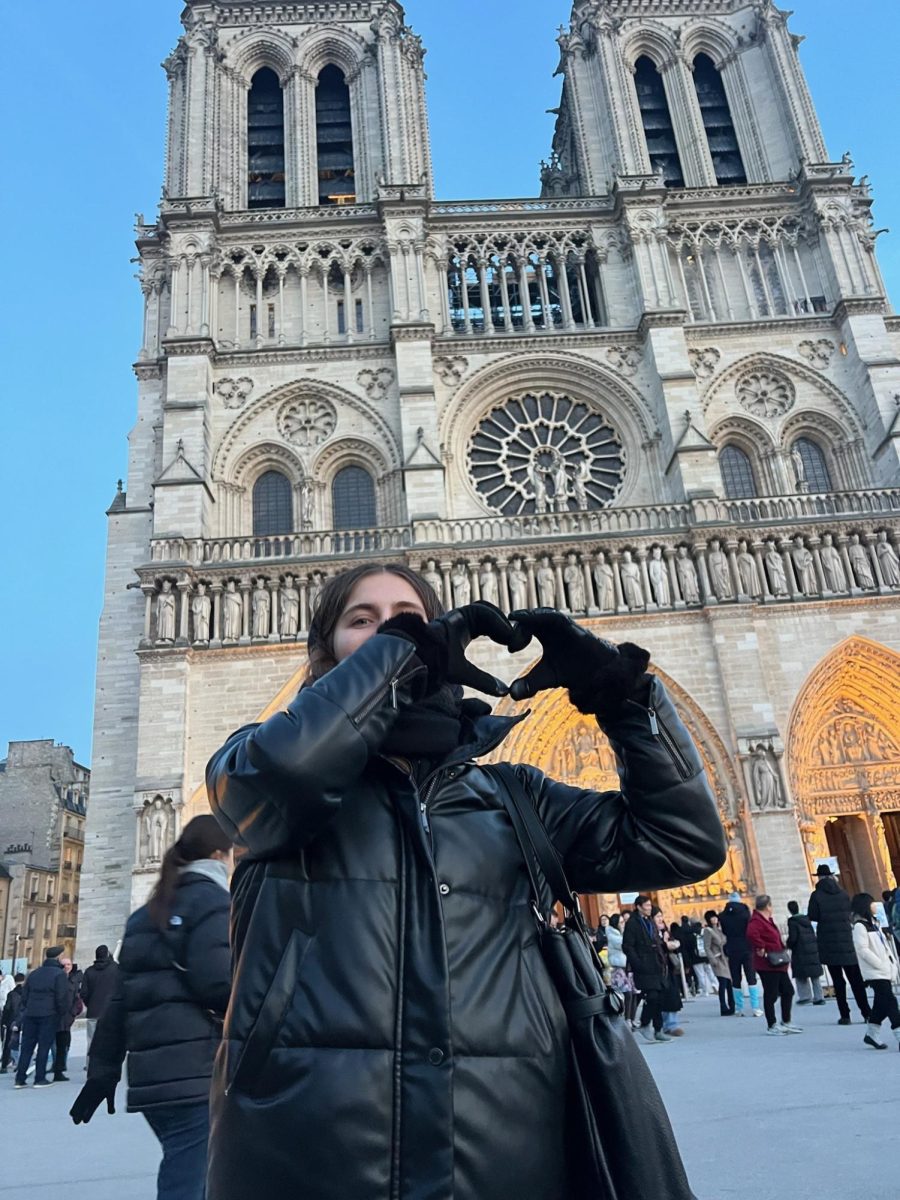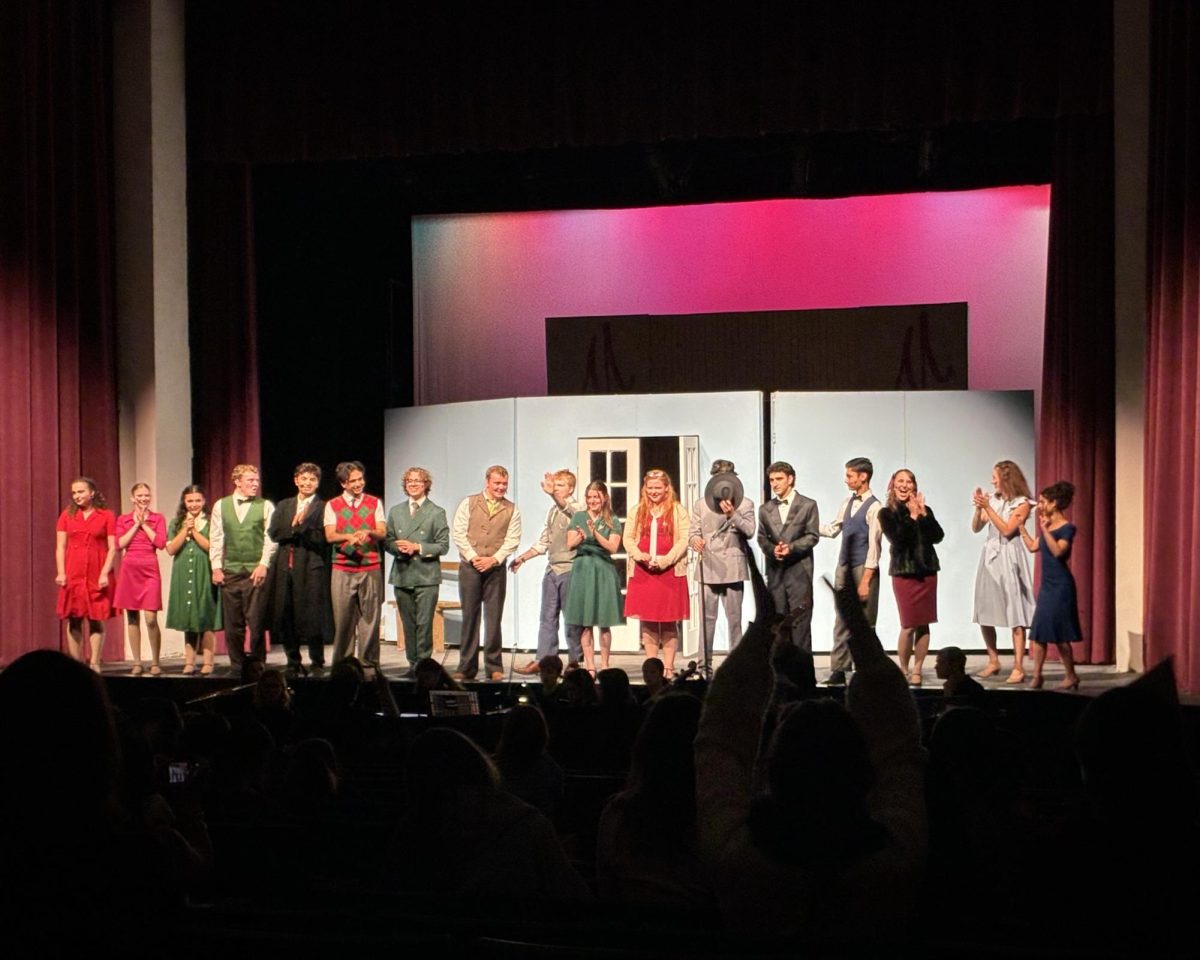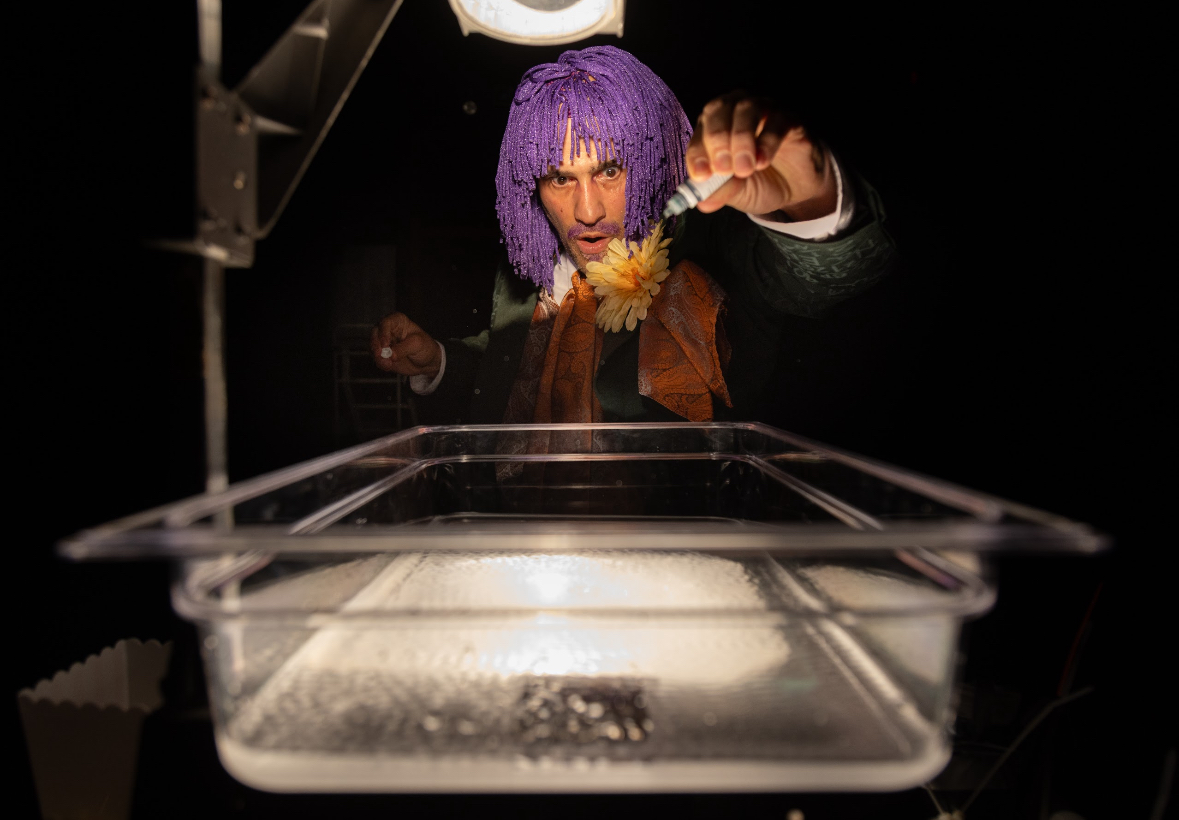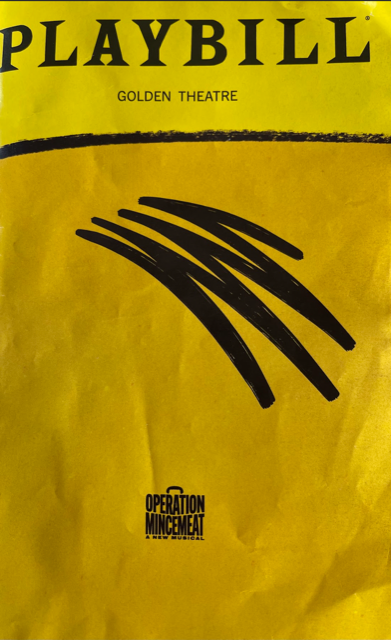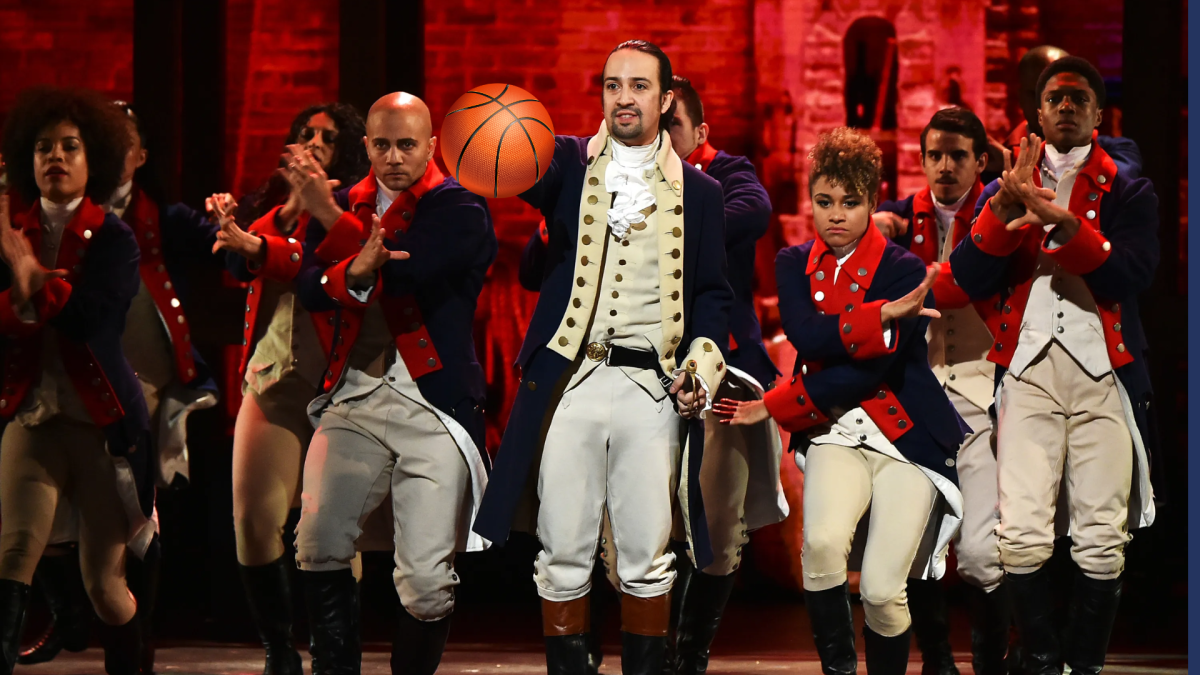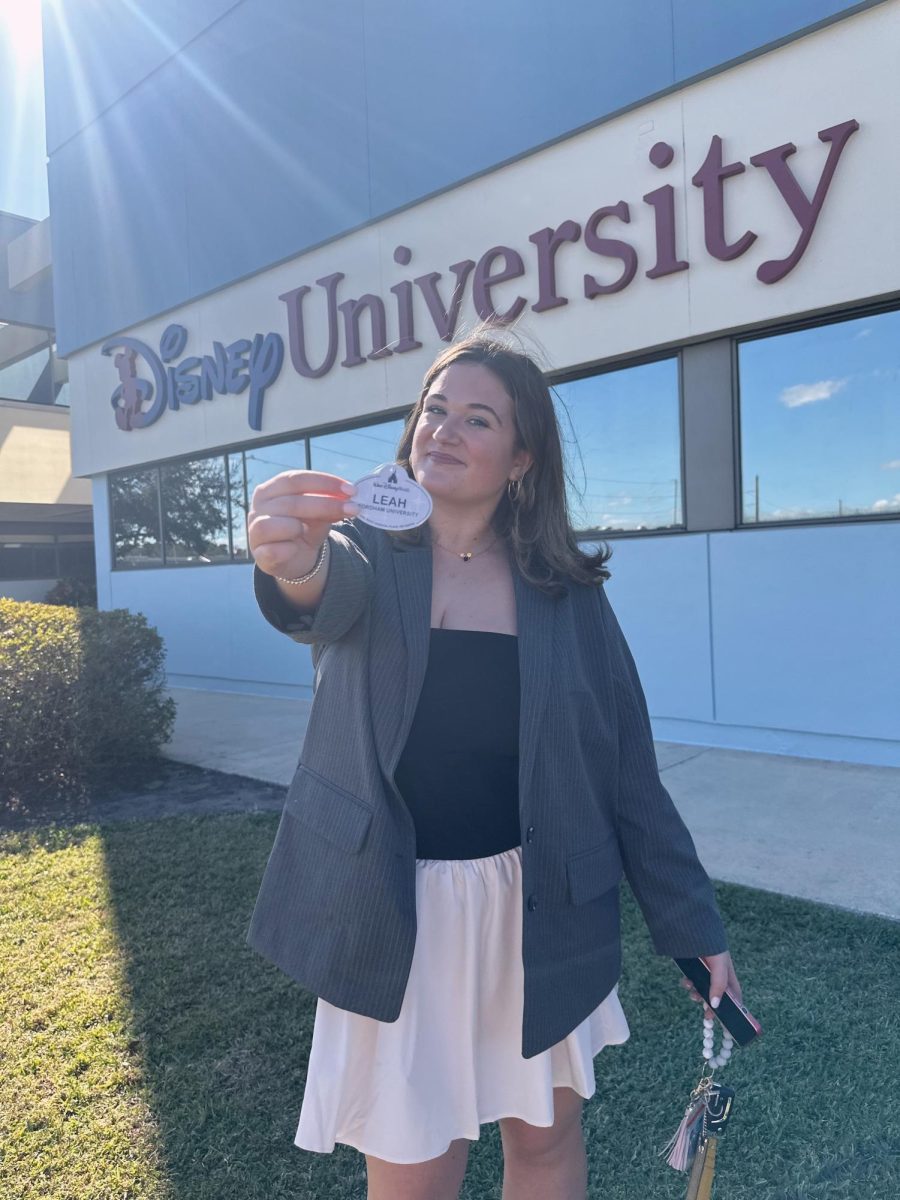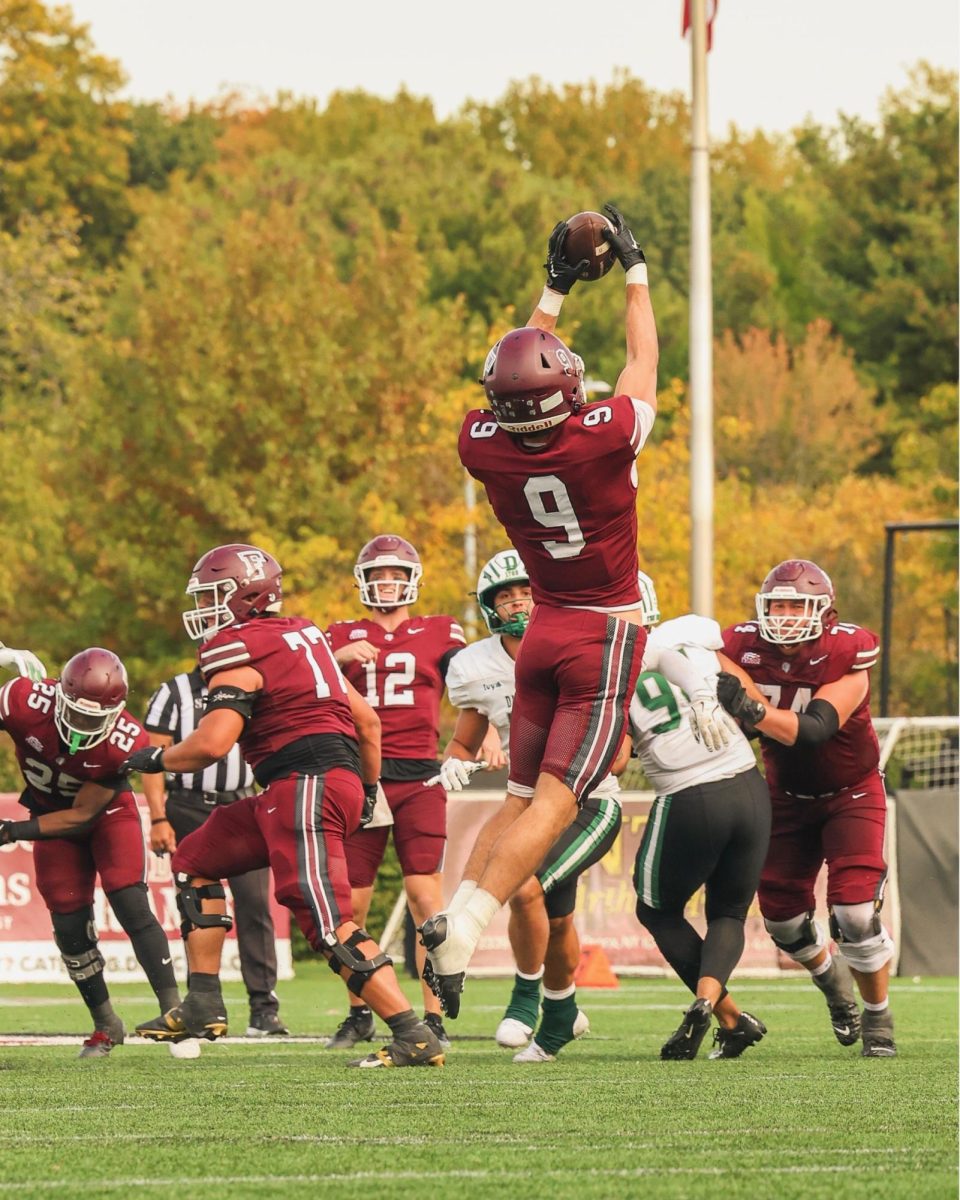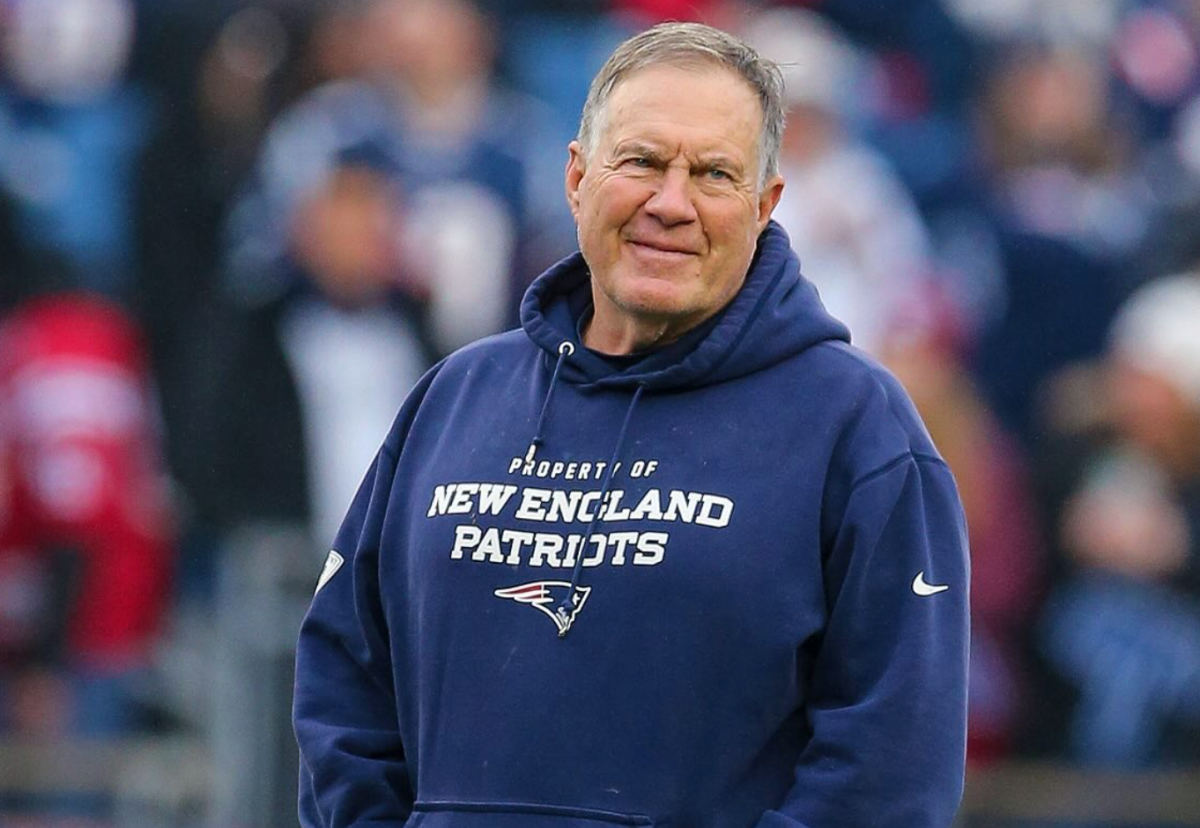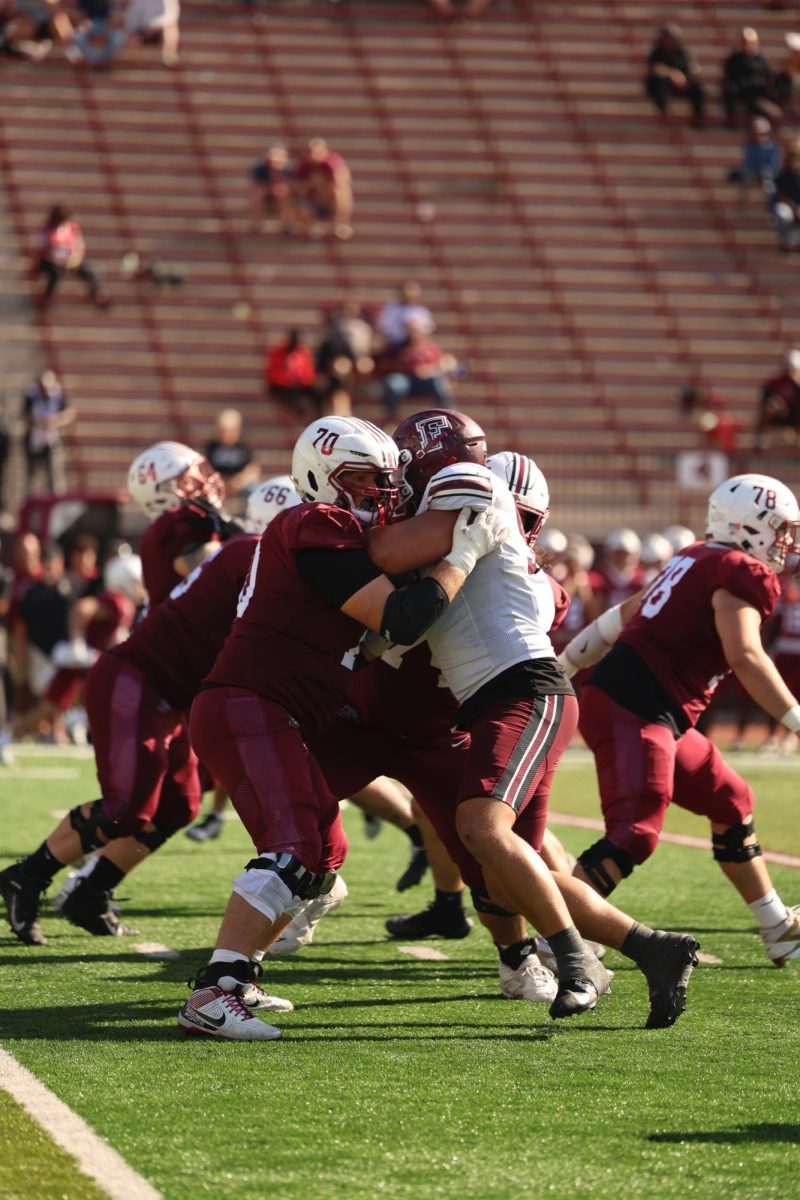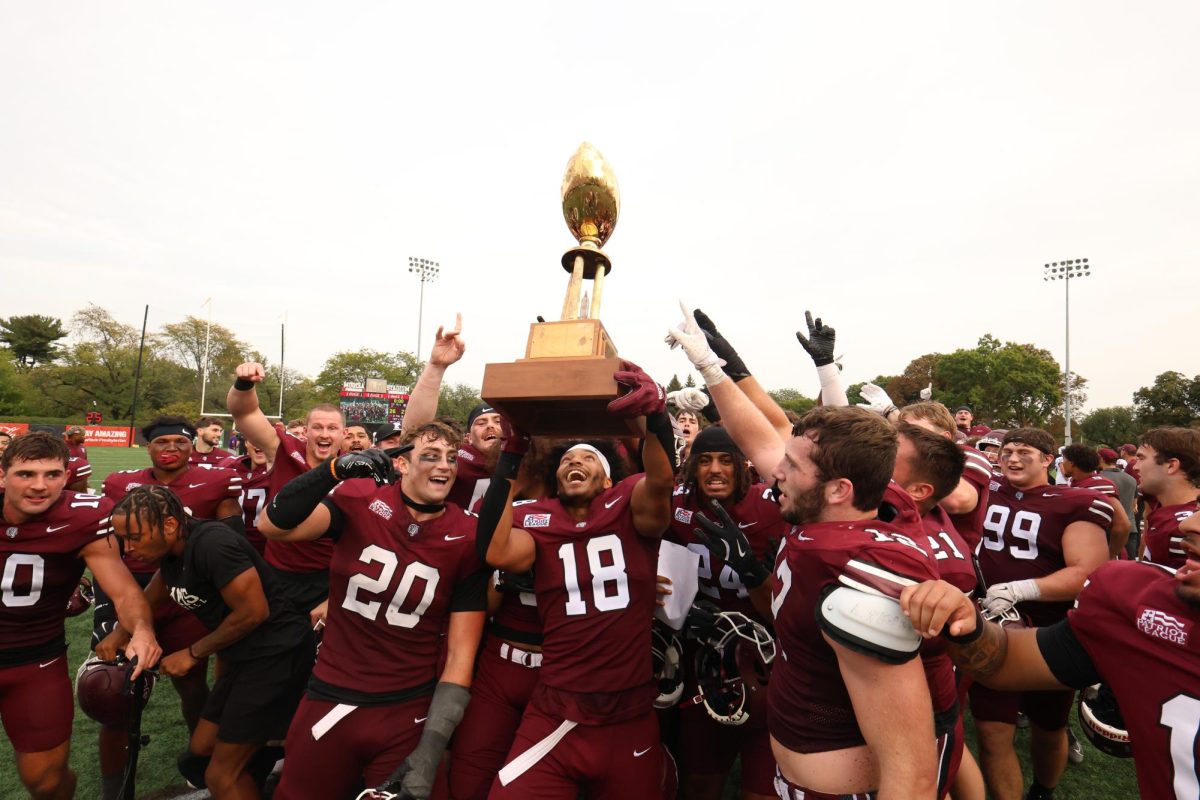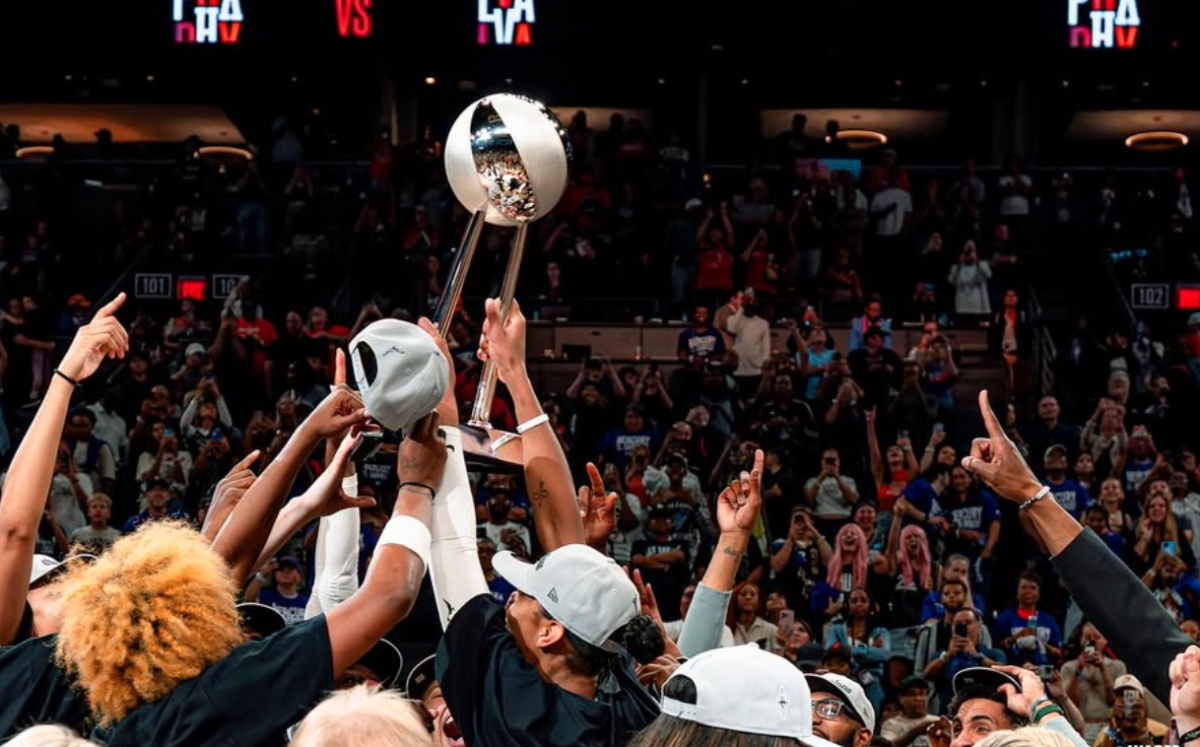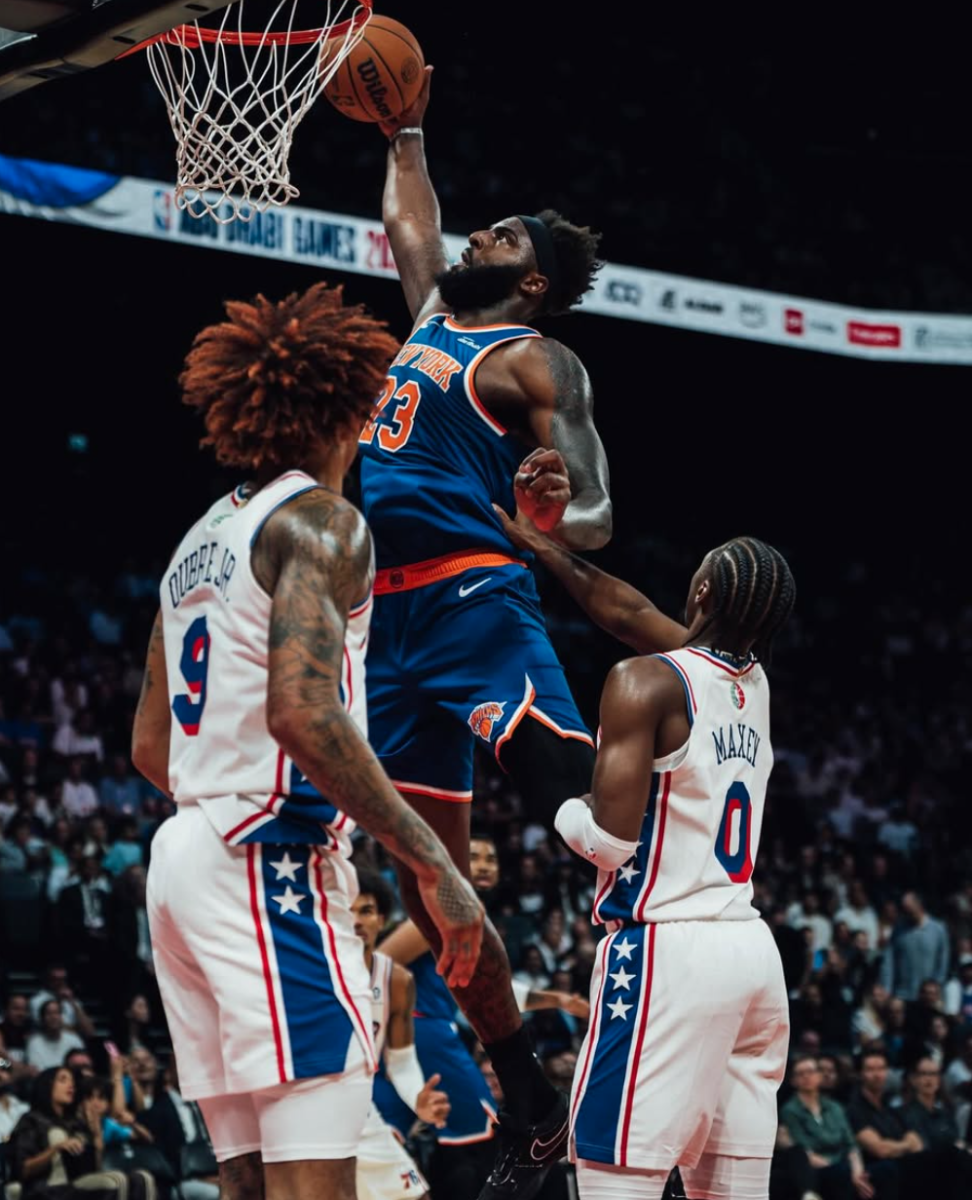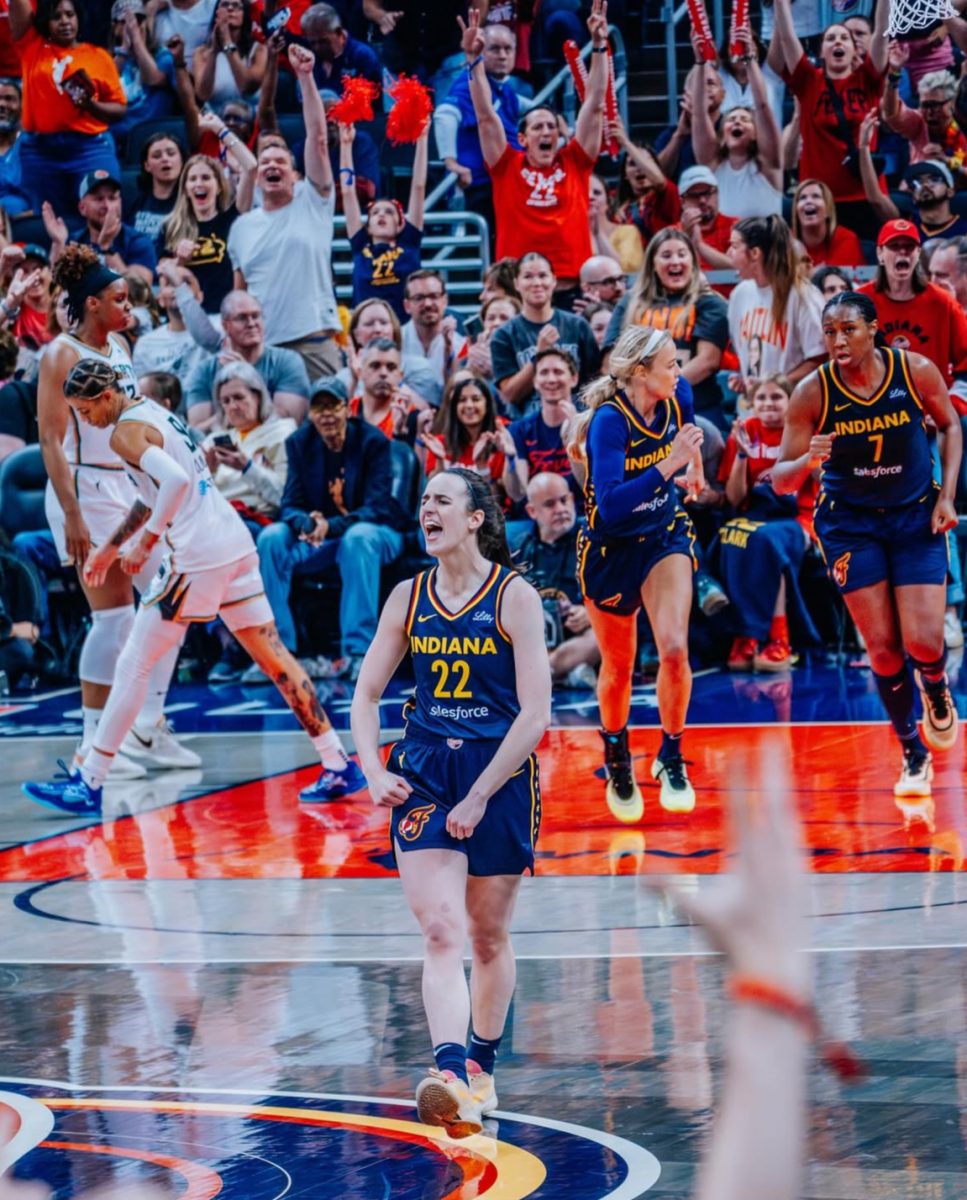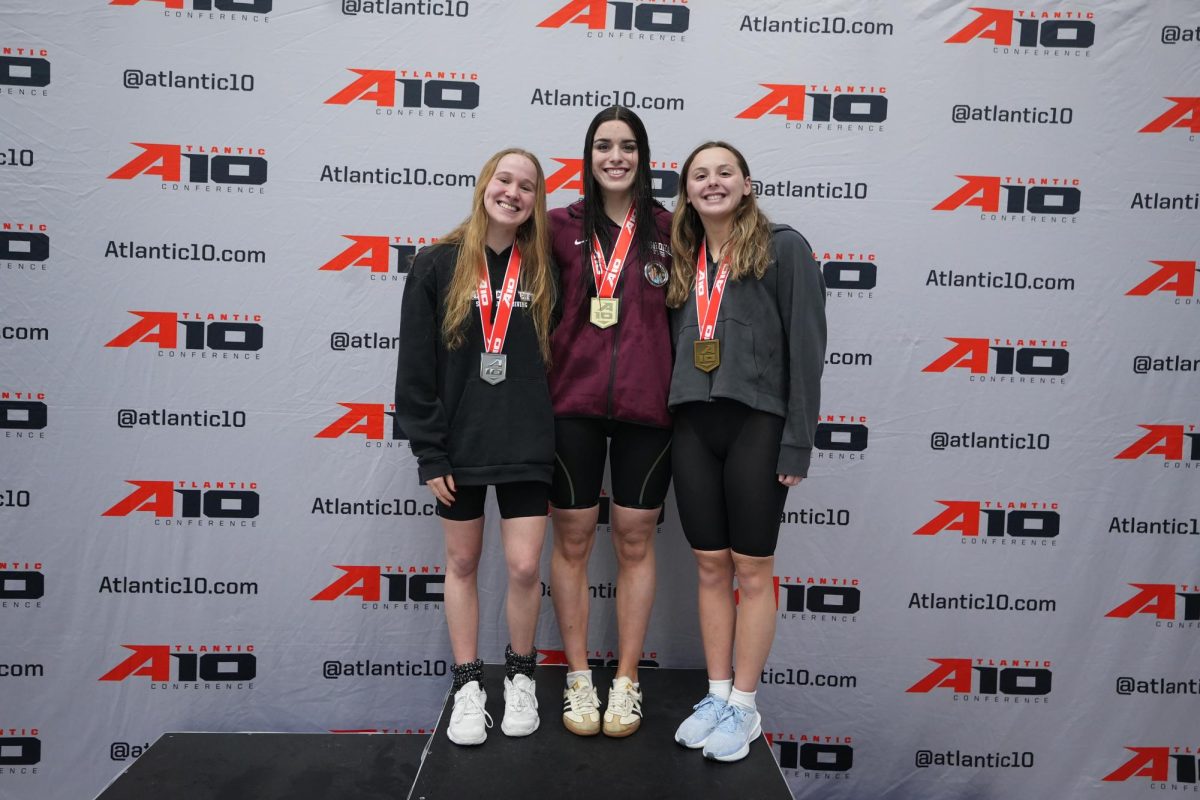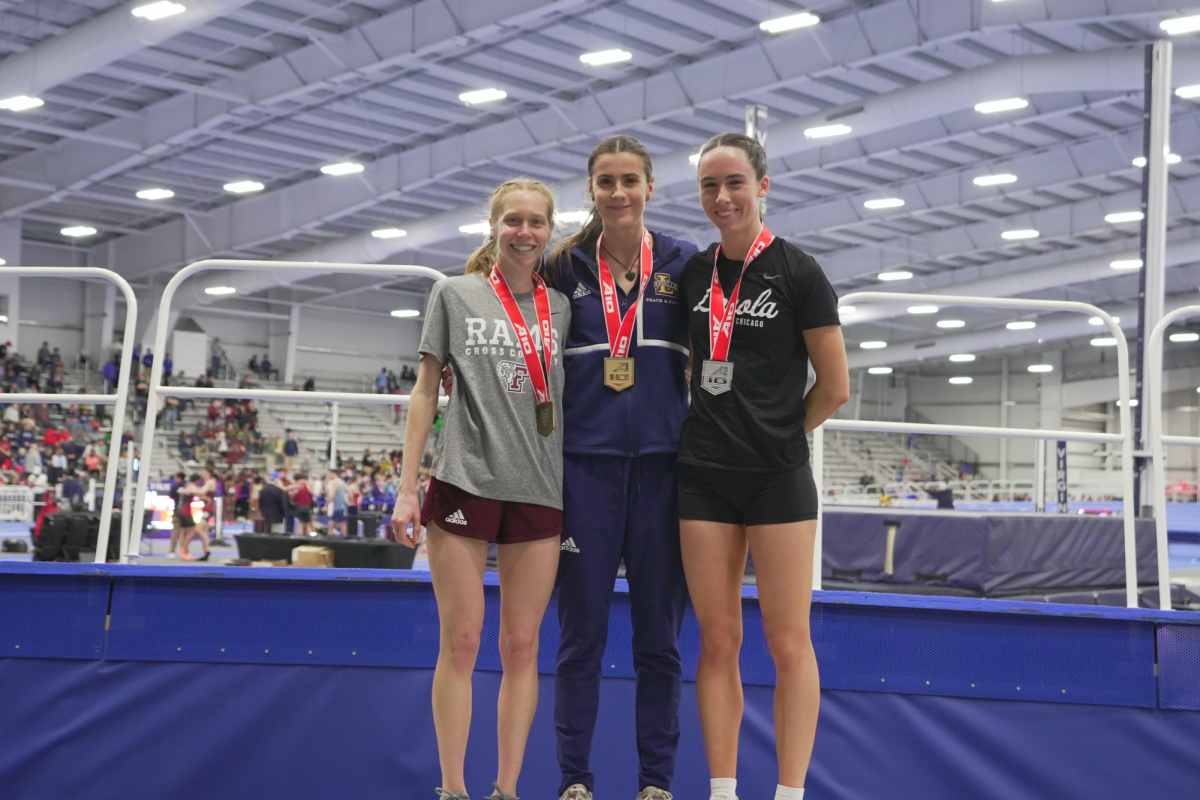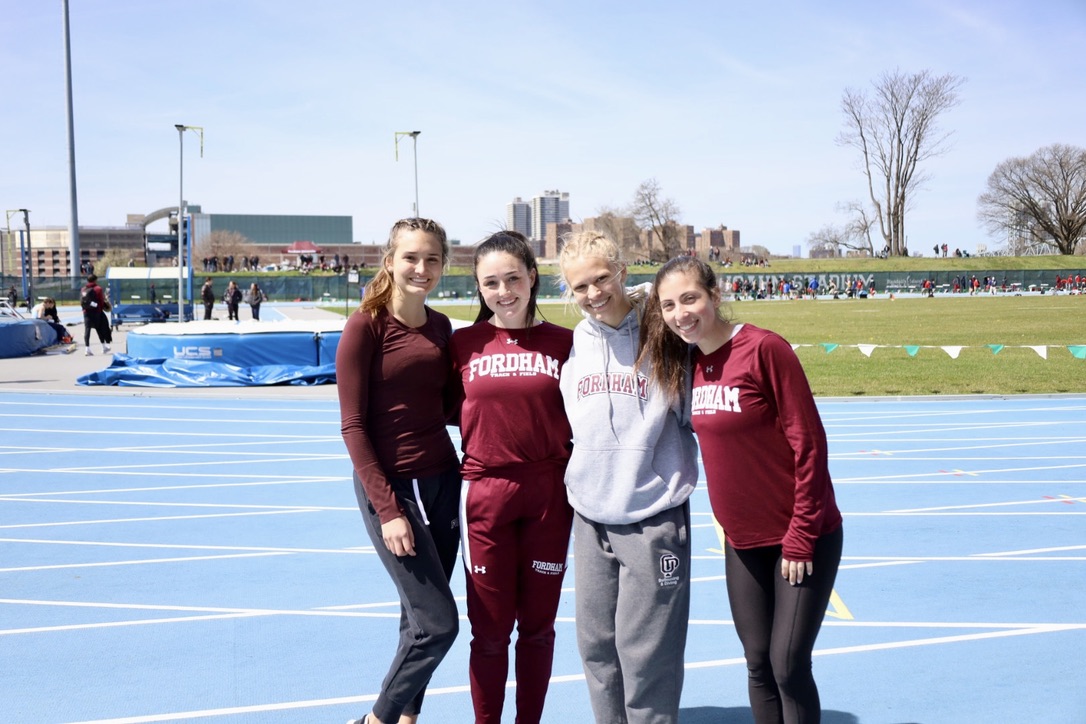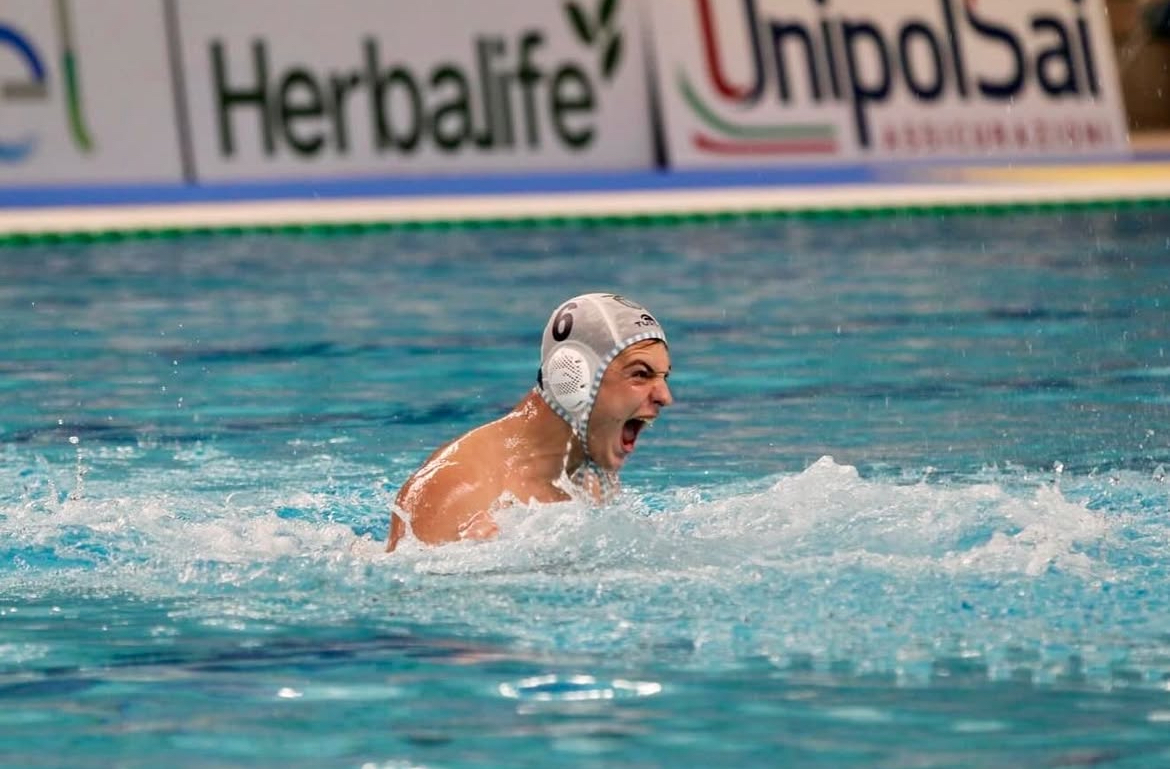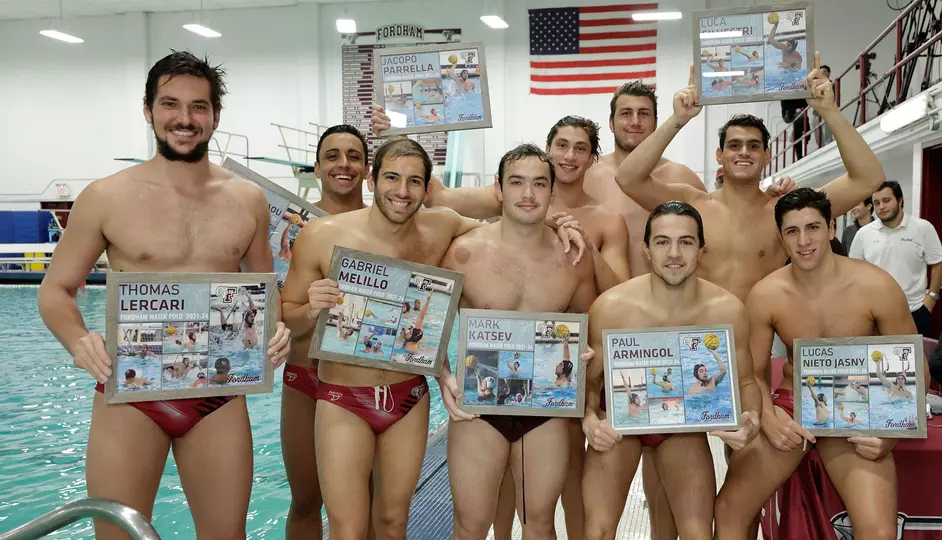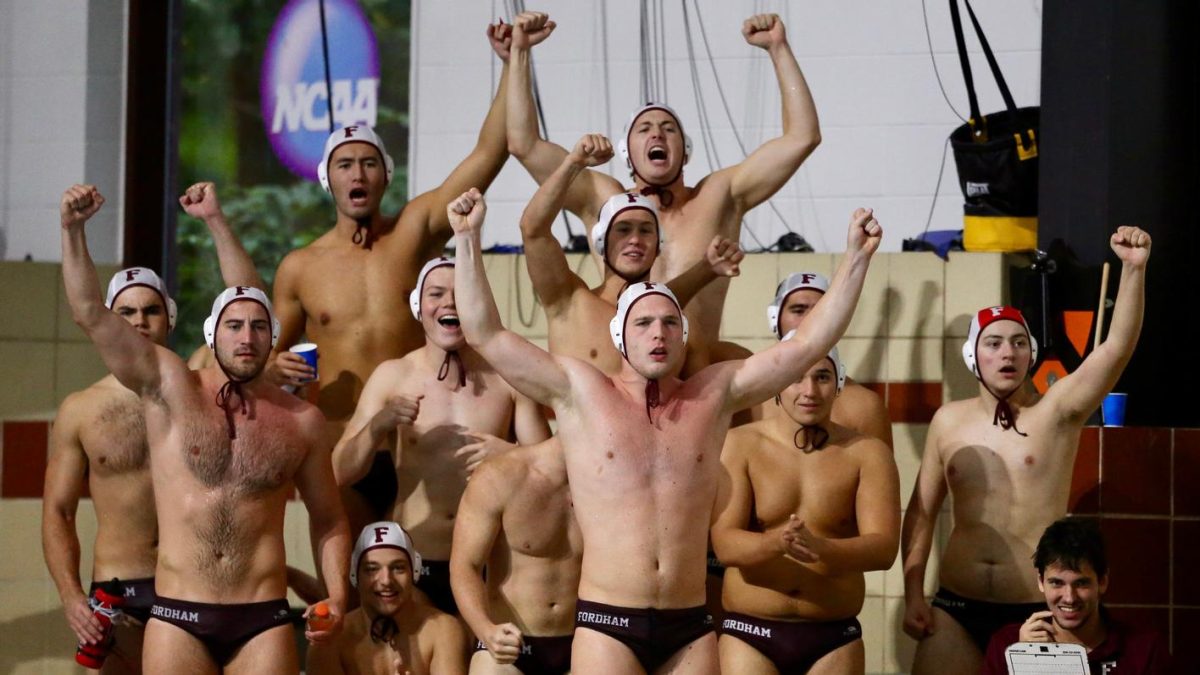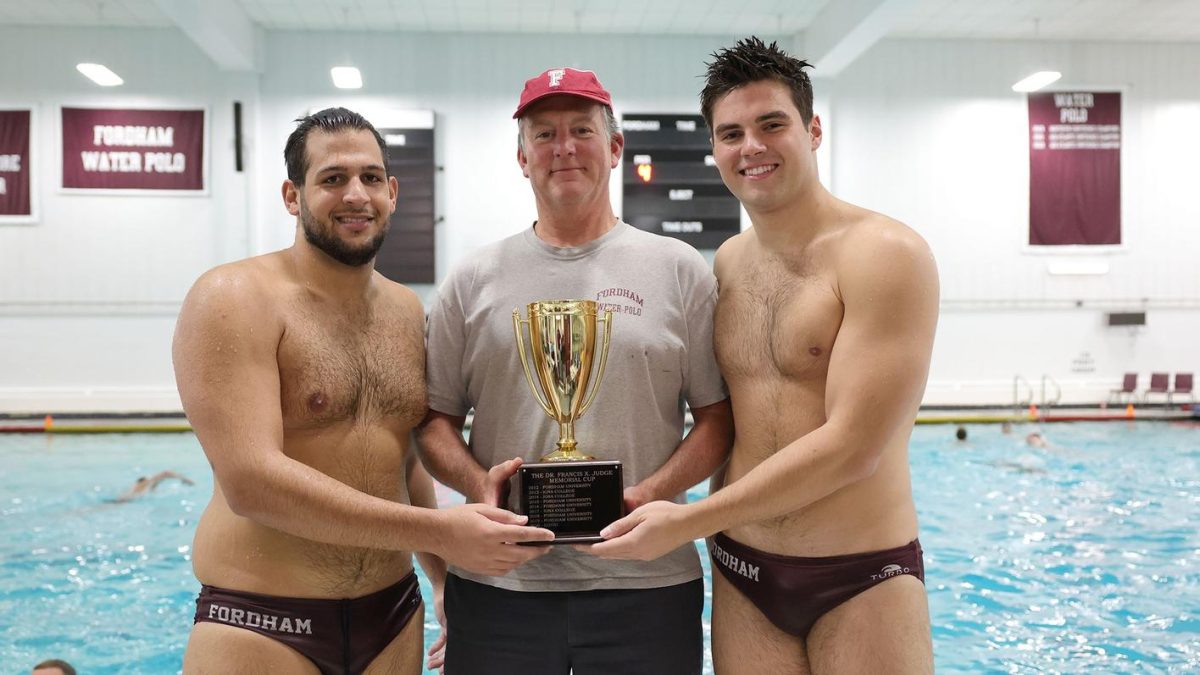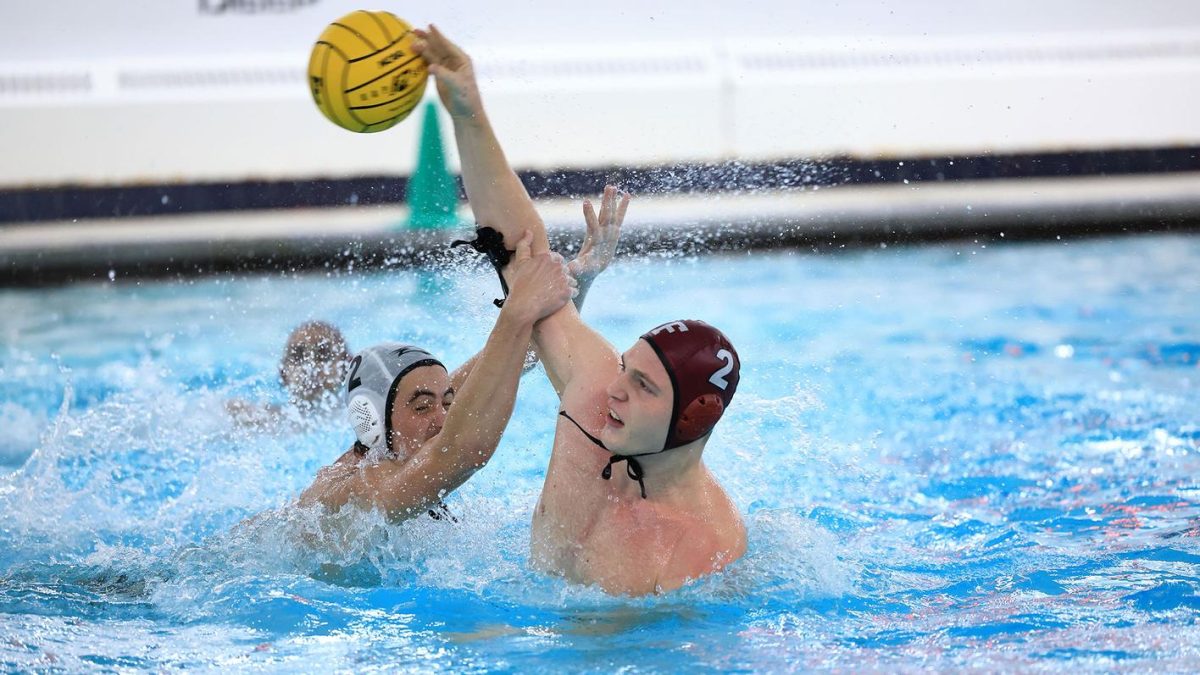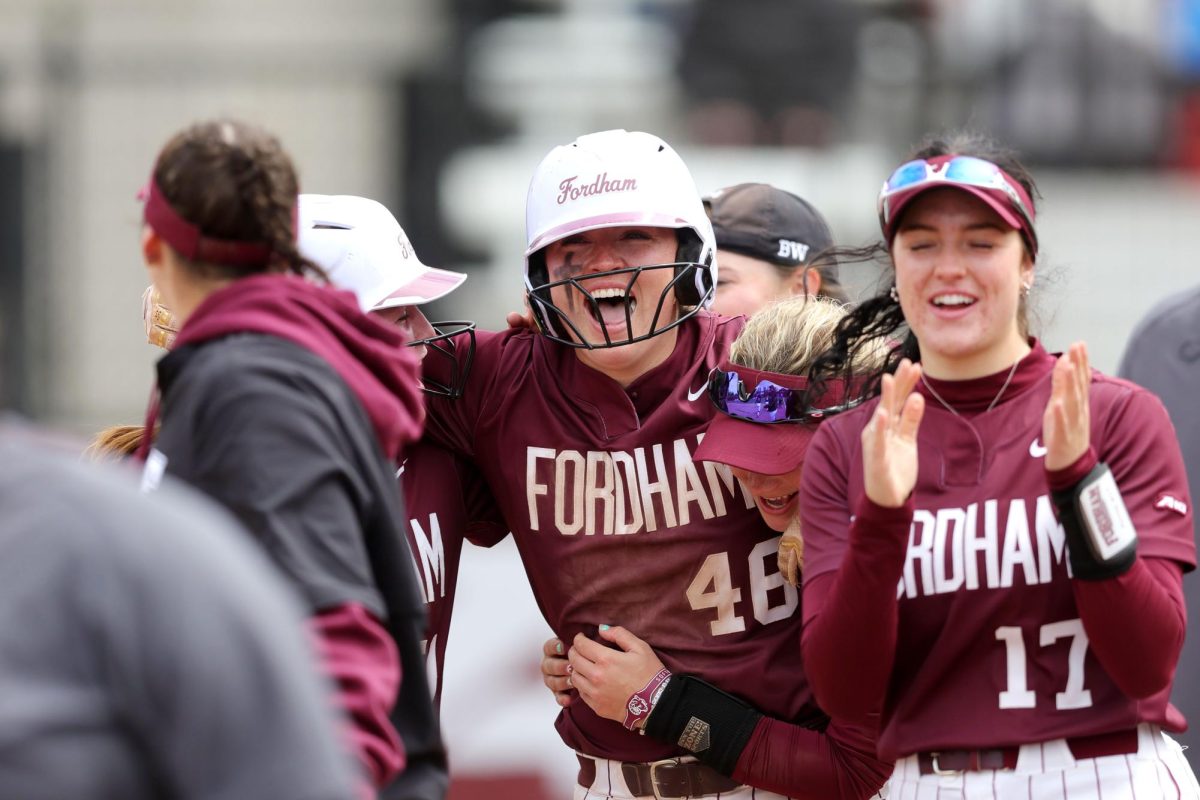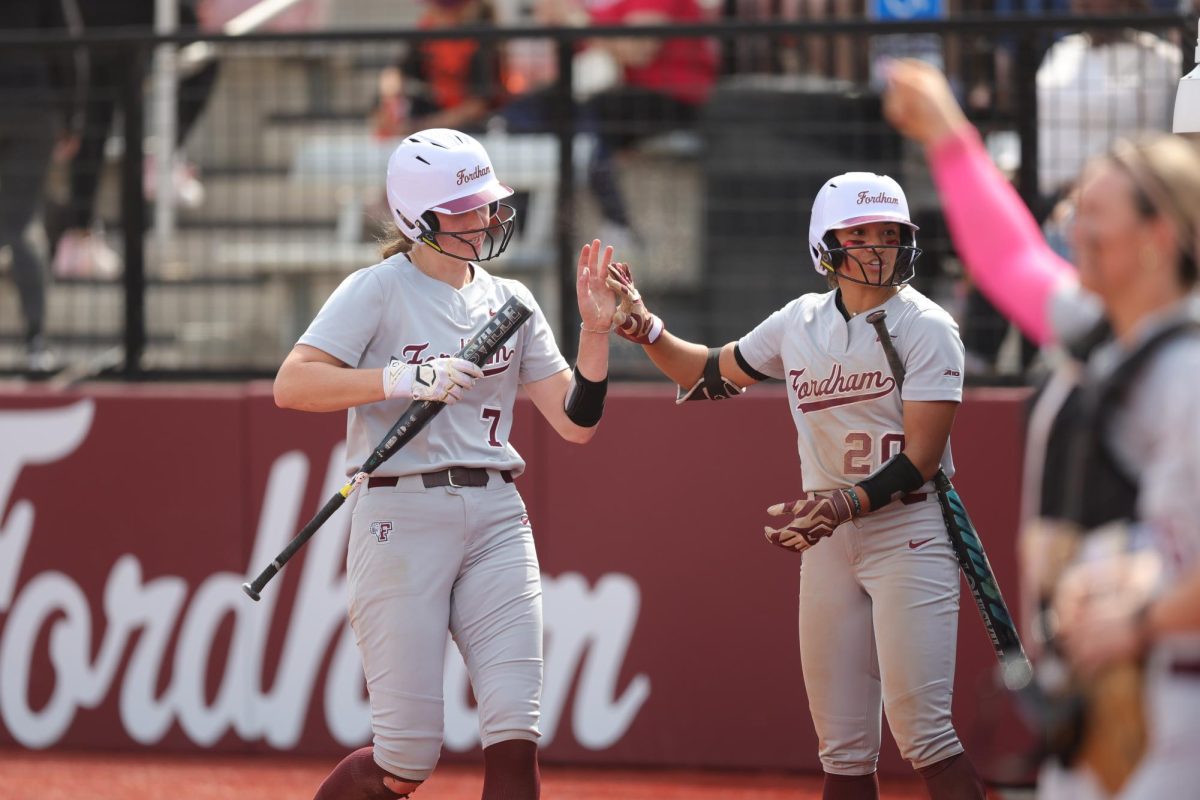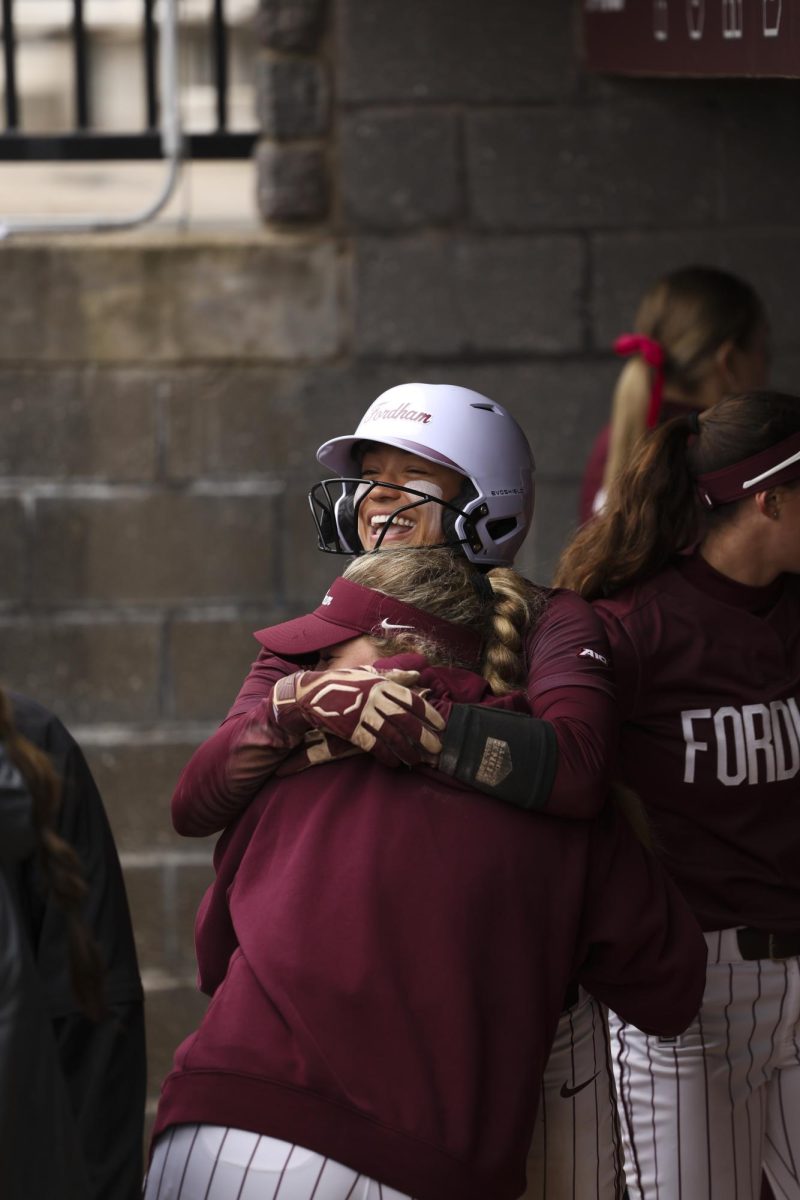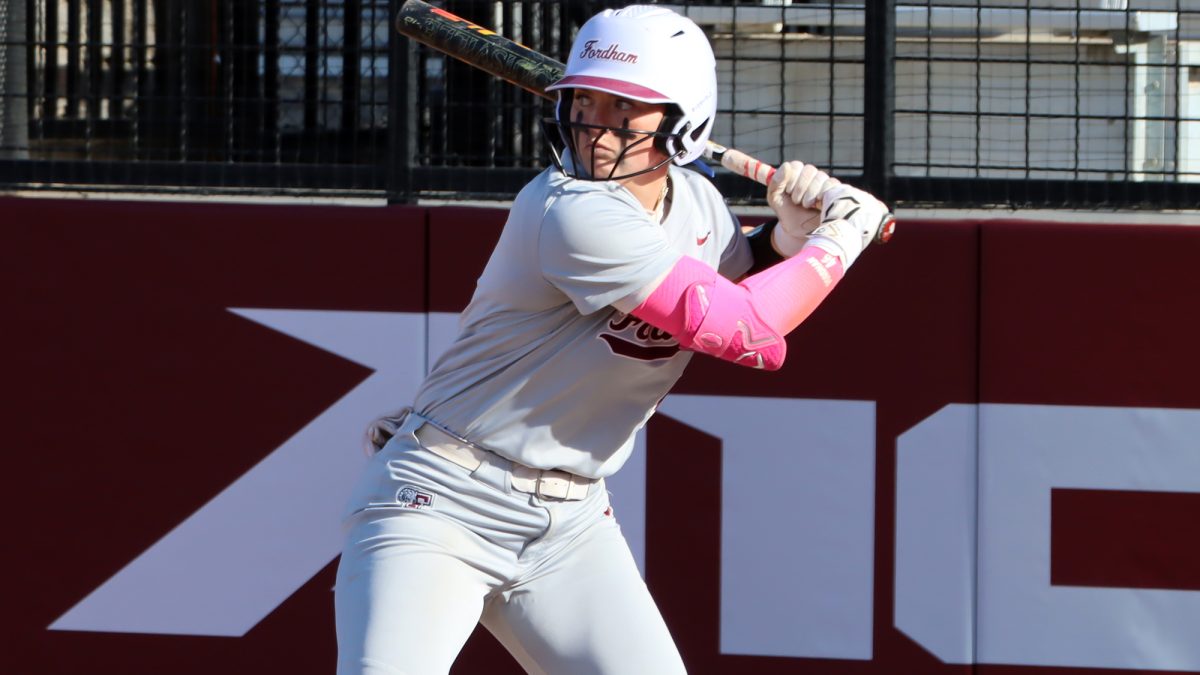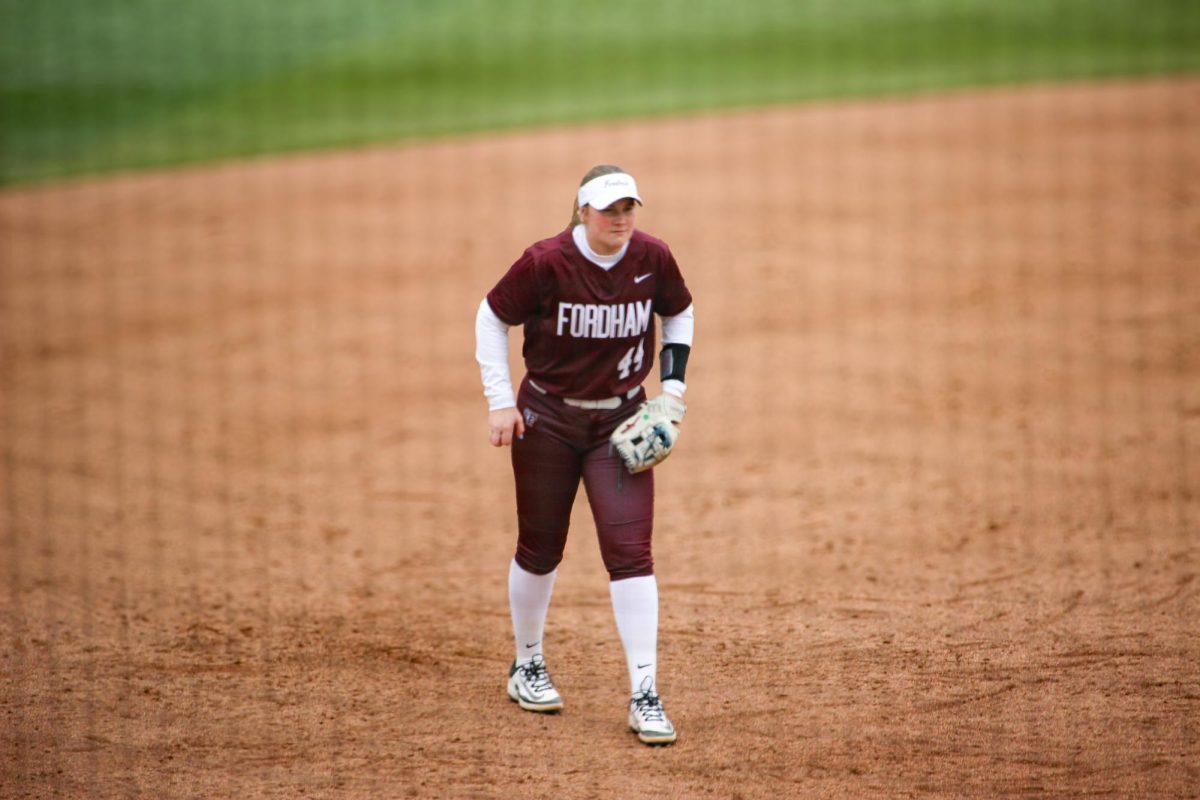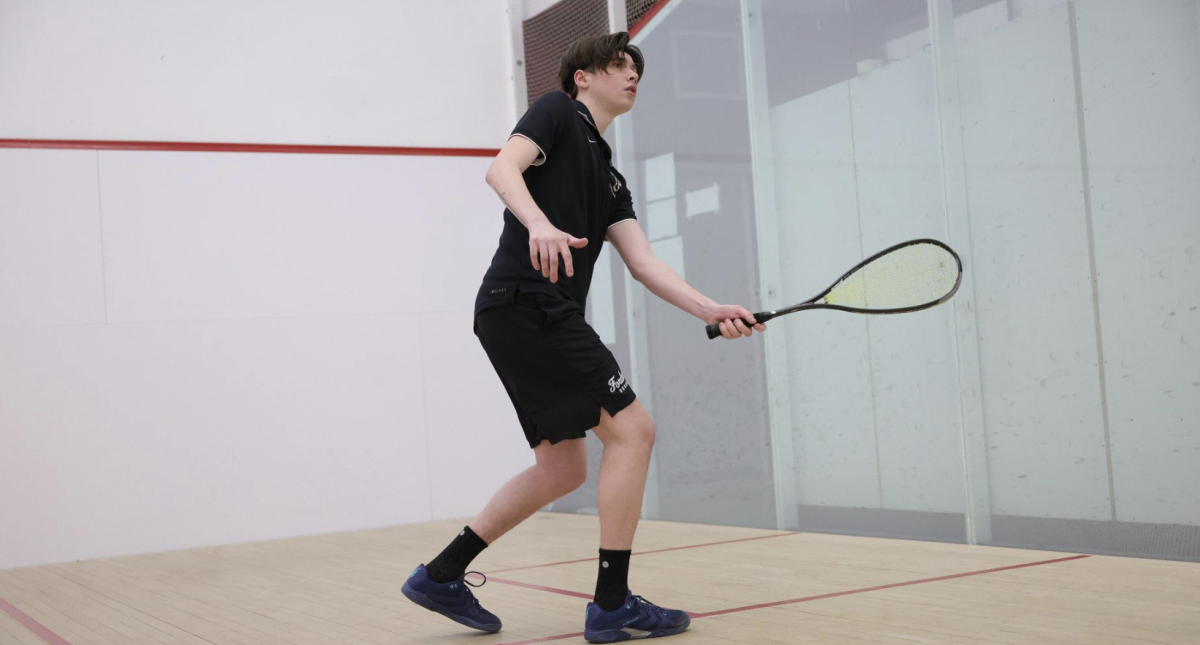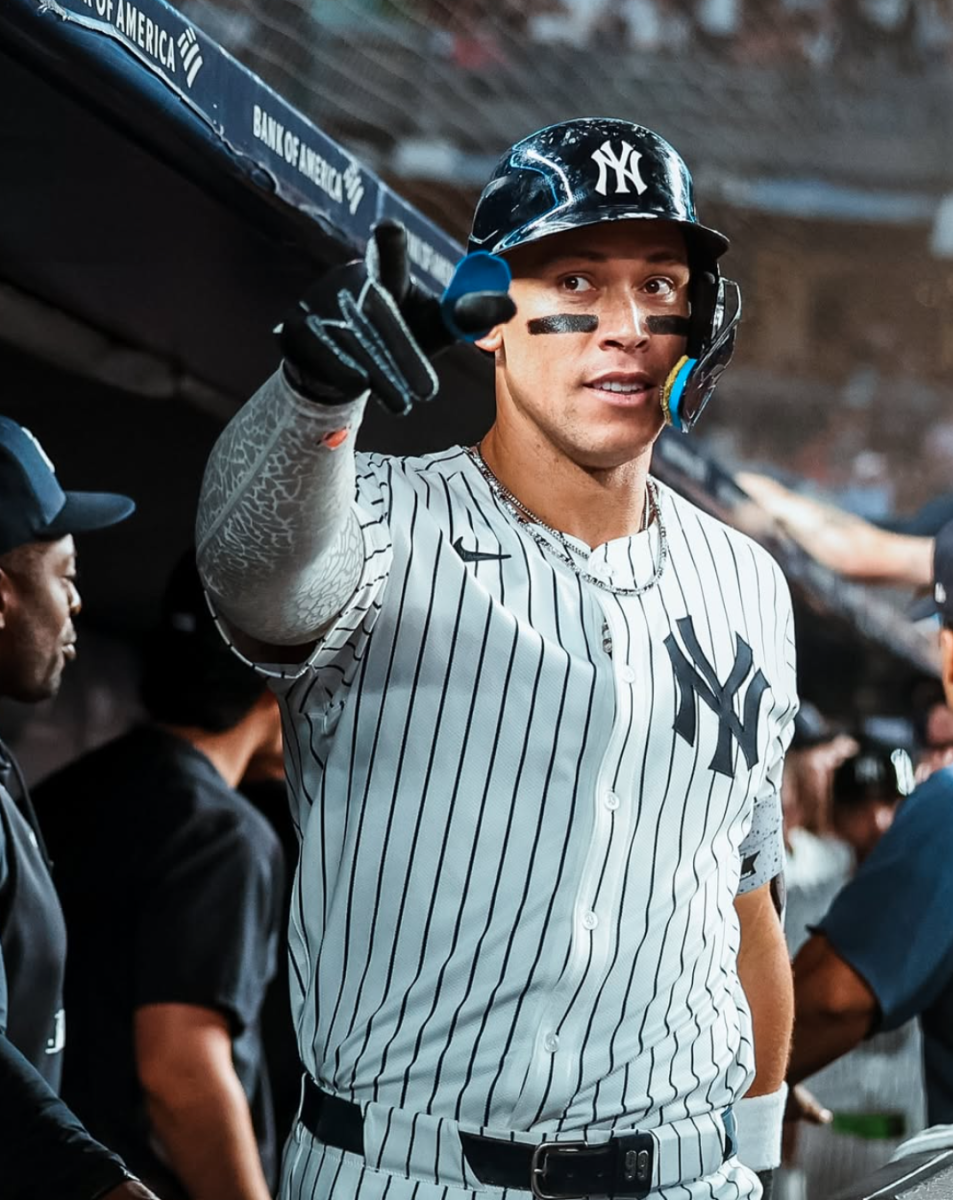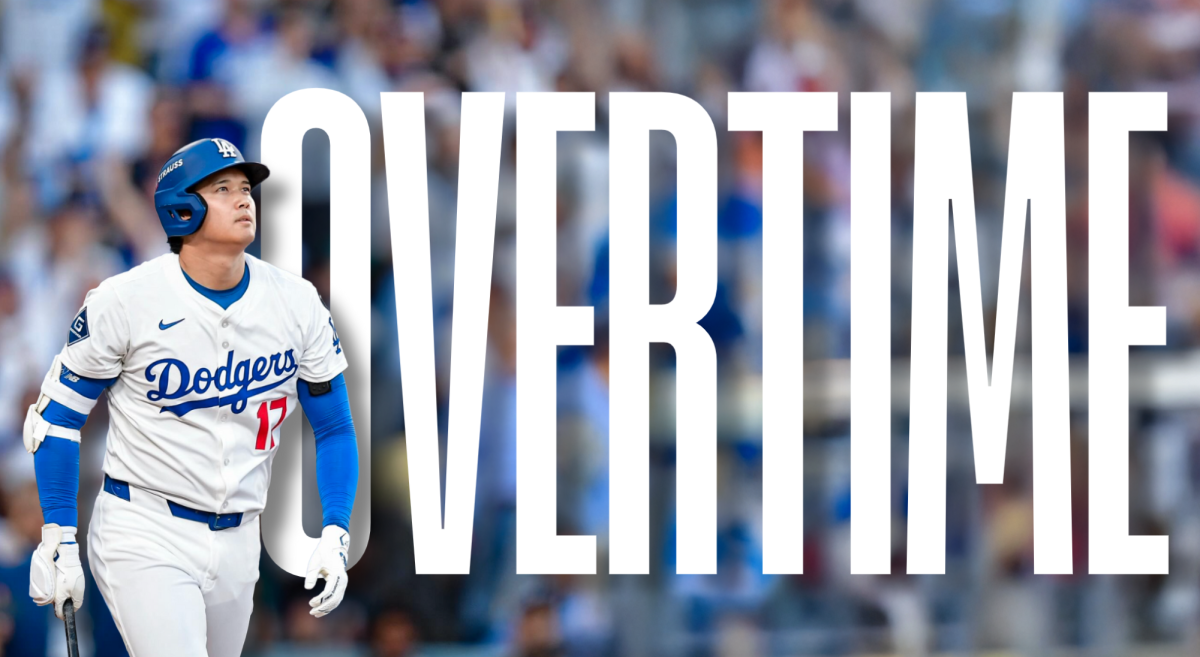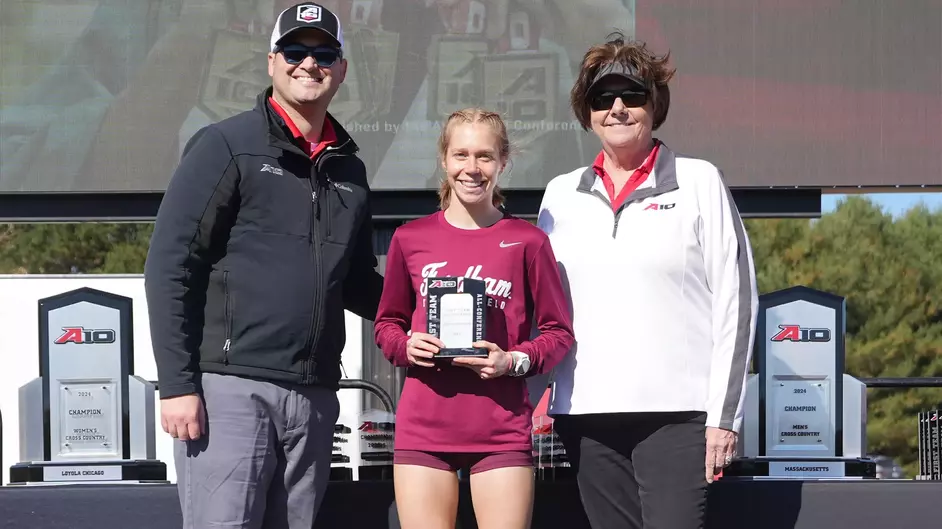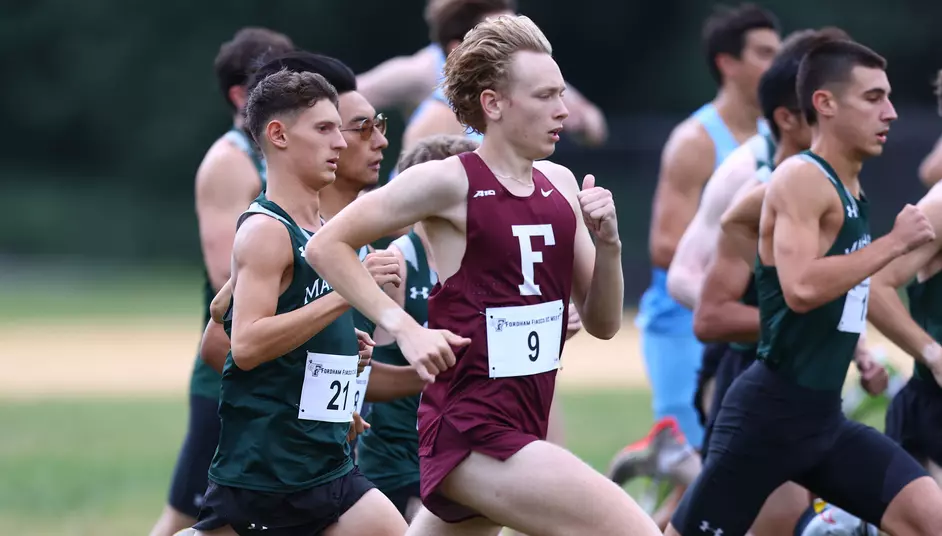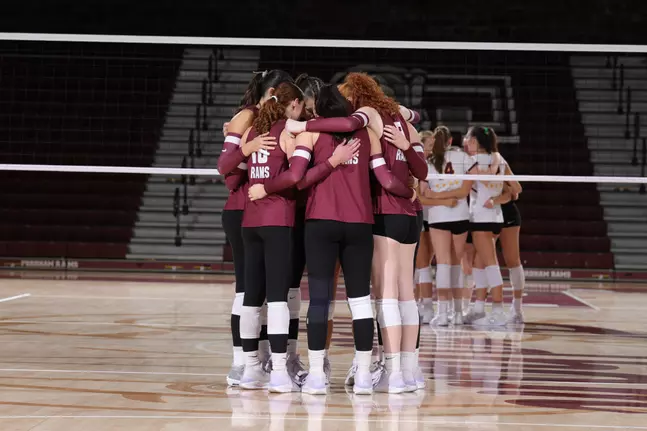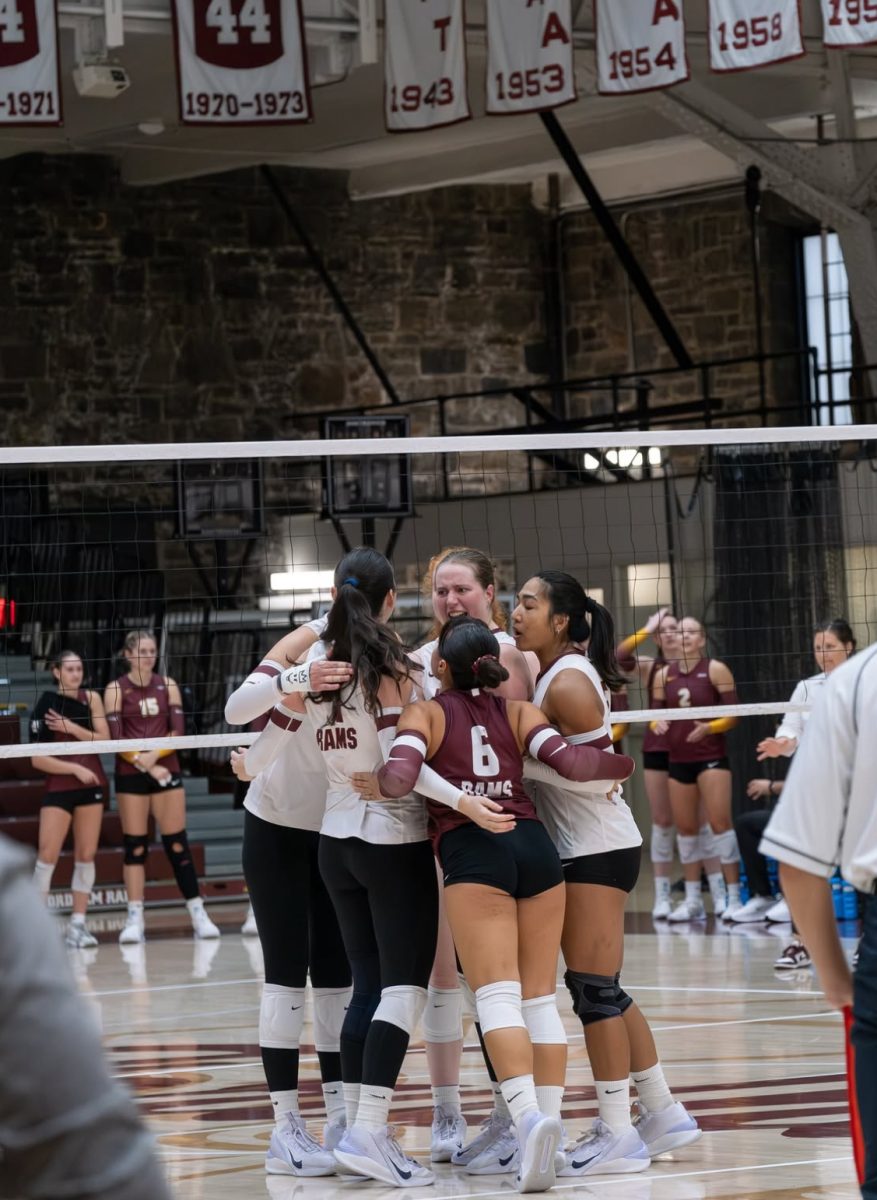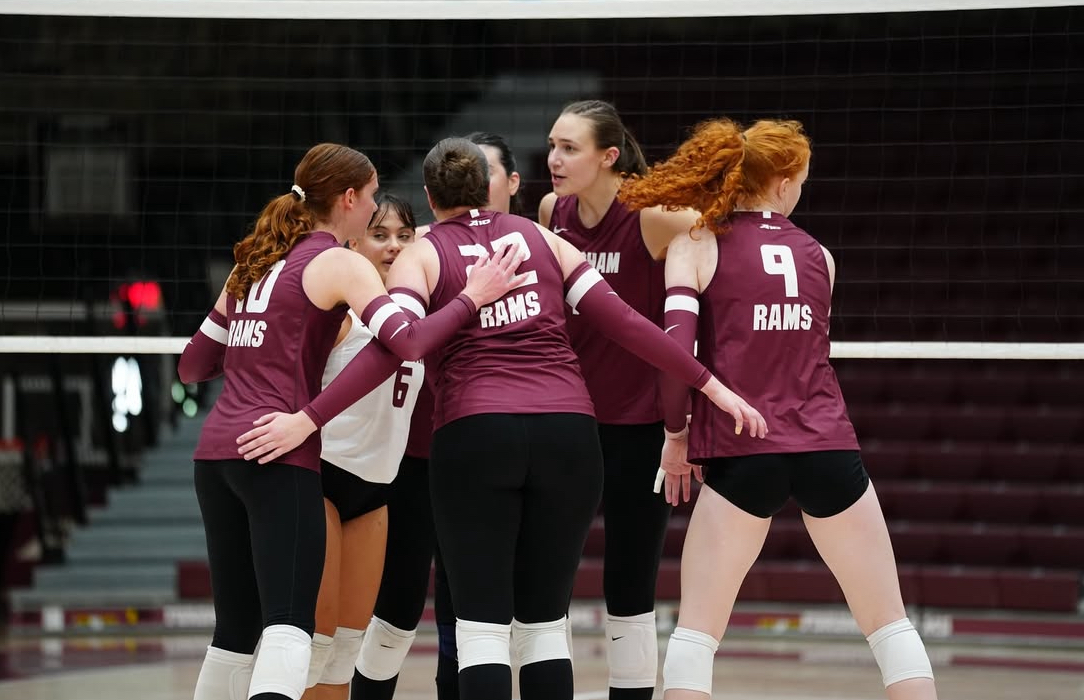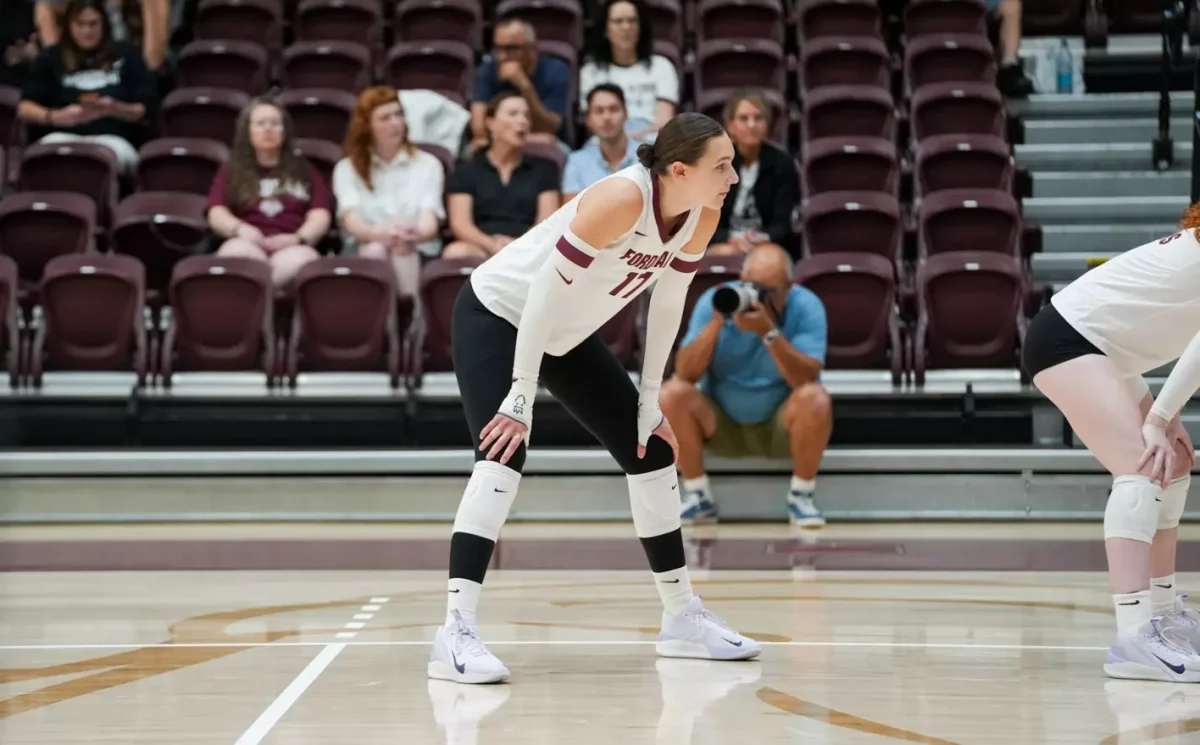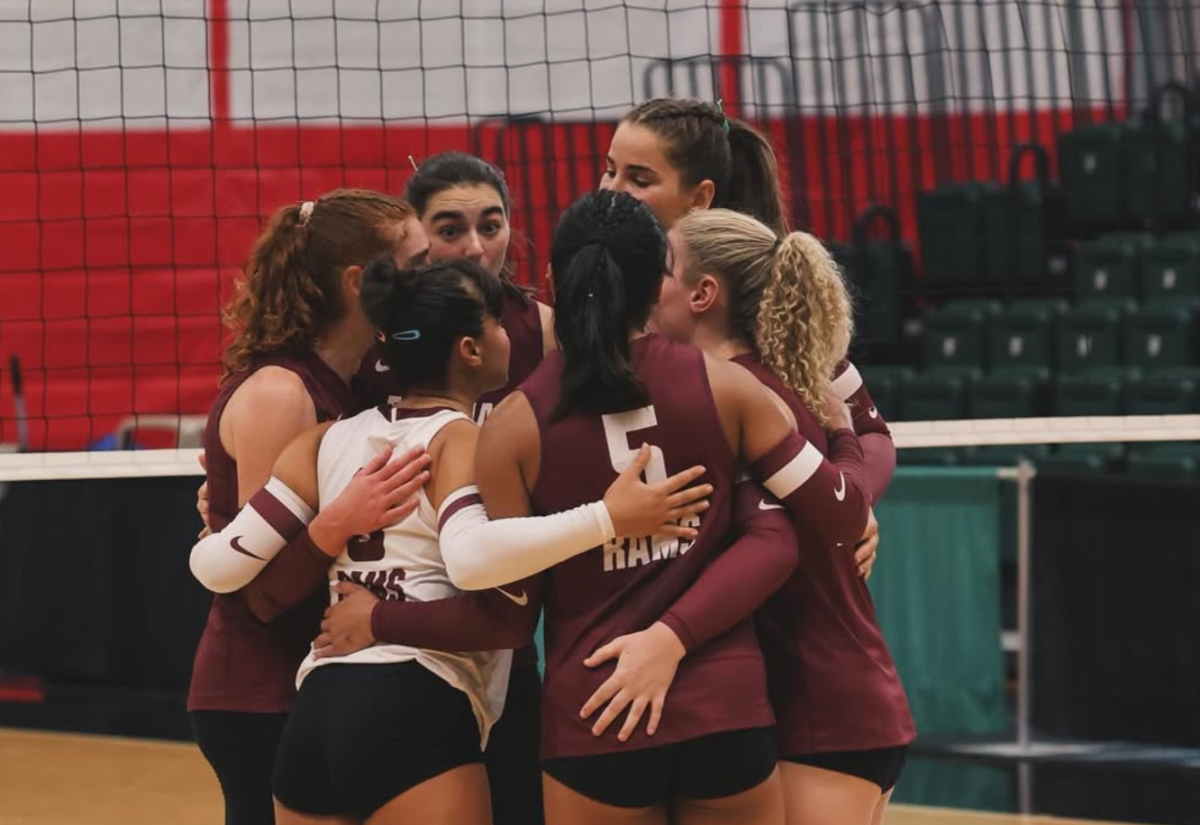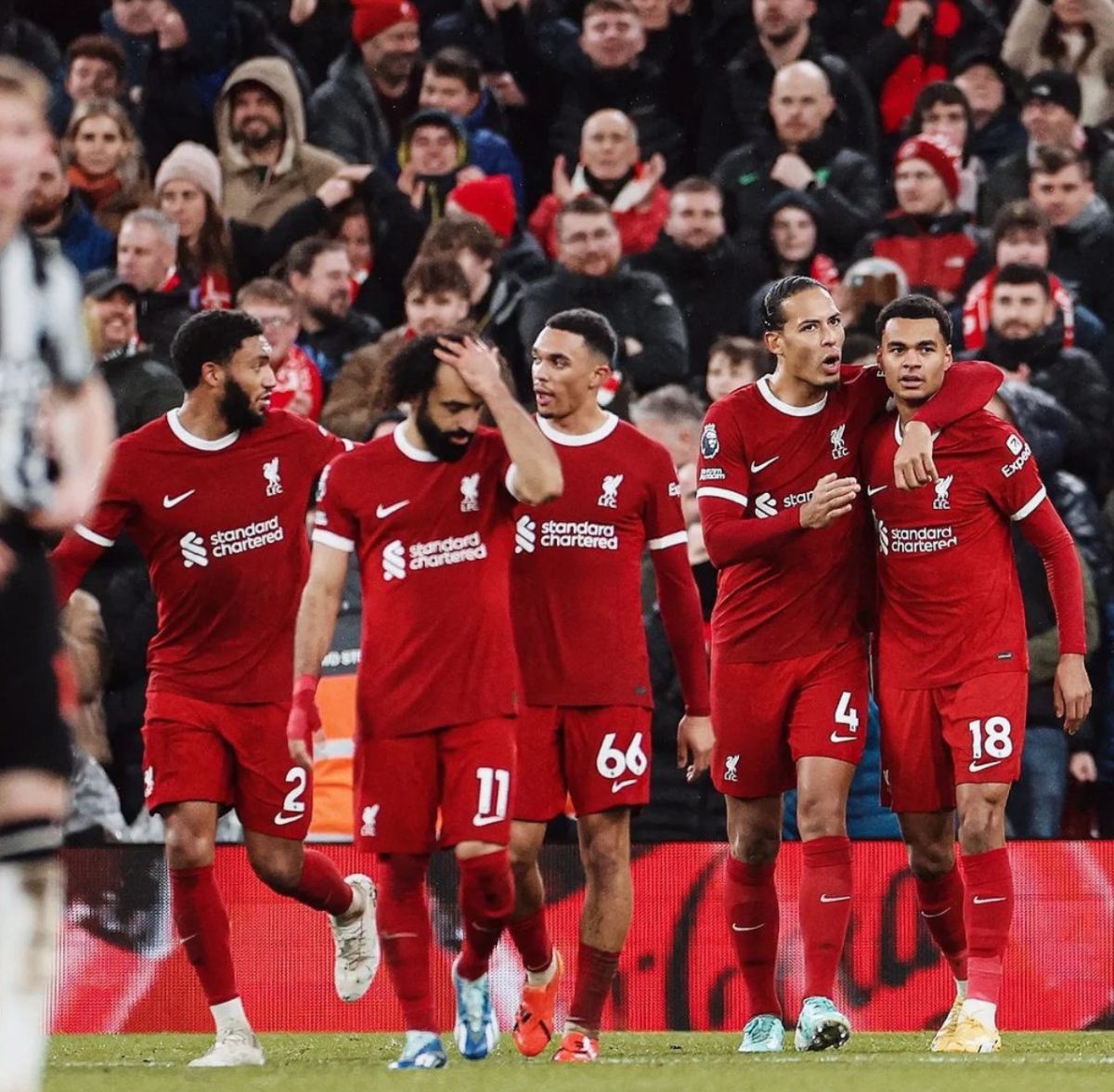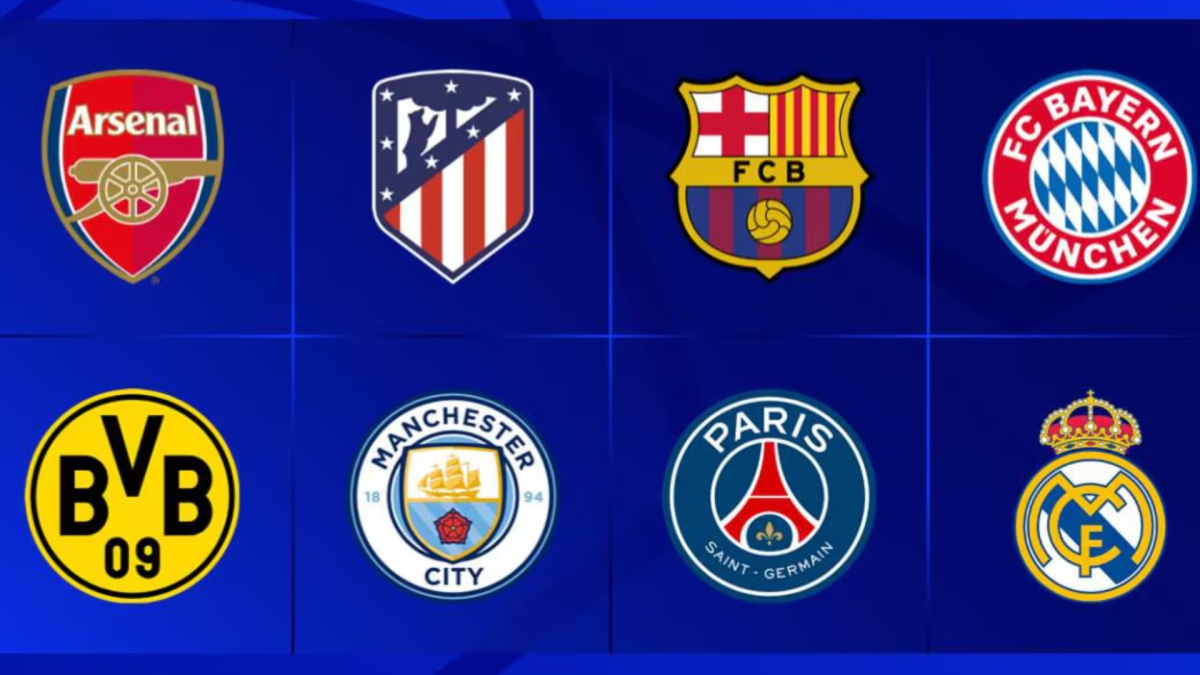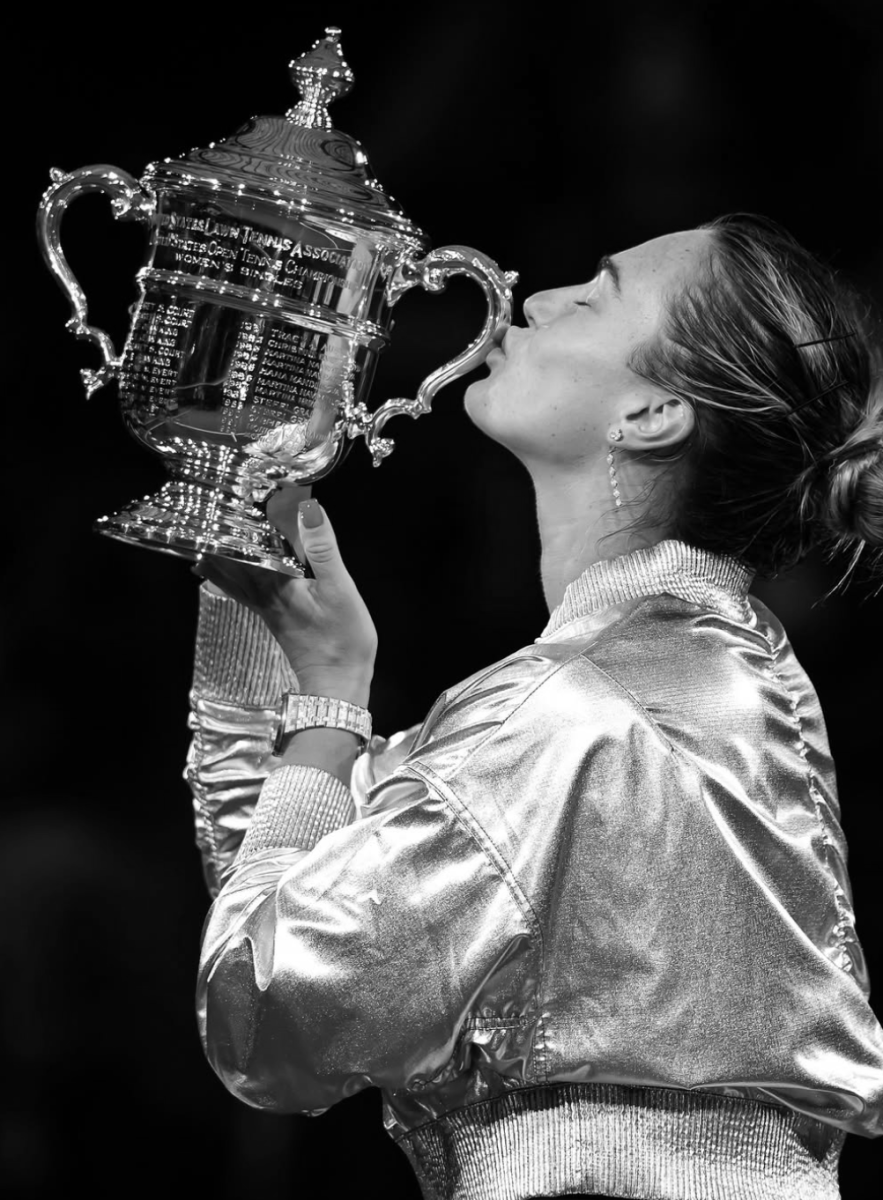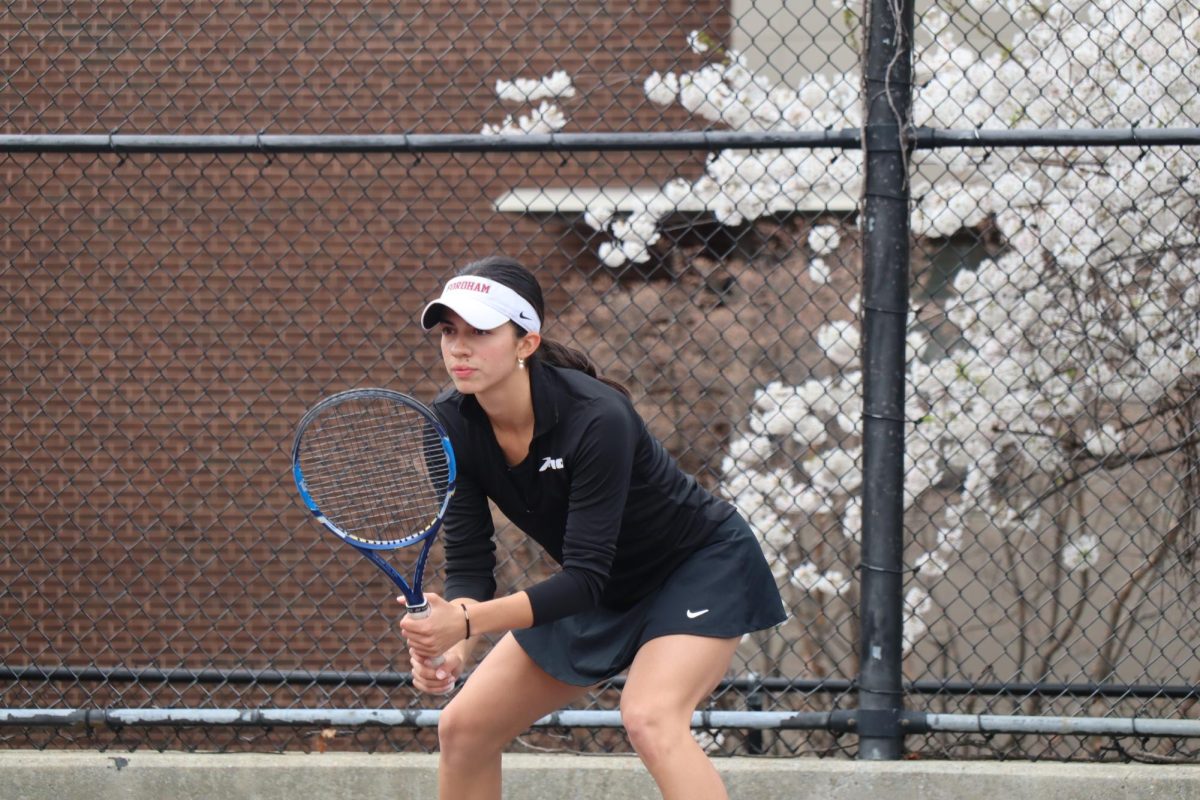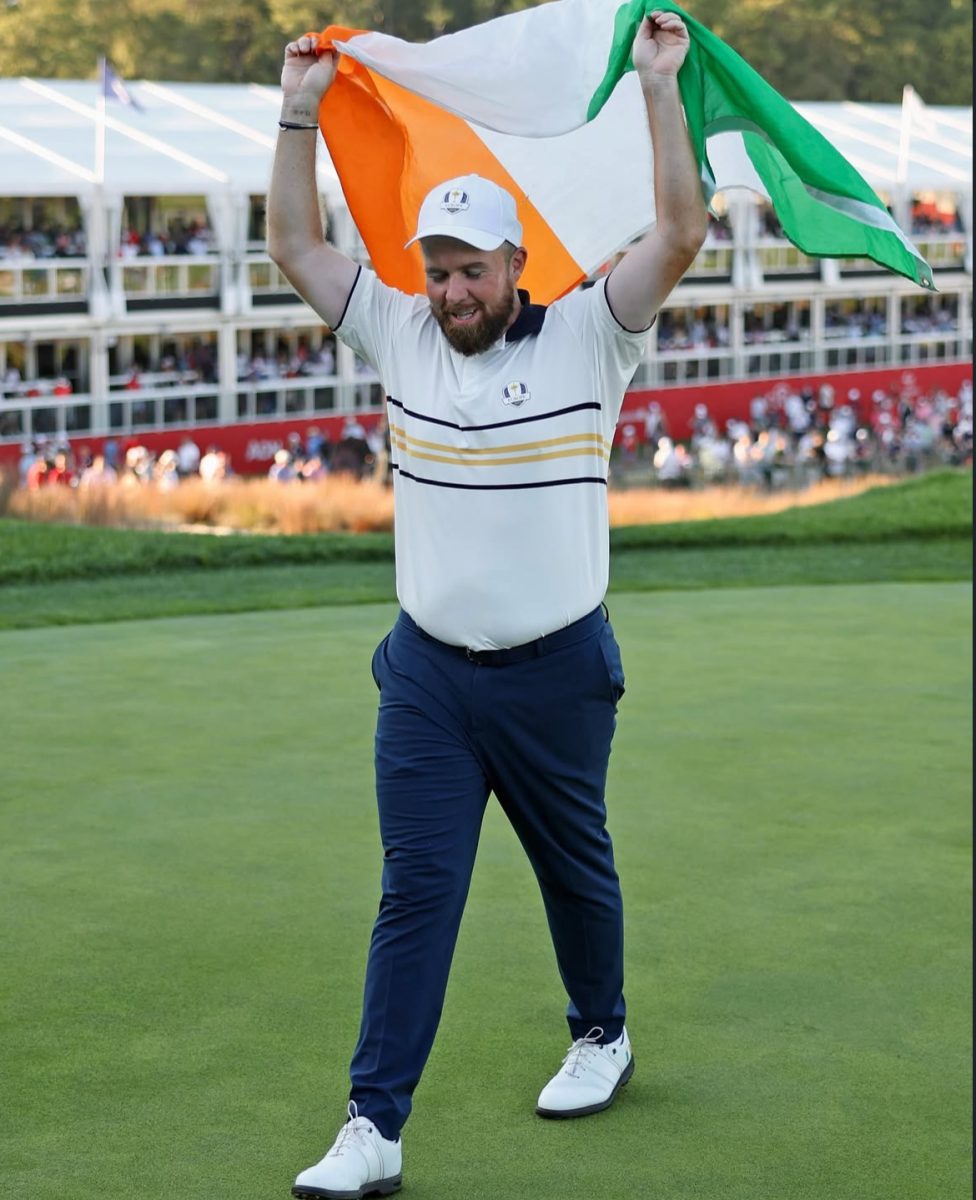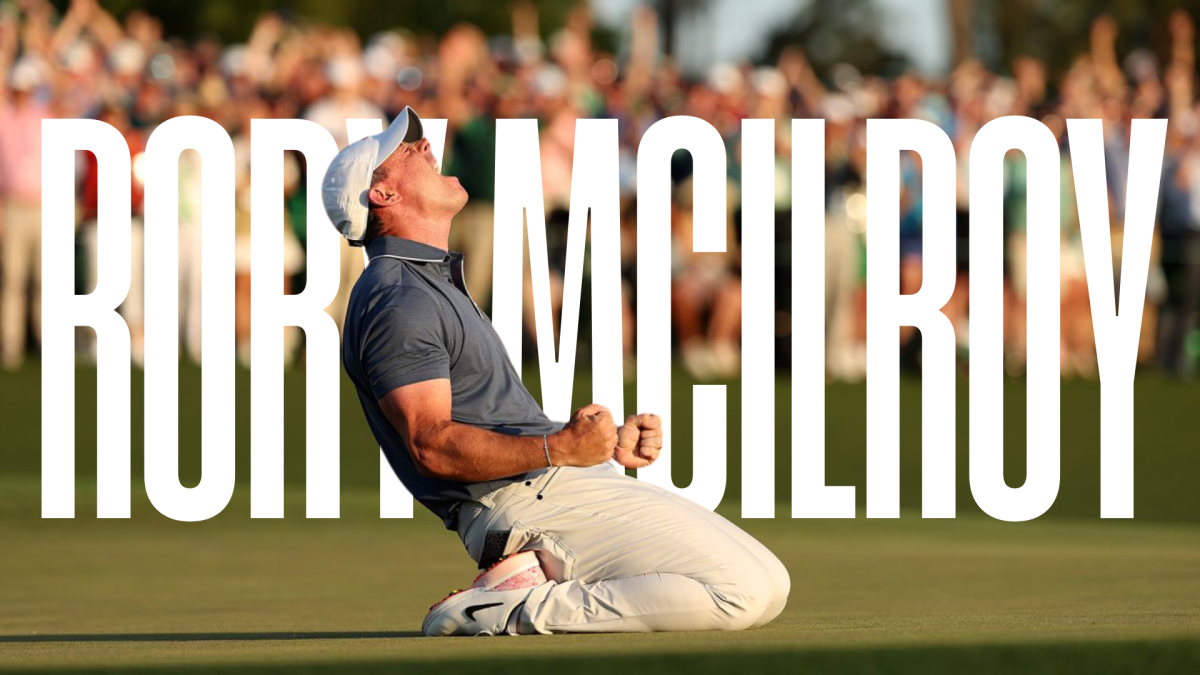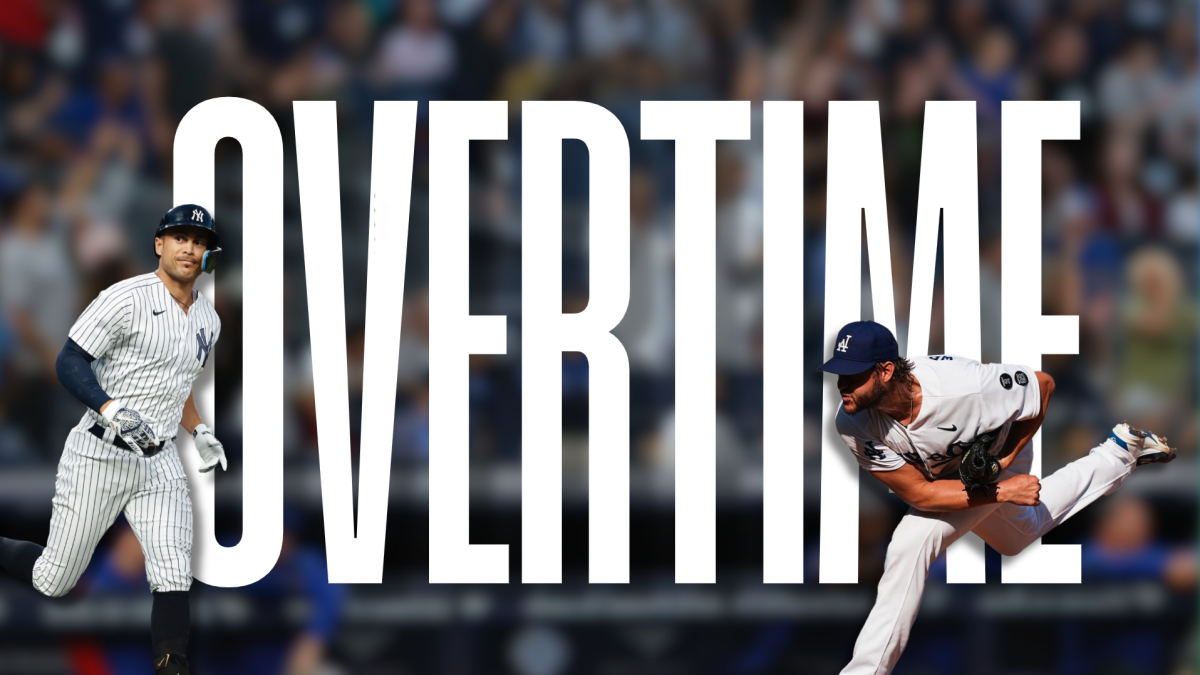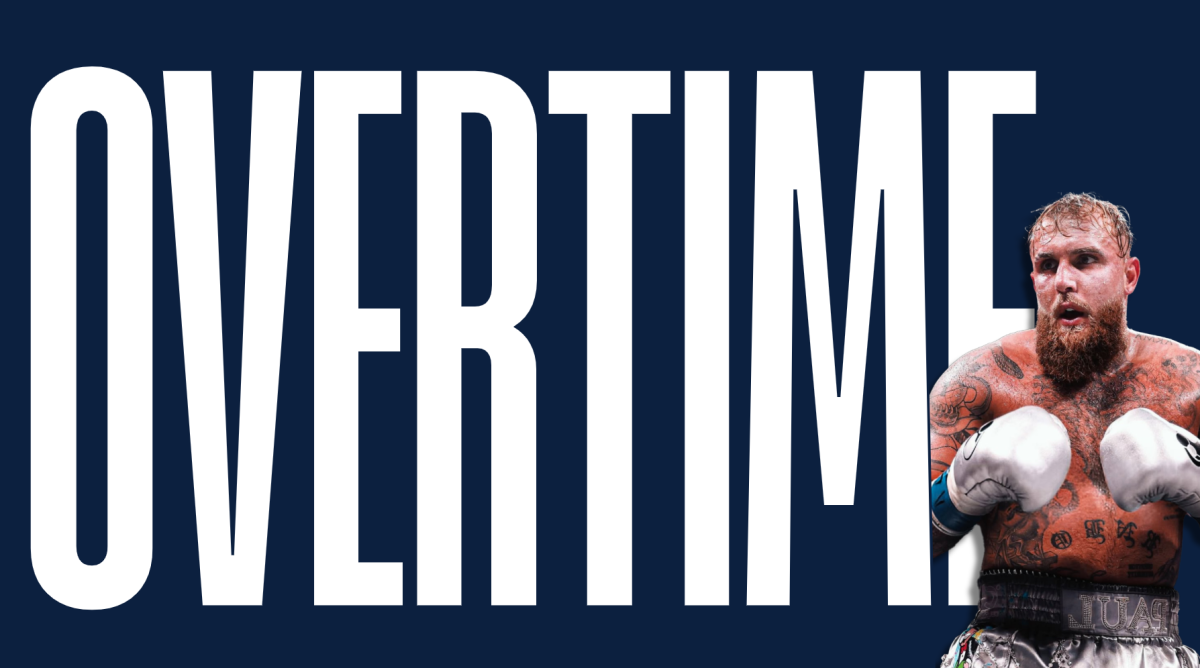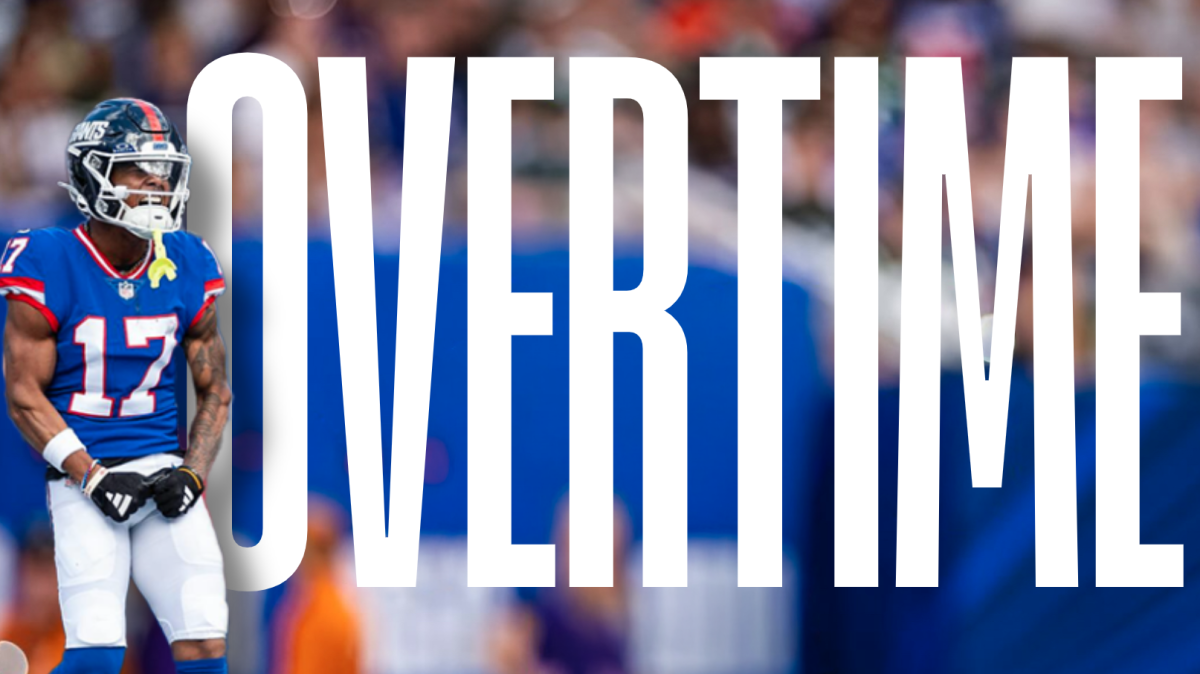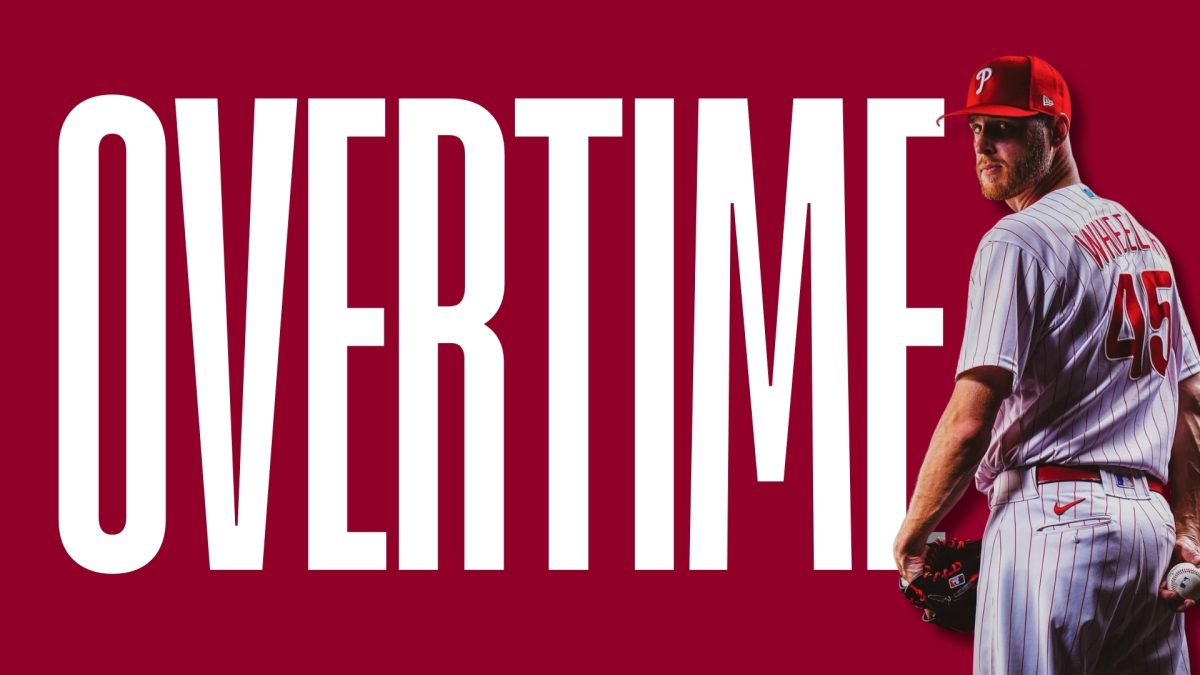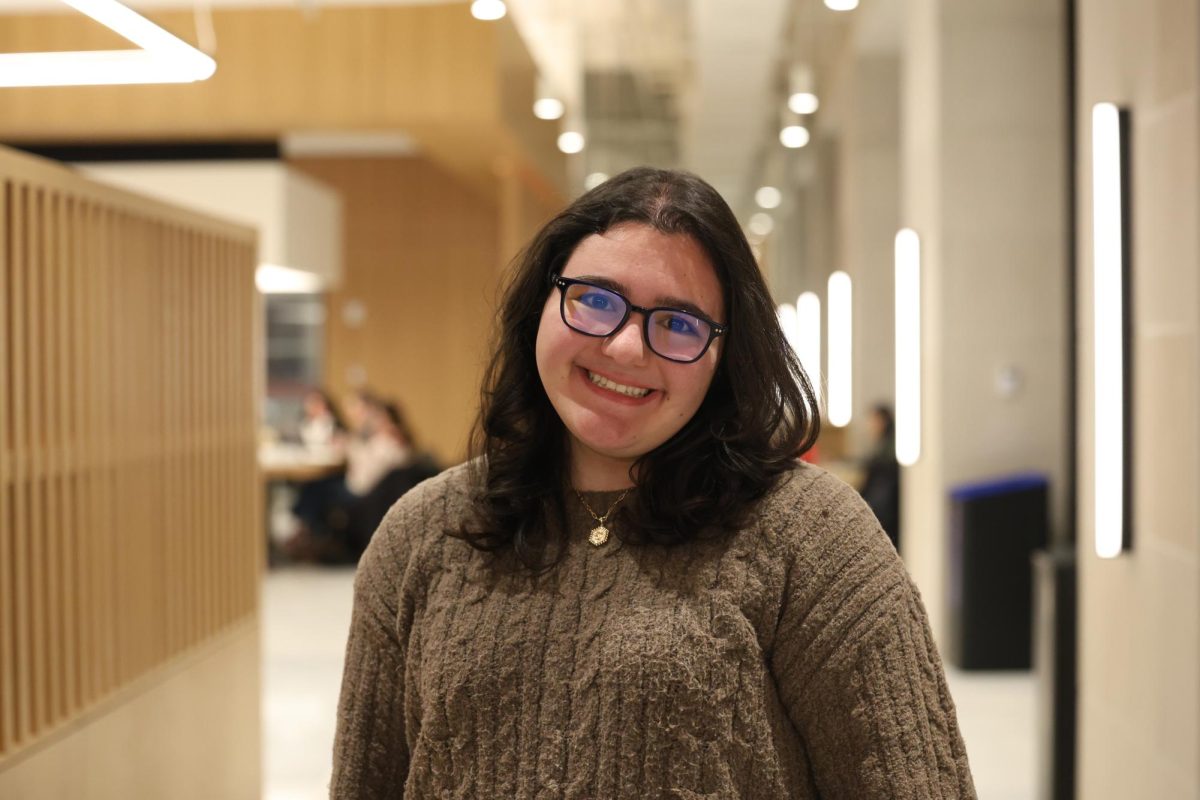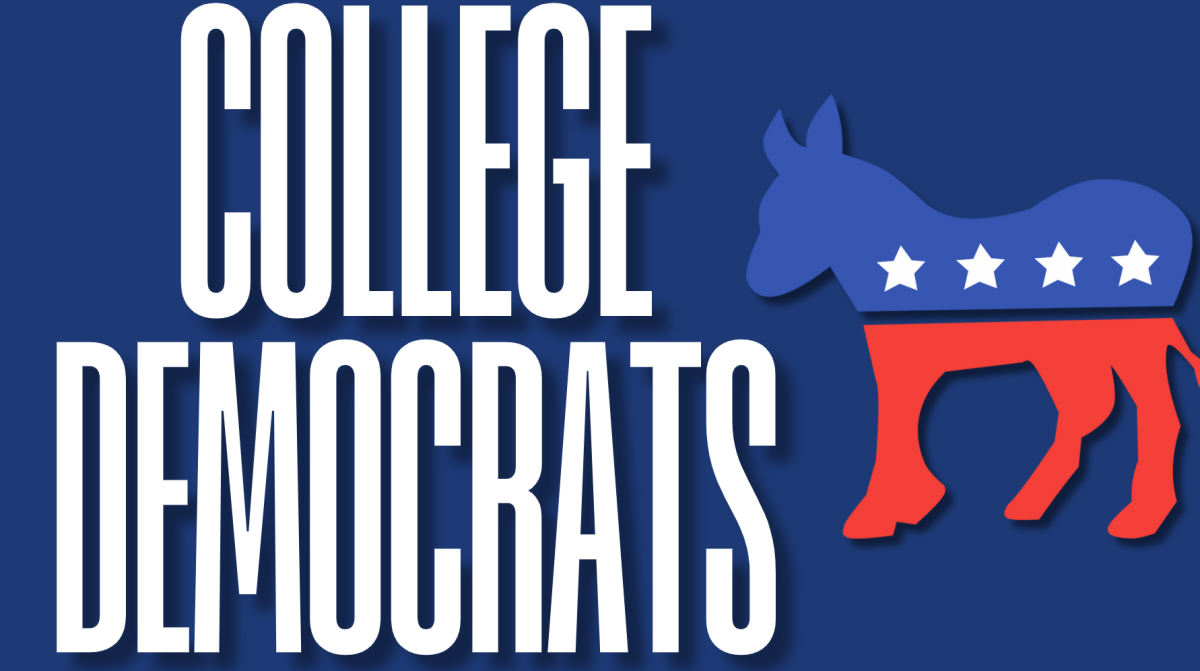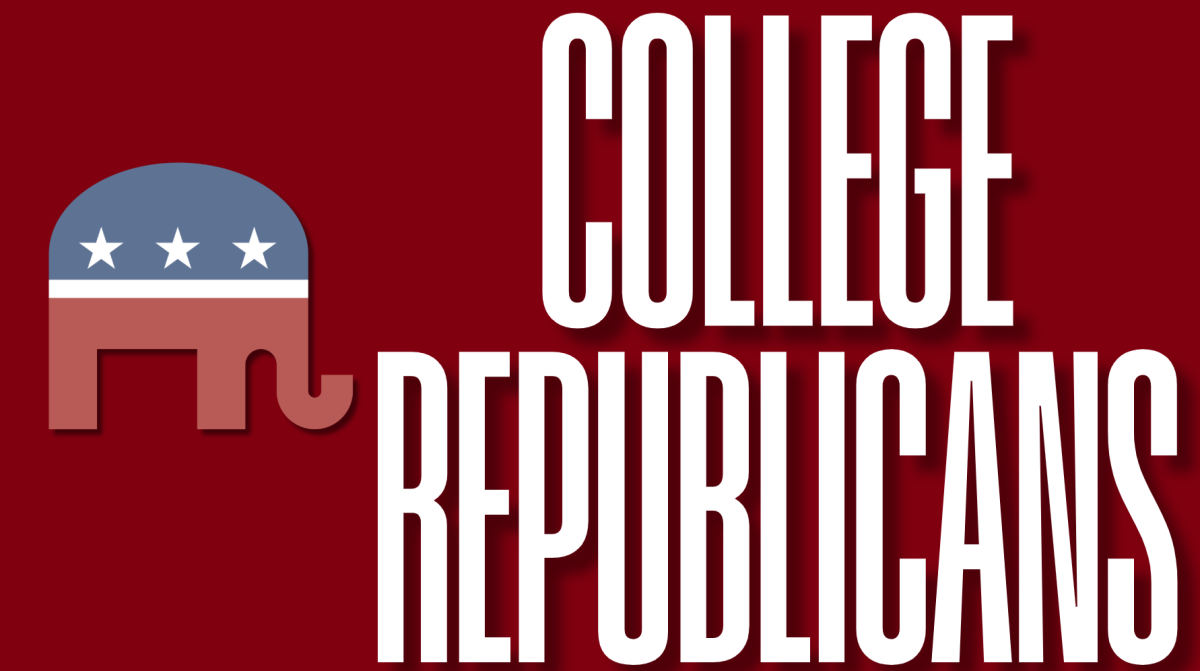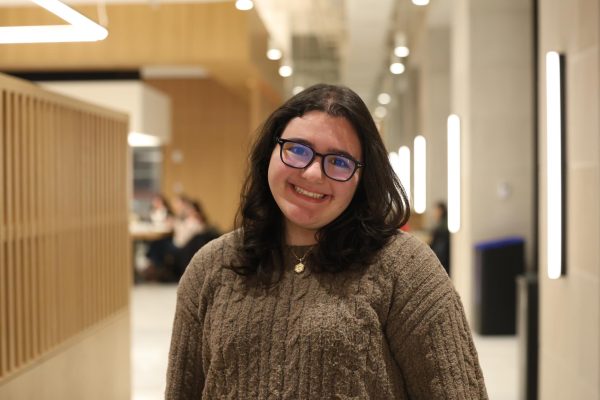I was reading a book the other day — one of those cheesy Young Adult romance novels with cartoon characters on the cover. The one where the main character is “not like other girls” and has quirky characteristics like wearing glasses, liking weird foods and, yeah, having a dead mom.
It got me thinking about just how many books, movies and television shows I’ve consumed over my 19 years of life thus far that had a main character whose mother died in their youth. It’s a cliché storyline that I encounter so frequently that it barely registers anymore. Writers use this loss of a parent as an easy shortcut to give a character depth, but in reality, these portrayals often feel shallow and disconnected from the actual experience of loss.
You may not even realize just how many books, movies and shows you consume that have a protagonist whose mother either died when they were a child, or is missing without explanation. Out of the 12 official Disney princesses, half of them don’t have a mother. Miley in “Hannah Montana.” Carly and Spencer in “iCarly.” The Tanner sisters in “Full House.” Cathy in “Wuthering Heights.” Peter Quill in “Guardians of the Galaxy.” Olivia in “Lemonade Mouth.” Scout and Jem in “To Kill a Mockingbird.” Even cartoon animals like Bambi and Nemo suffer the fate of this overused plot point. These characters and their experience with loss isn’t explored; it’s just treated as a means for the characters to be independent for the sake of the story.
However, this Medium article from 2016 documented that, out of the 51 Disney Channel Original Movies aired as of 2016, six included a main character with a dead mother — just a little over 11%. This is more than double the percentage of children in the United States who lose either or both parents before the age of 18. Data from the U.S. Census Bureau shows that loss of a parent before the age of 18 is rare; as of 2021, just 4.3% of children ages 0-17 have lost at least one parent.
And that’s the reality of this overused storyline. The majority of people don’t experience this specific hardship. These thousands of stories, films and shows aren’t relatable to the majority of the population. You can argue that they serve as a way of teaching children about loss or providing children with deceased parents with representation, but I don’t remember any of these movies, shows or books making me feel any less isolated from my friends who had two living parents.
So many of these shows, books and movies didn’t address the reality of losing a parent accurately. They didn’t acknowledge the wide-eyed stares from other kids, who still had living parents, looking at you like you were an alien. They didn’t show the reality of being sent on aimless walks around the school when it came time to make Mother’s Day cards in art class. They didn’t write about the reality of realizing you’d only have to save one seat at your graduation and wedding instead of two.
And, gosh, for as much as I watched “Hannah Montana” growing up, I always wished they would have given her plot line of a dead mother the justice and representation I looked for as a kid. (However, if you were one of the many teens living the life of an undercover pop star, that series would be a really great and relatable piece of media for you!)
I guess what I’m saying is, I’m tired of books, shows and movies using the dead parent storyline in a poor attempt to give a character depth and childhood trauma. I understand that a children’s show solely surrounding the death of the main character’s parent would be depressing to watch, but most kids can’t relate to becoming a teenage pop star overnight or being the princess of a faraway kingdom. I want to see how these characters took the loss they faced and how they coped and grew from it.
The loss of a parent doesn’t define someone — but it does impact them. Representation of lived experiences, even outside of the loss of a parent, is so important. It’s vital for people to see themselves portrayed in books, films and shows, to serve a sense of relatability, and even an avenue of comfort — especially for children. This representation, for it to truly be meaningful to viewers and readers, needs to be intentional and realistic. Otherwise, we’ll all just grow up thinking we’re Disney princesses.
Cristina Stefanizzi, FCRH ’27, is a political science and new media and digital design double major from Pelham, N.Y.

